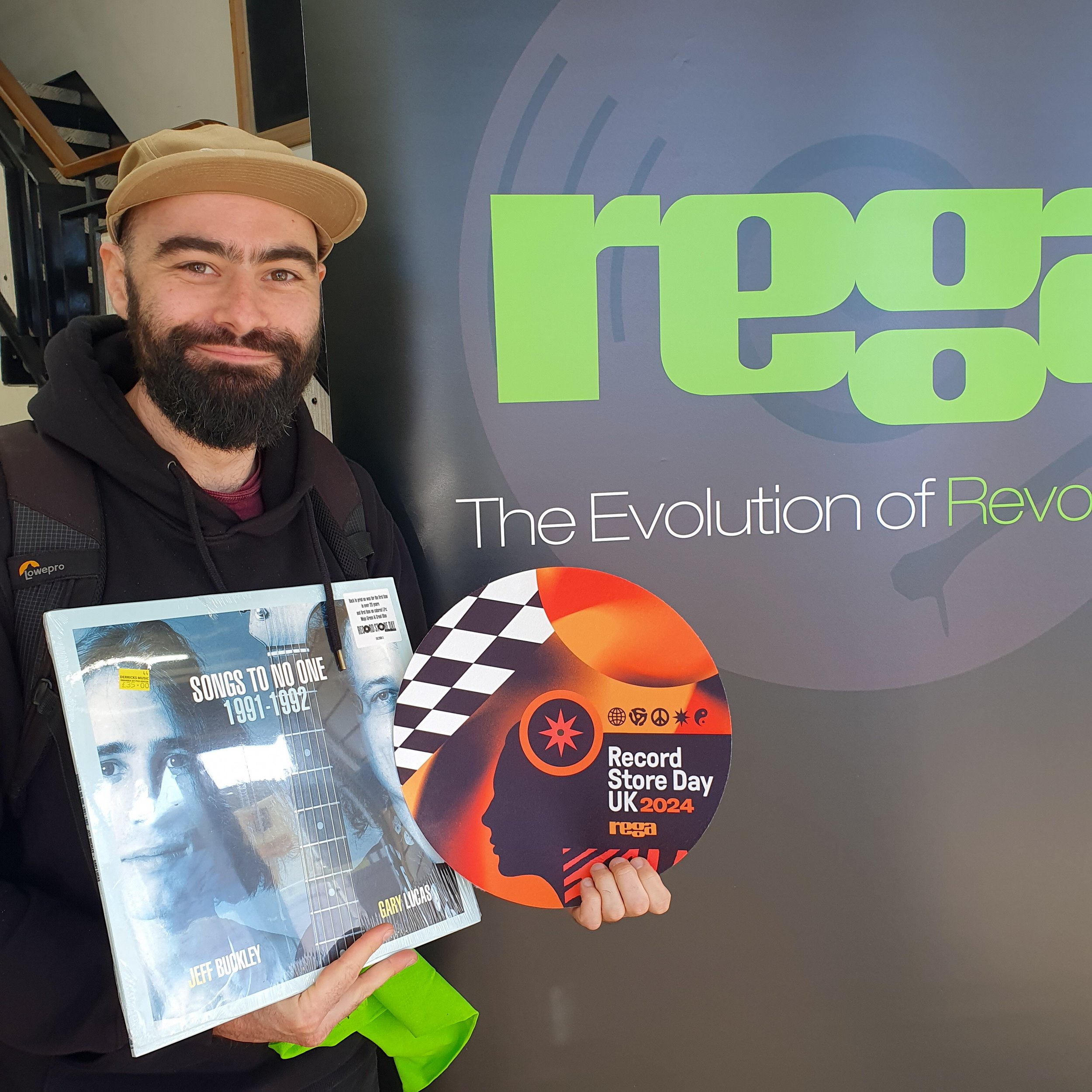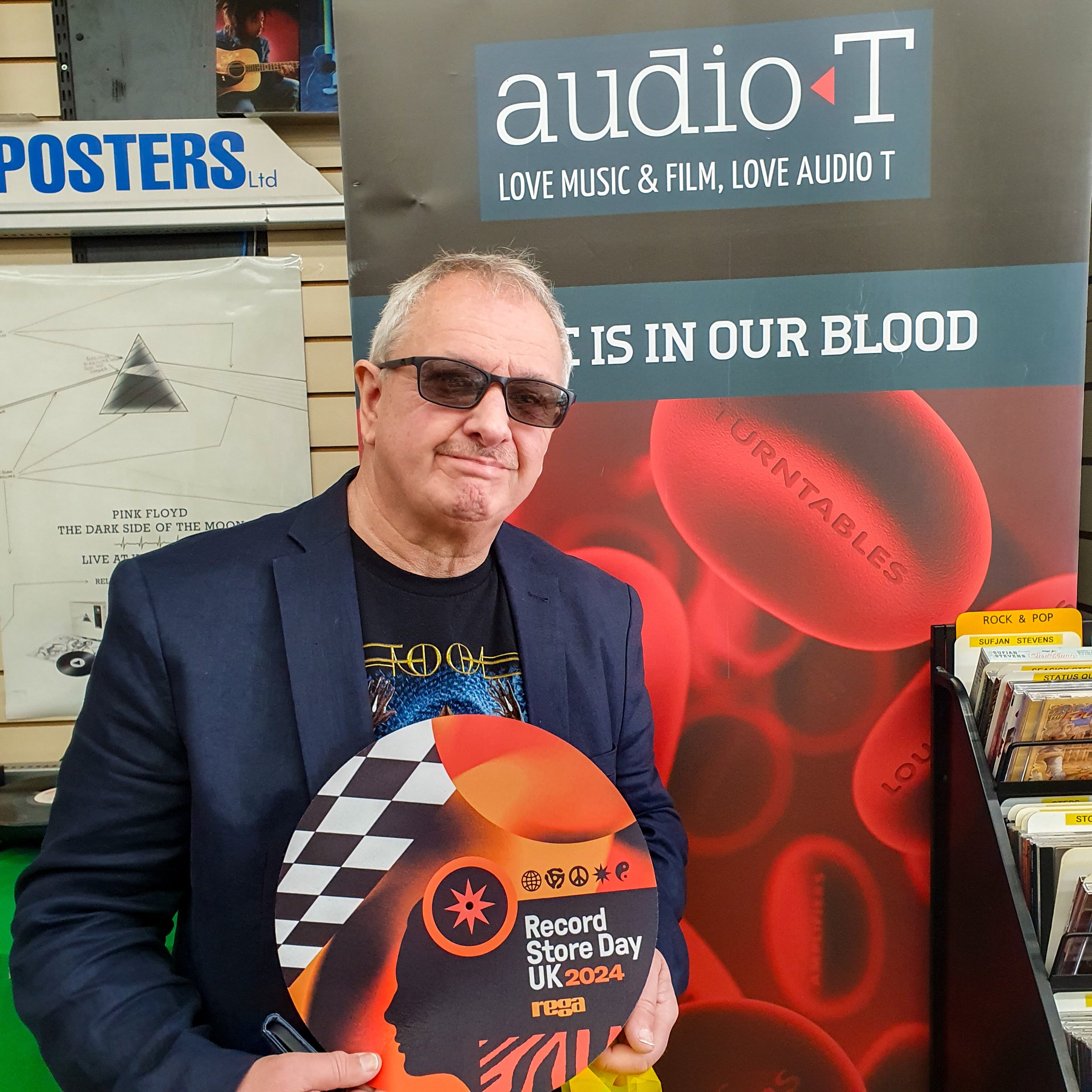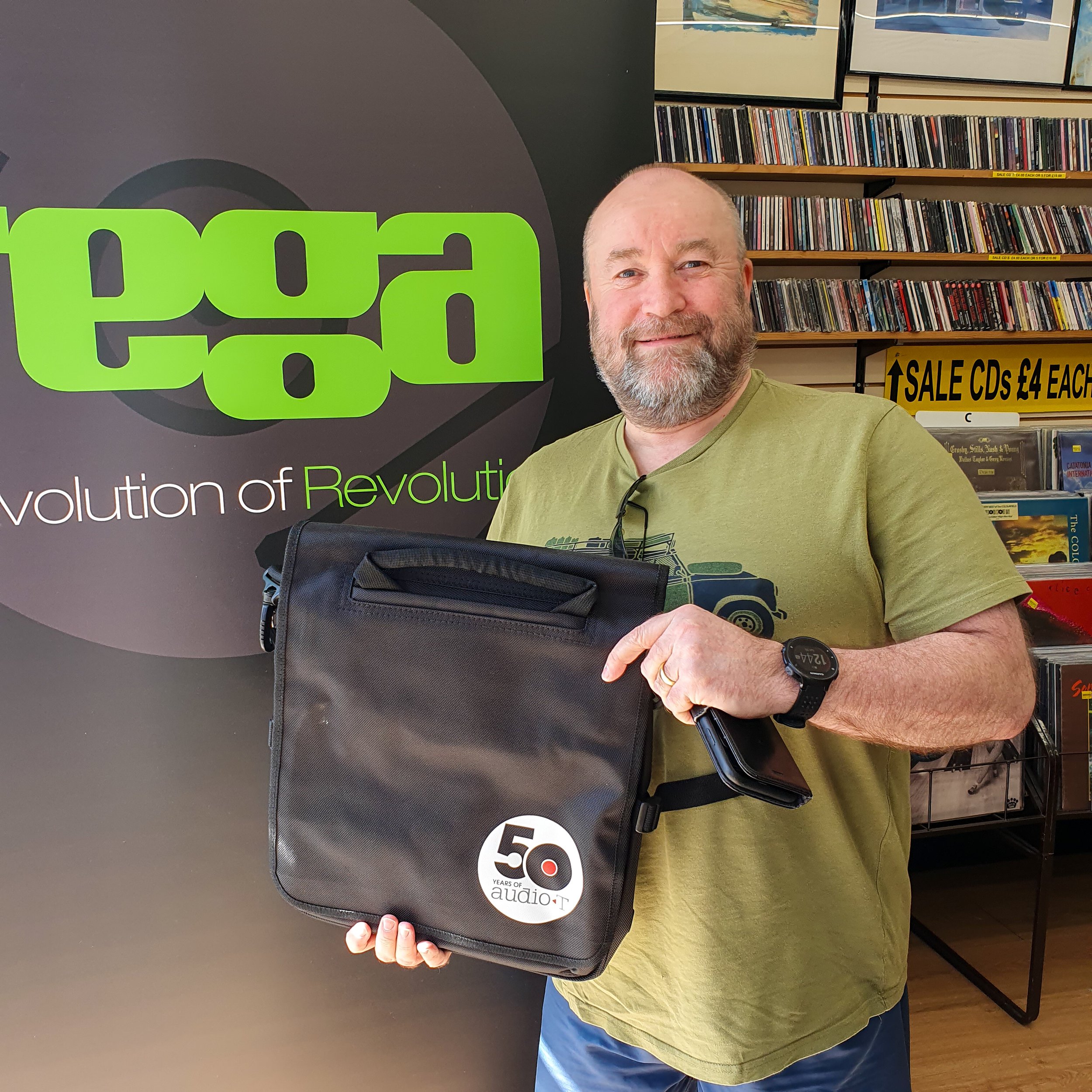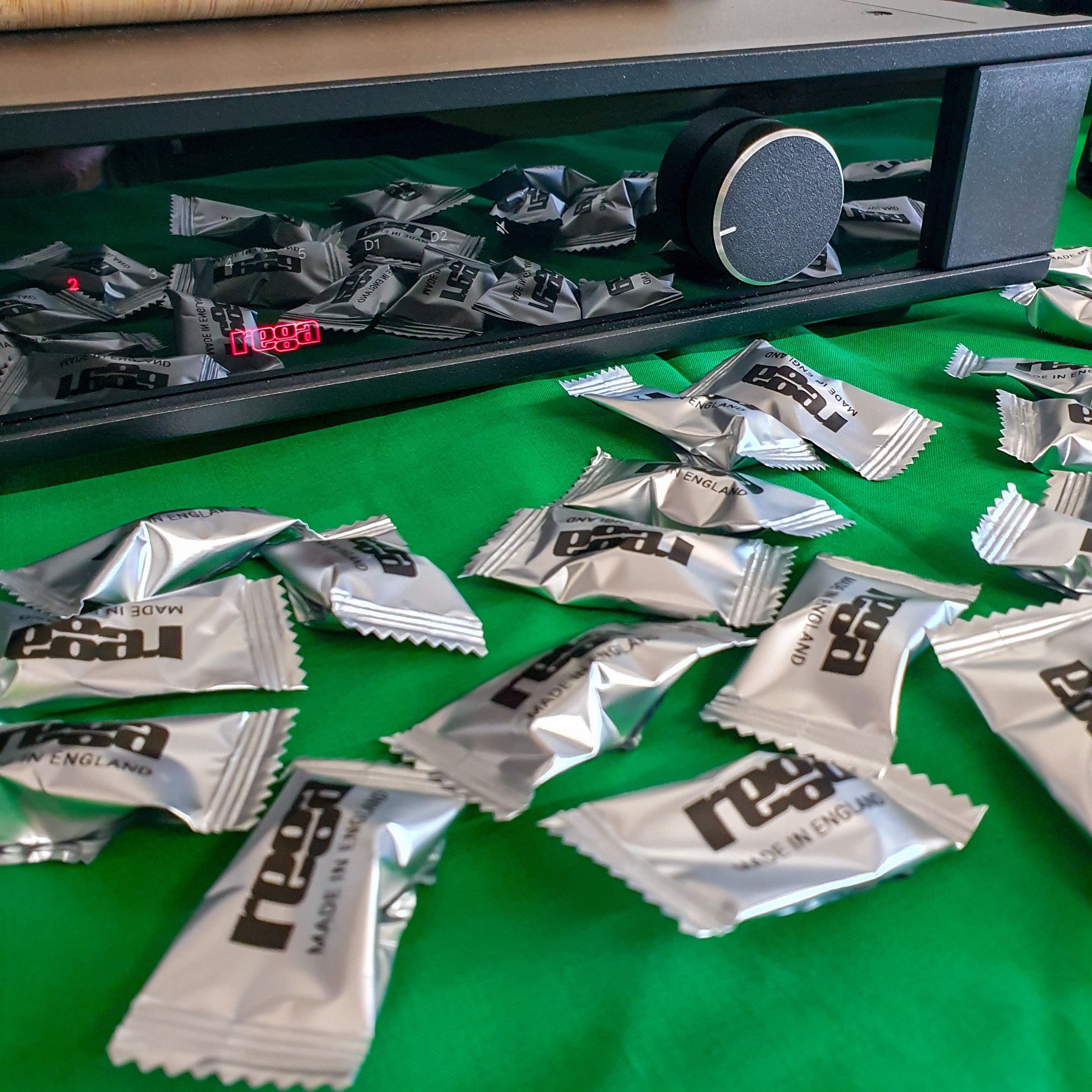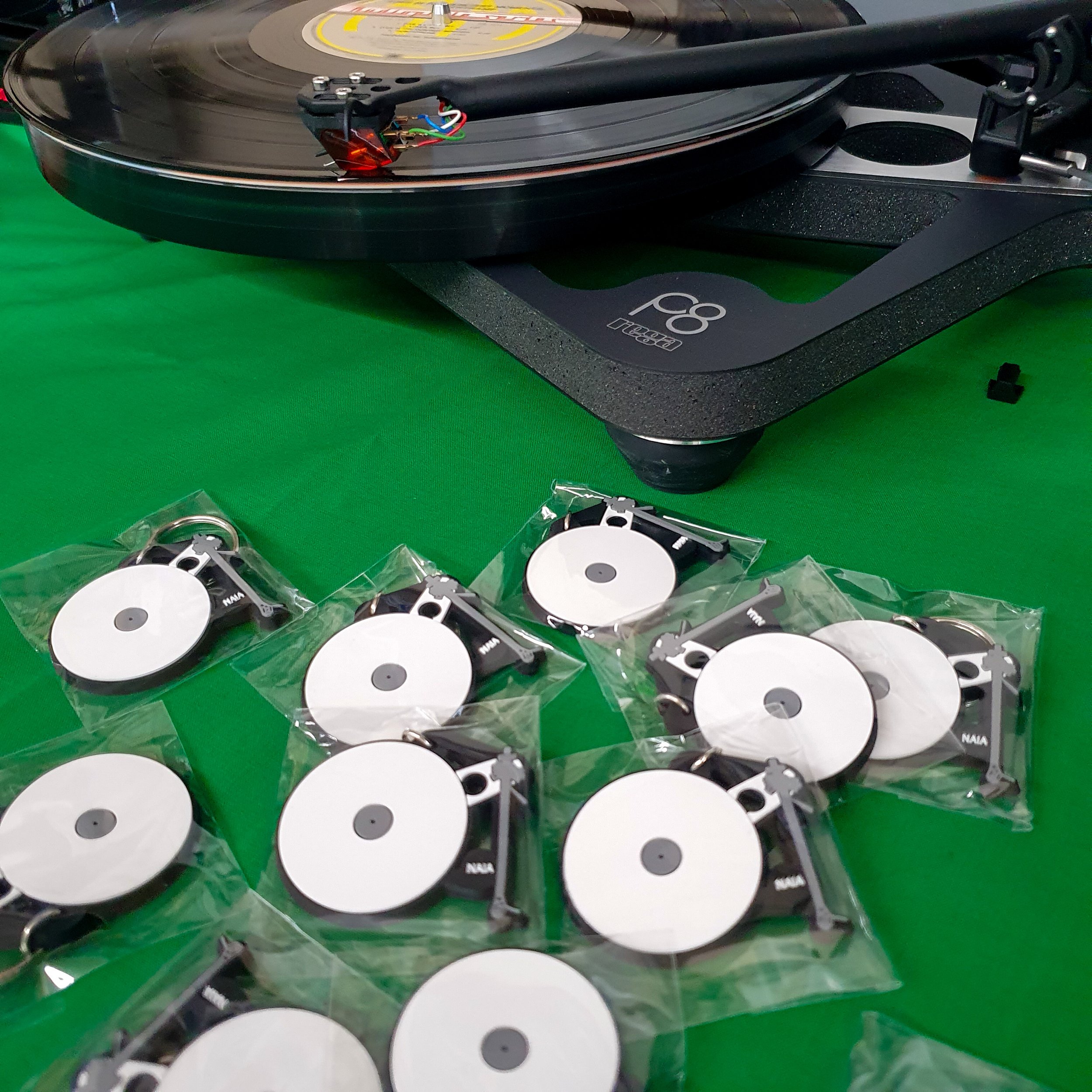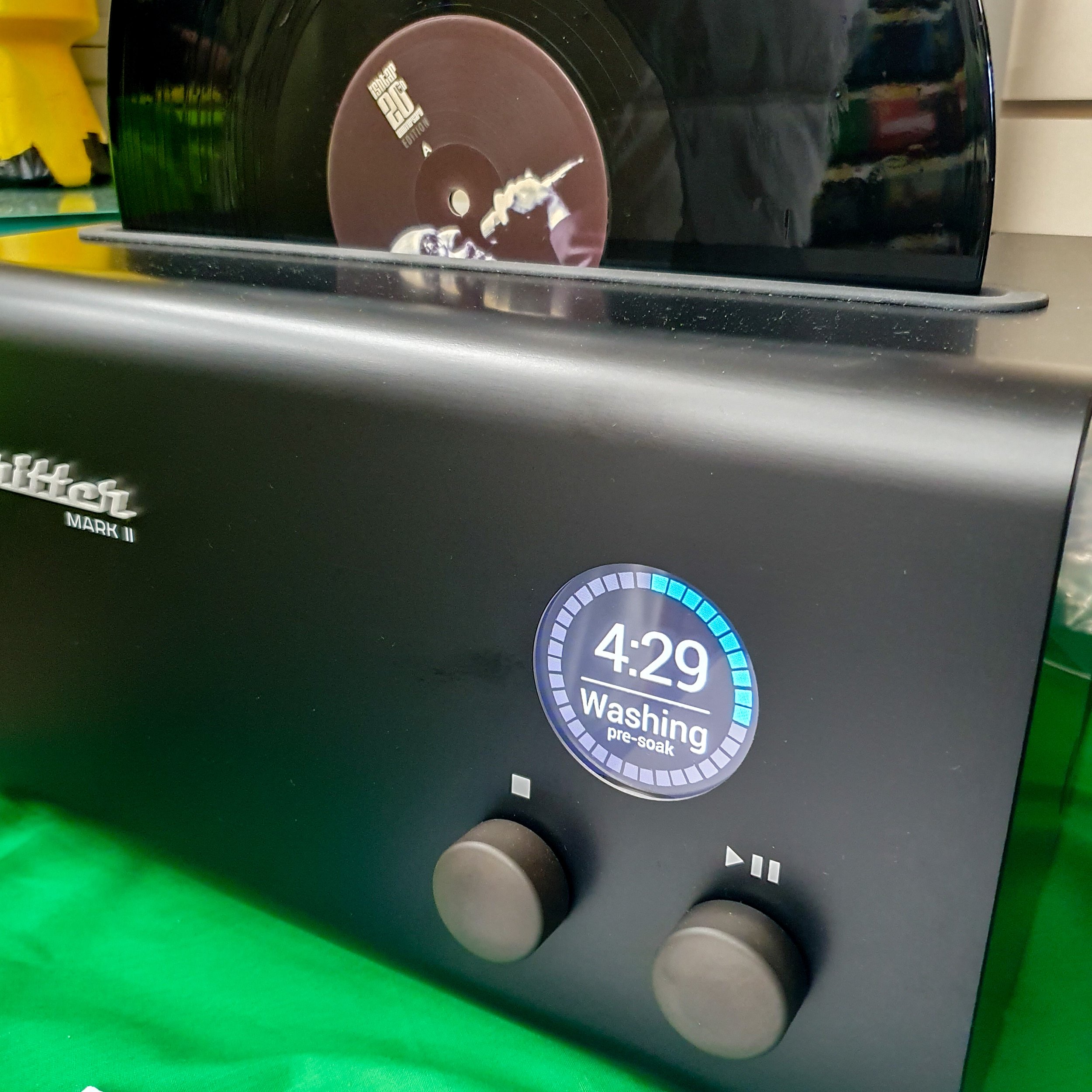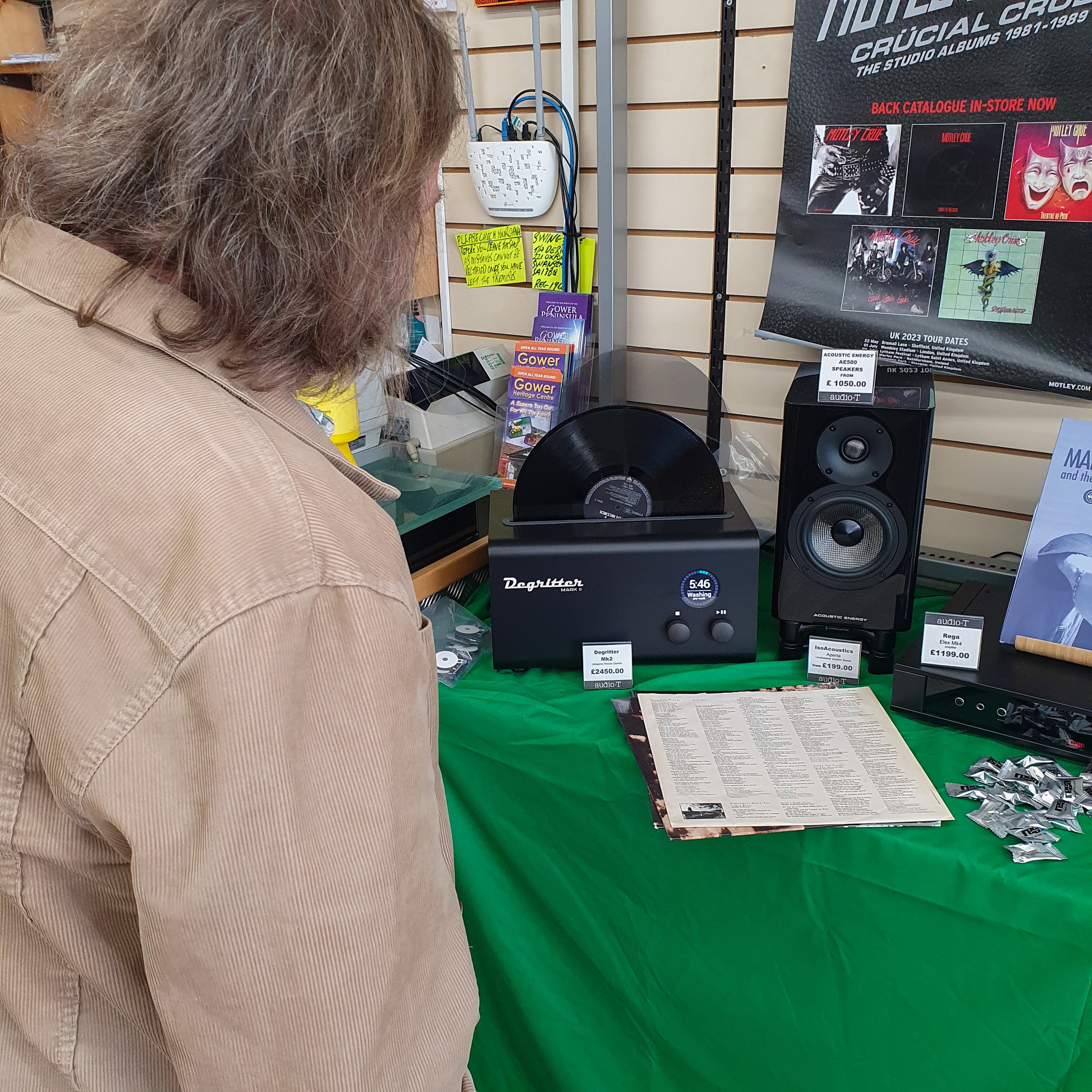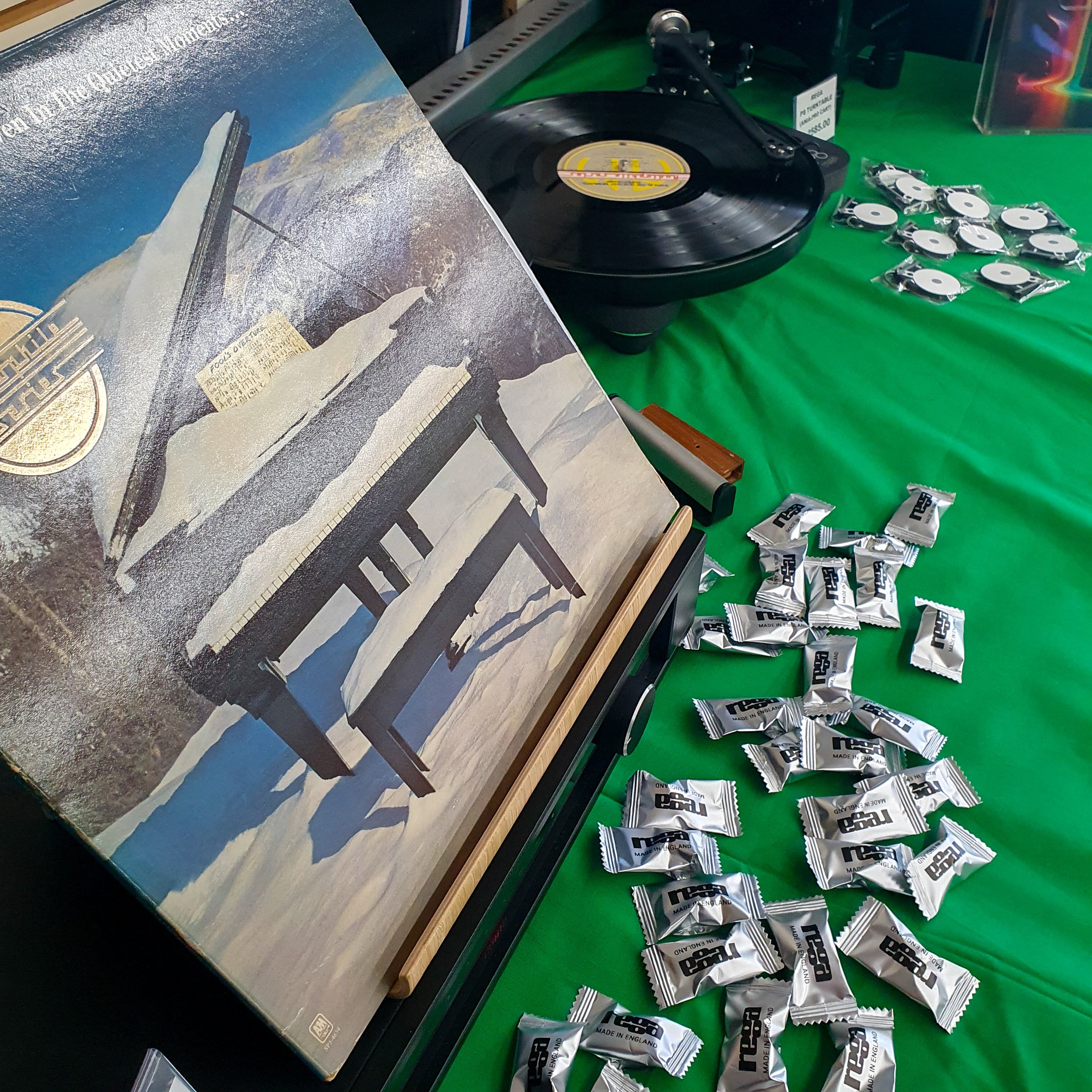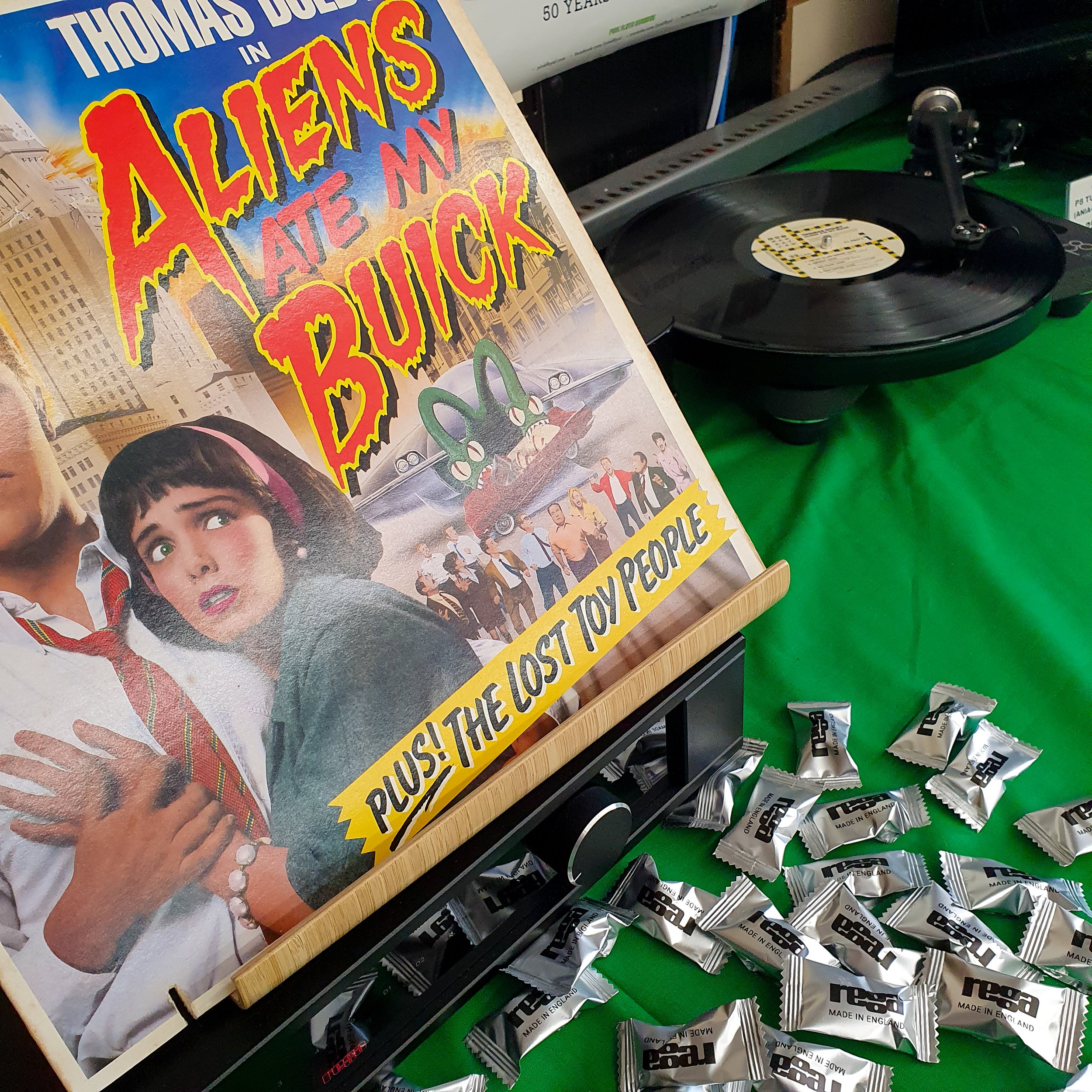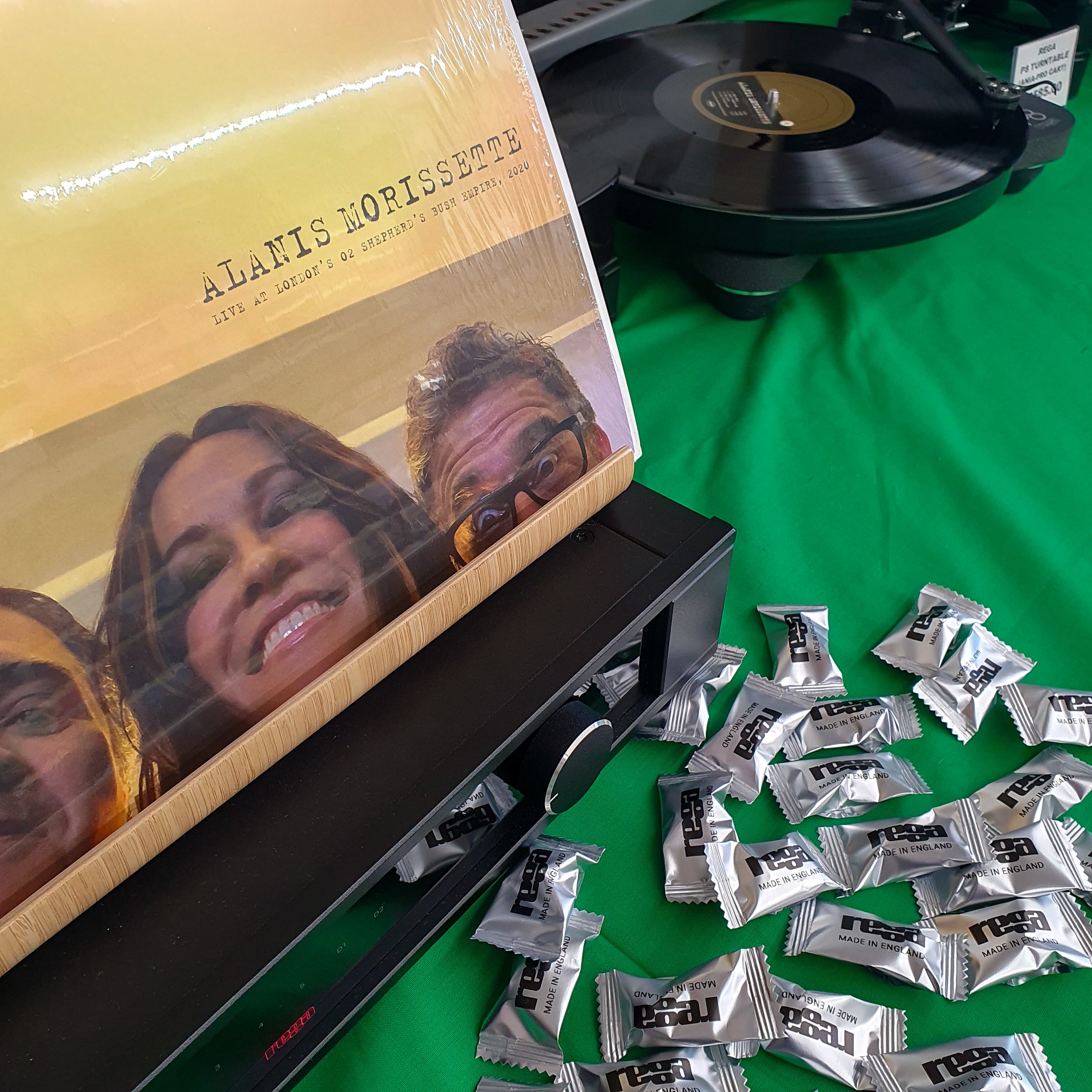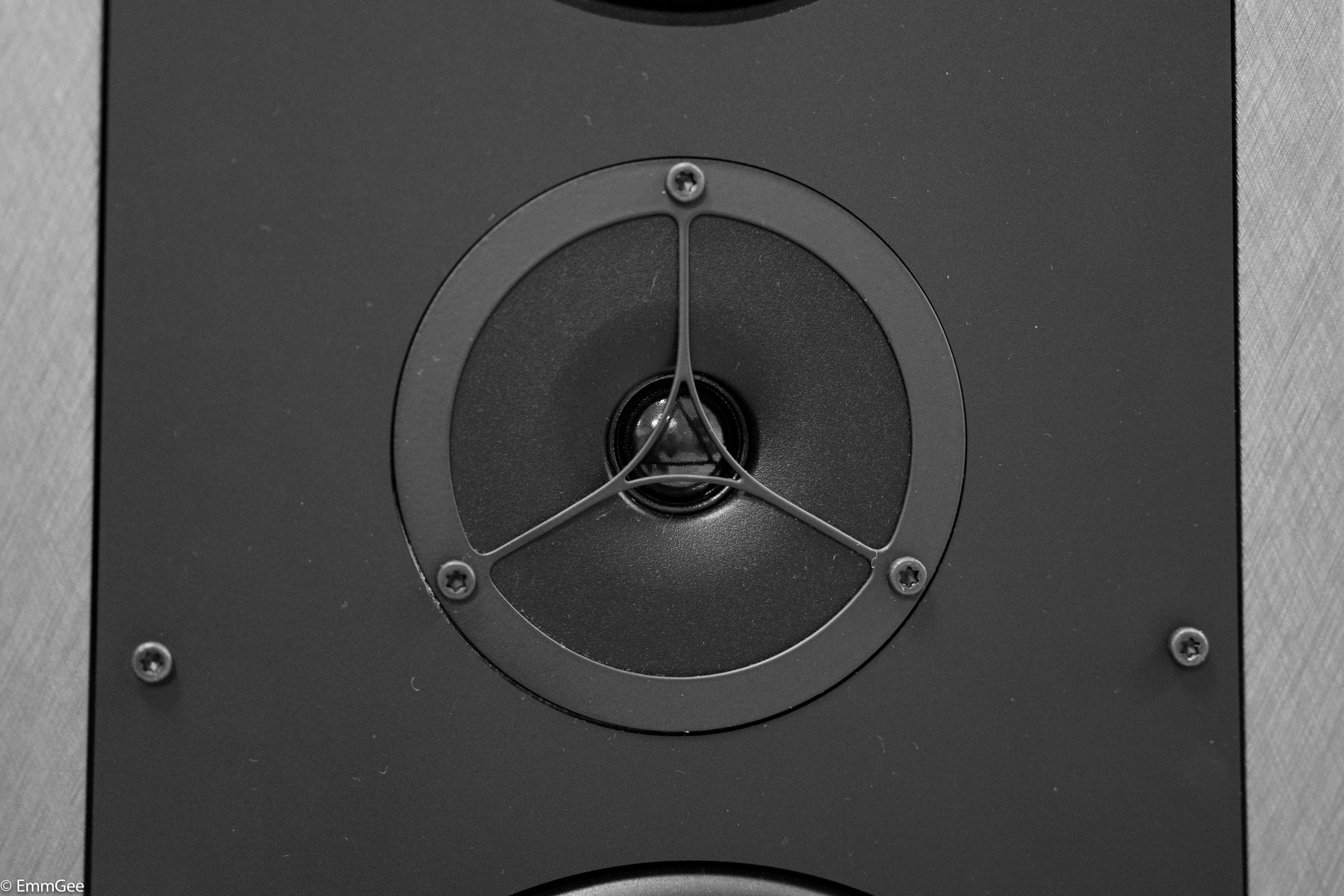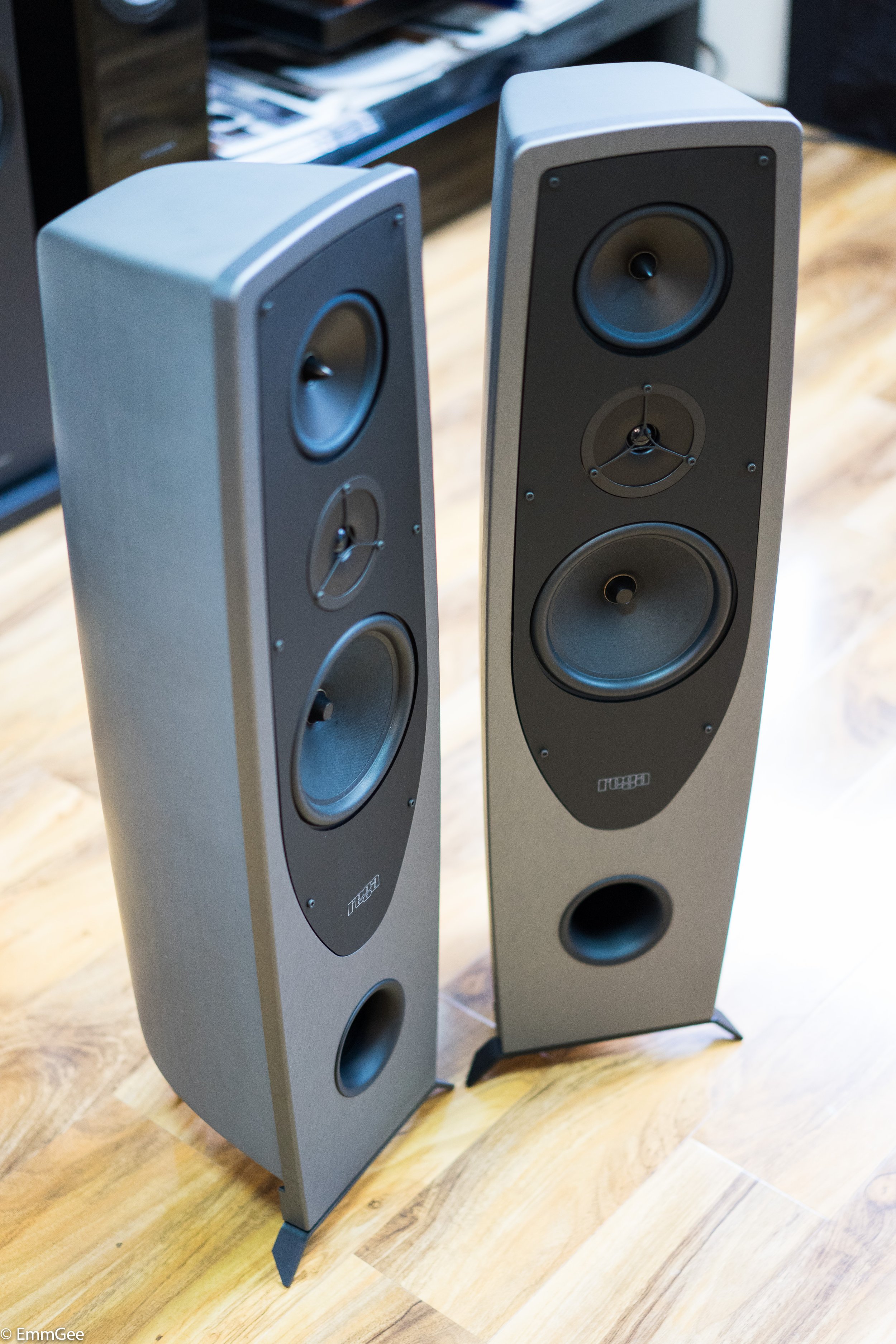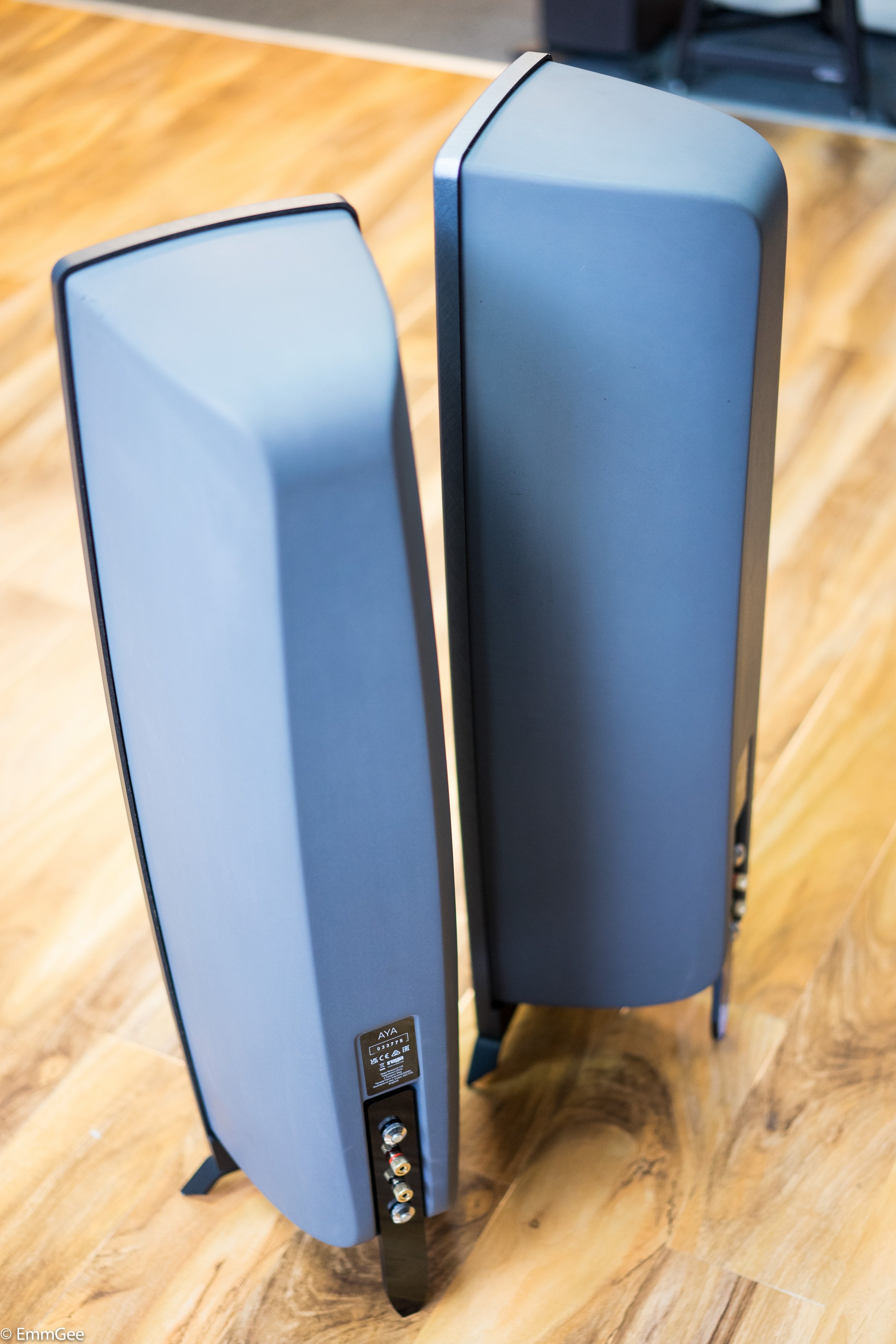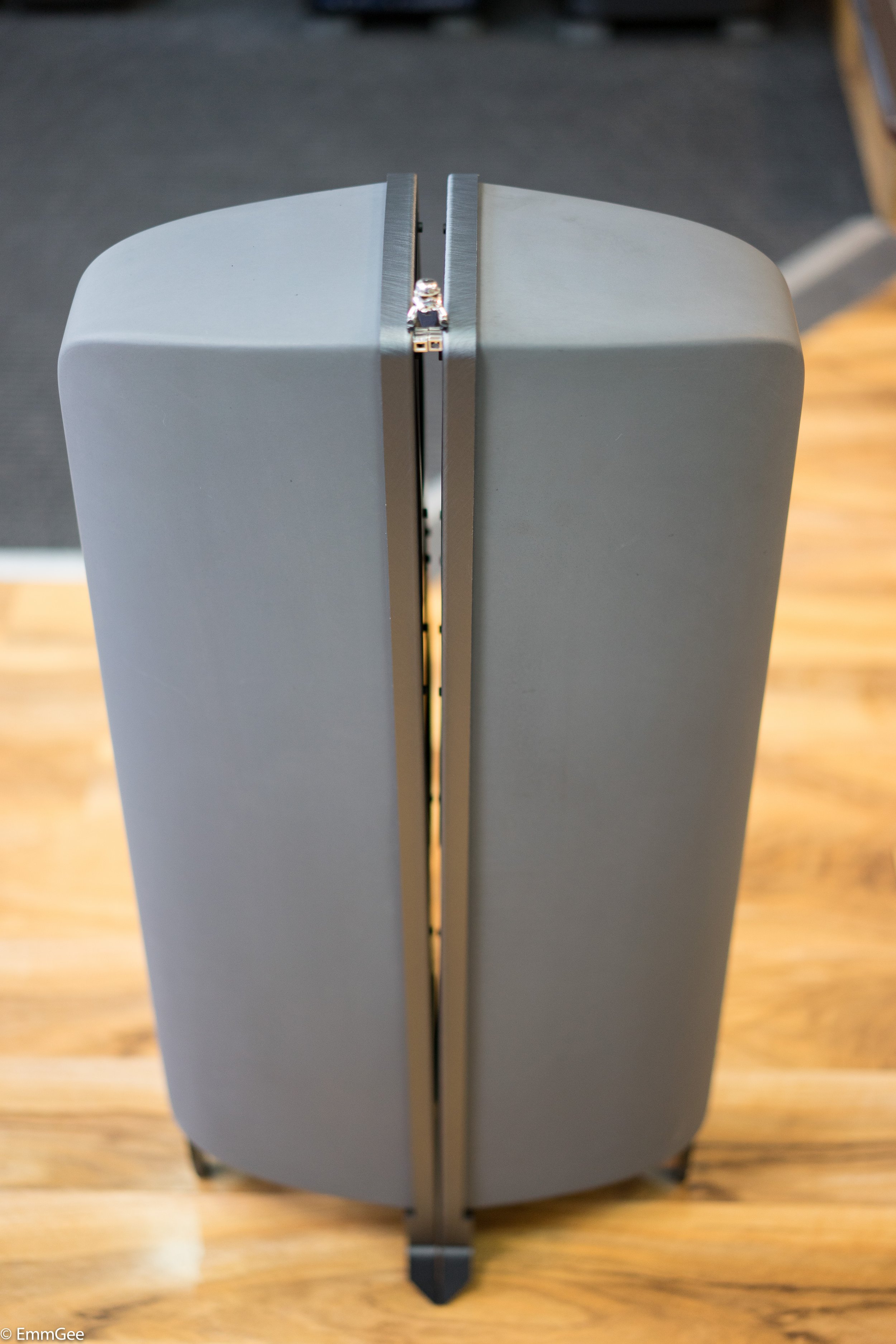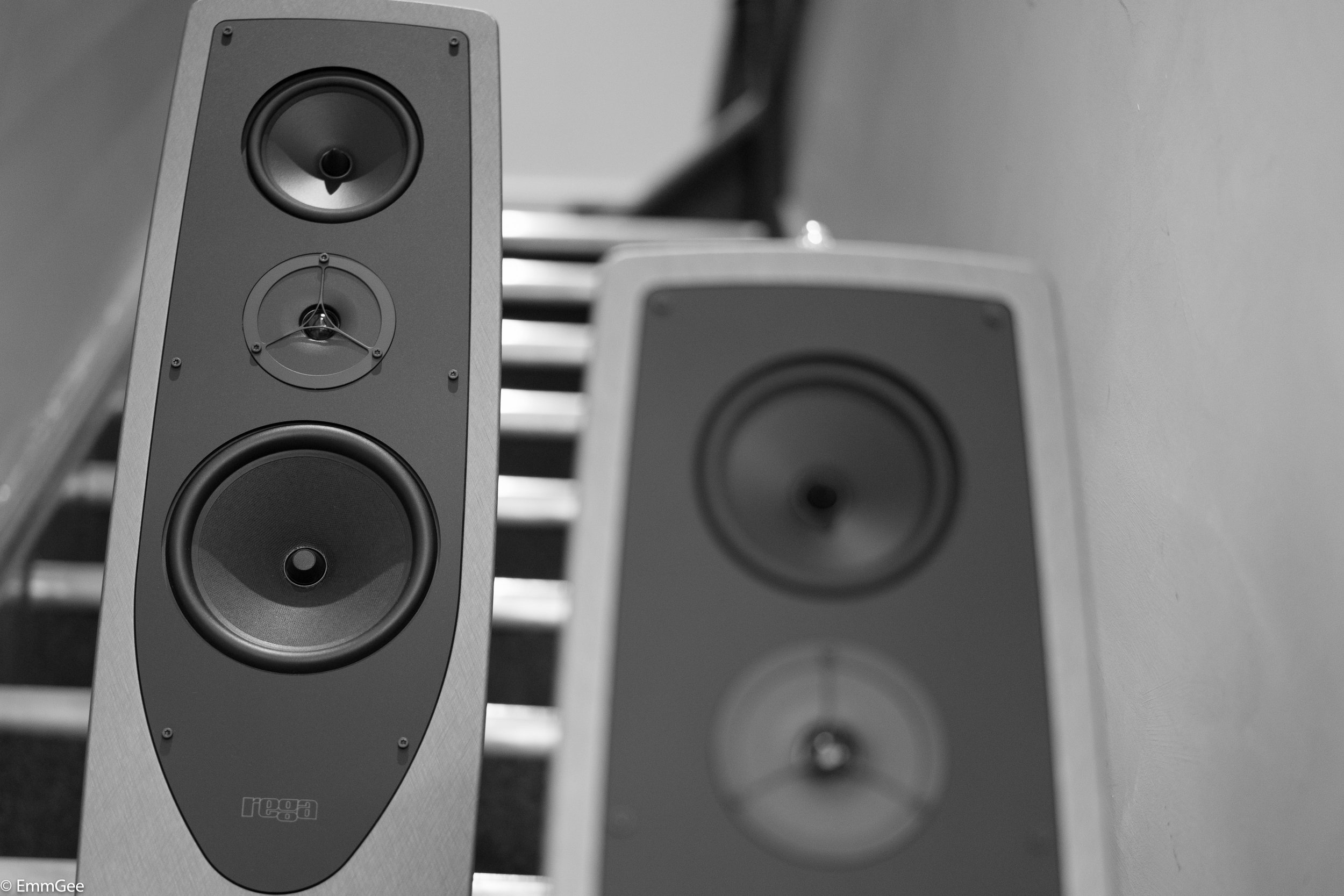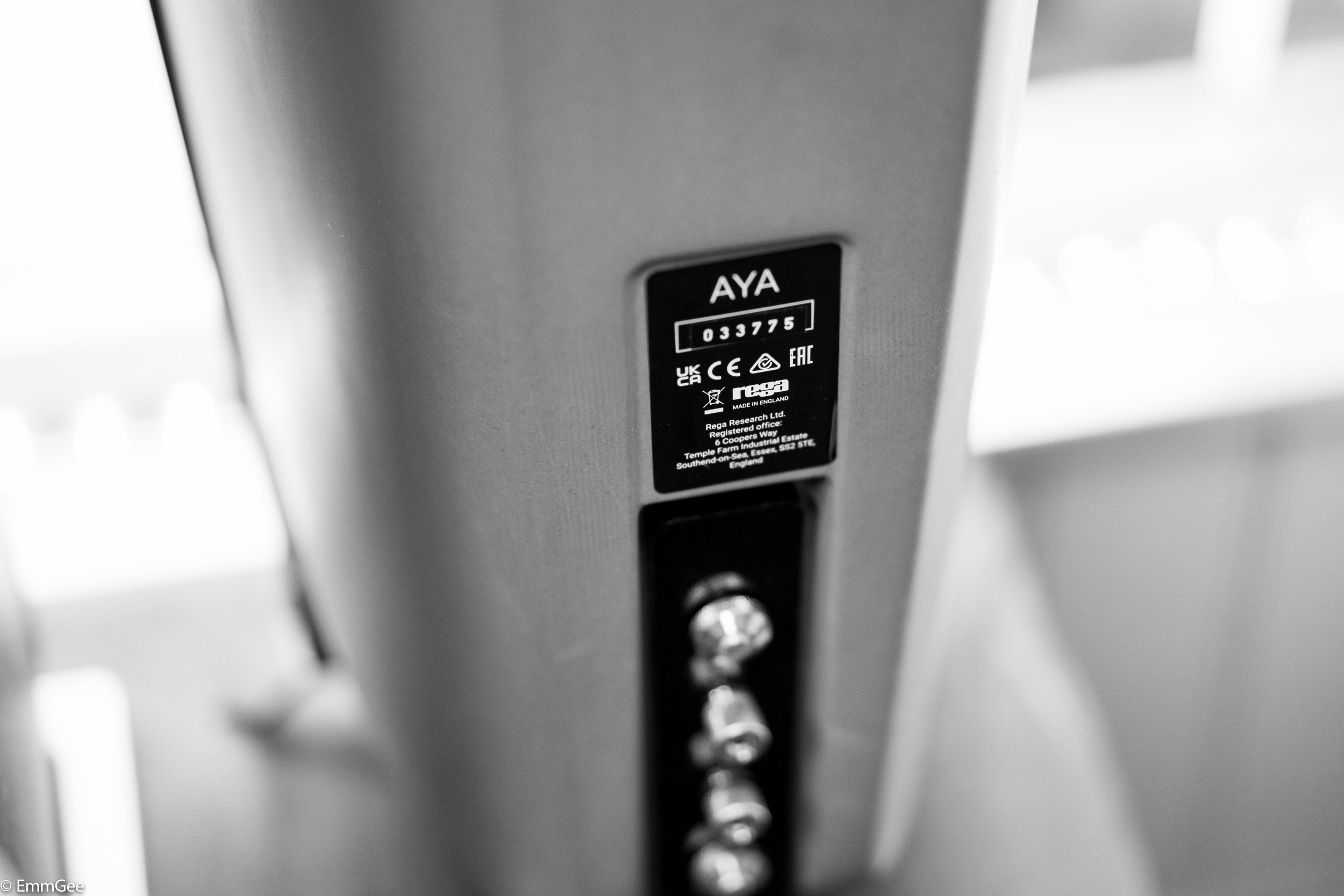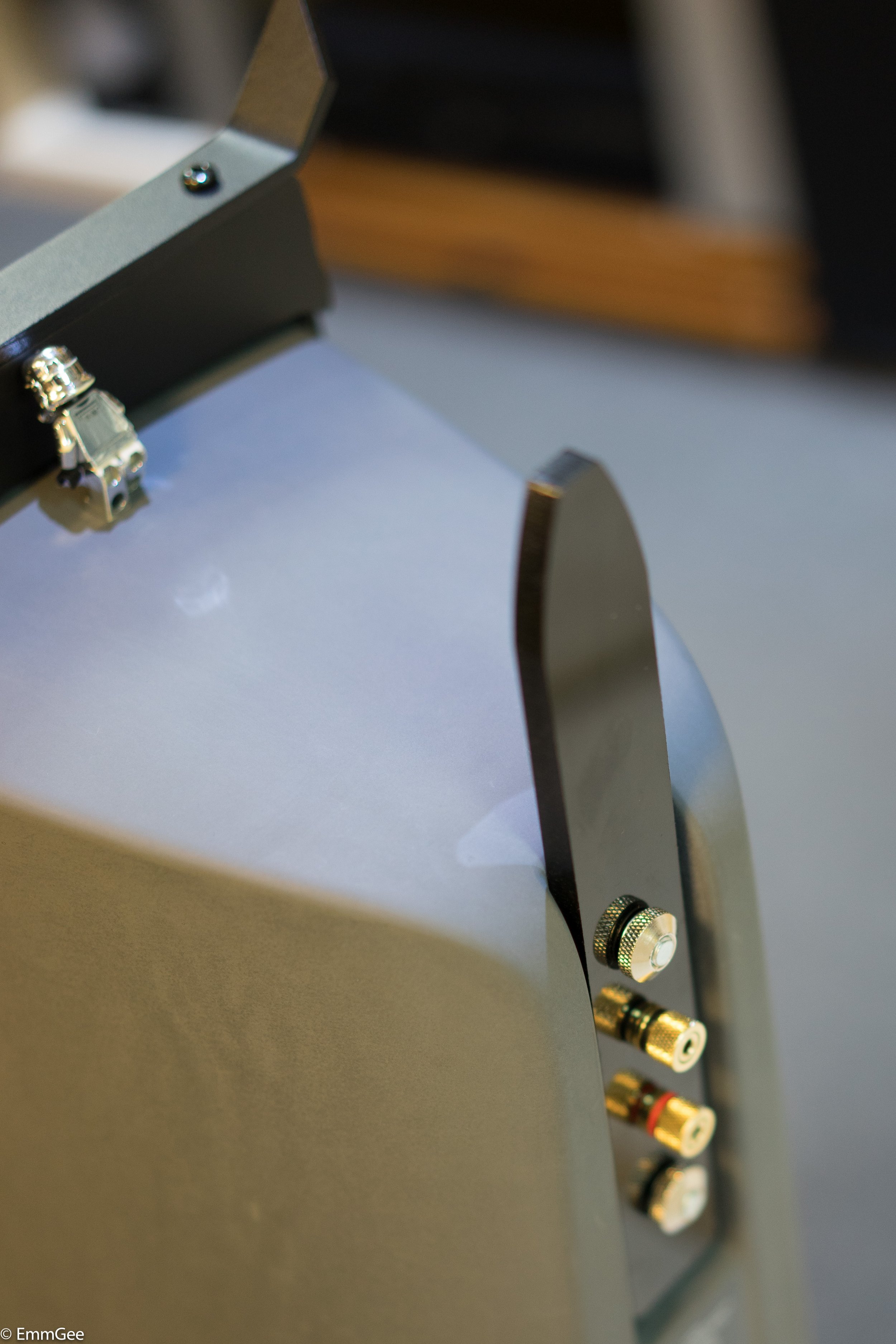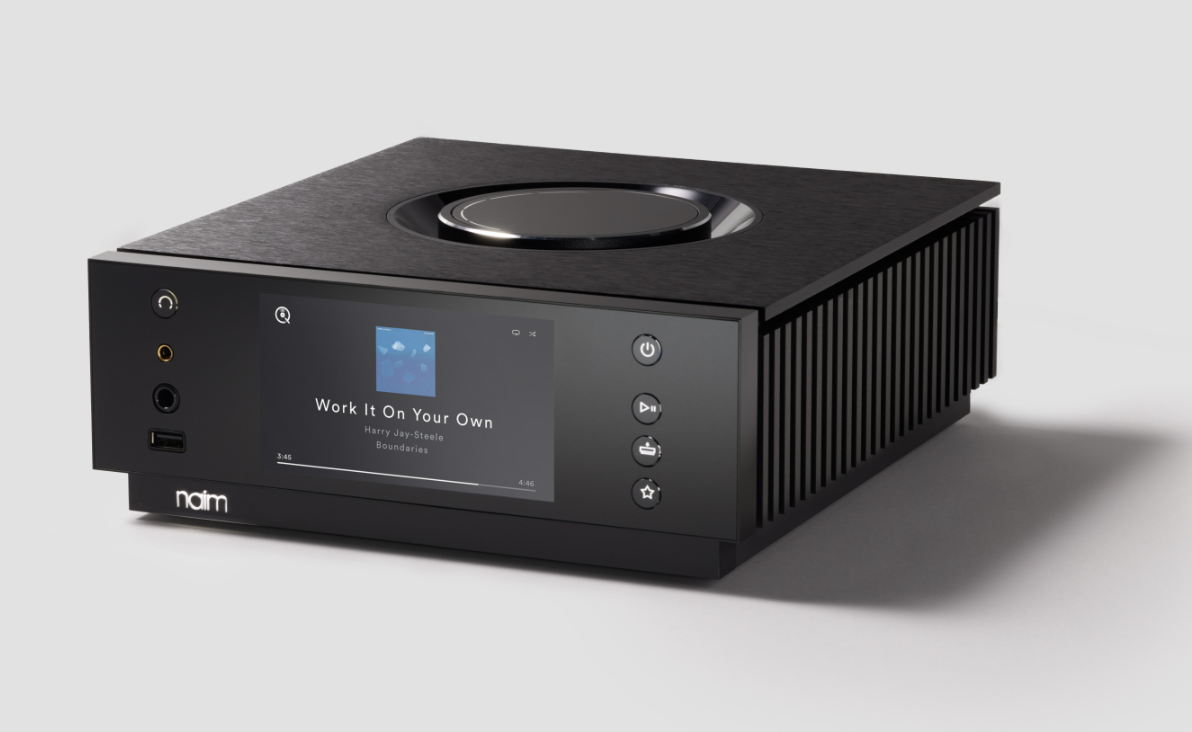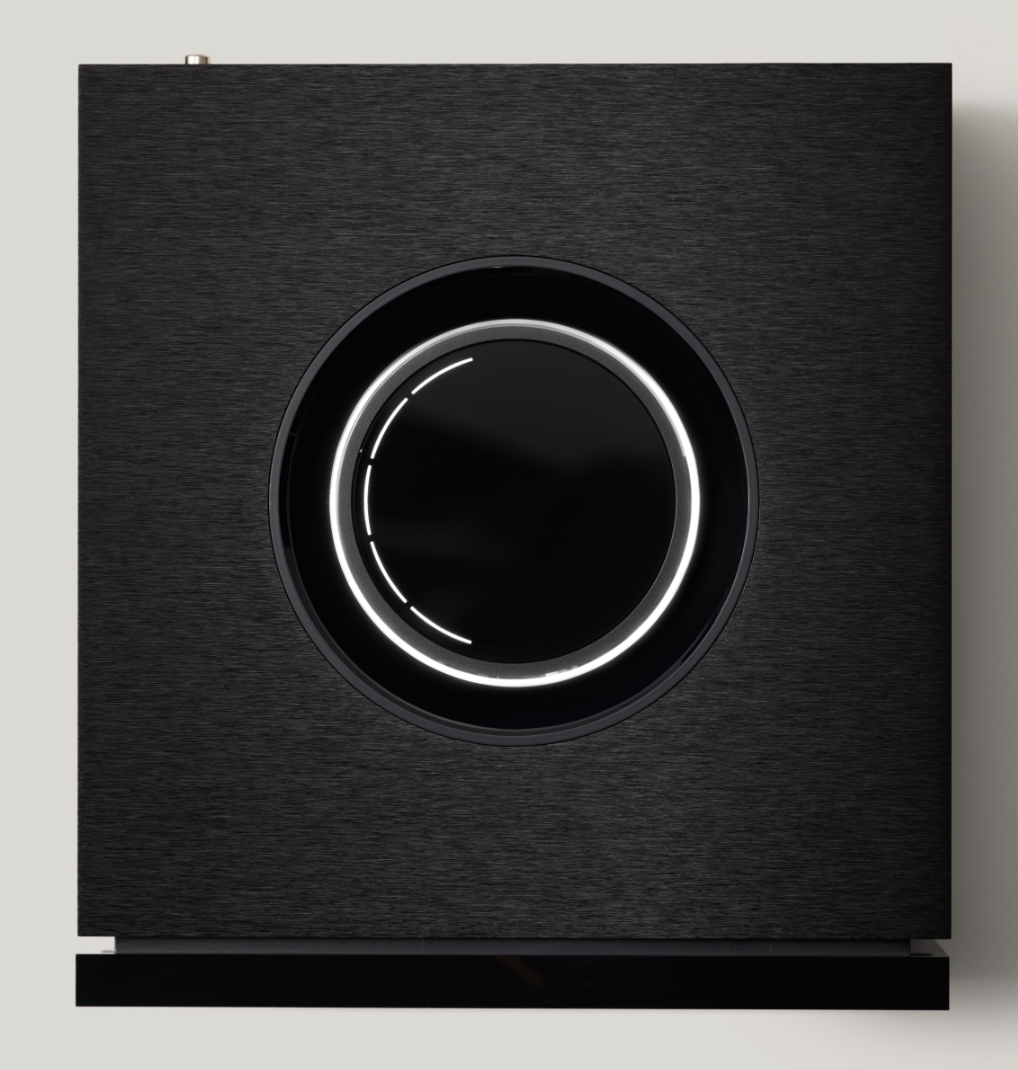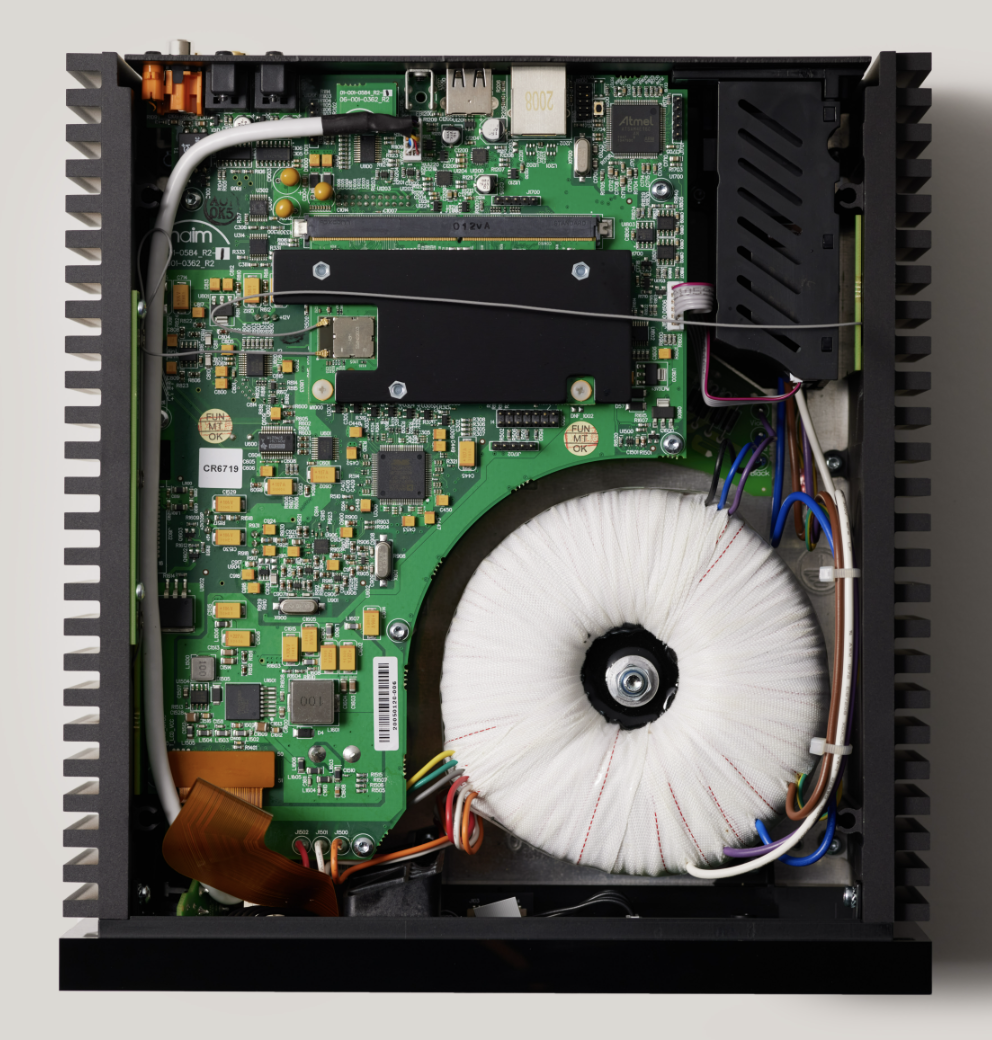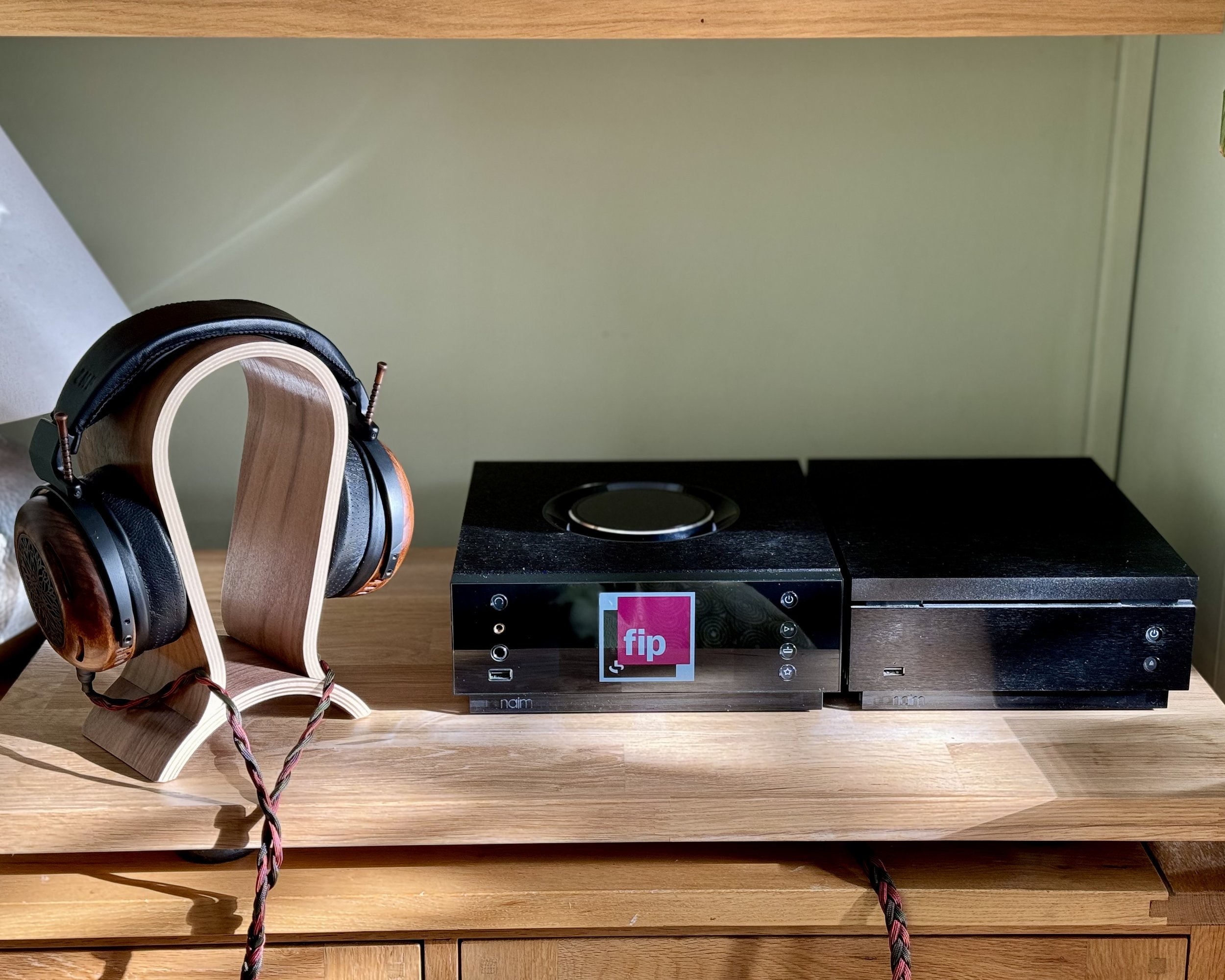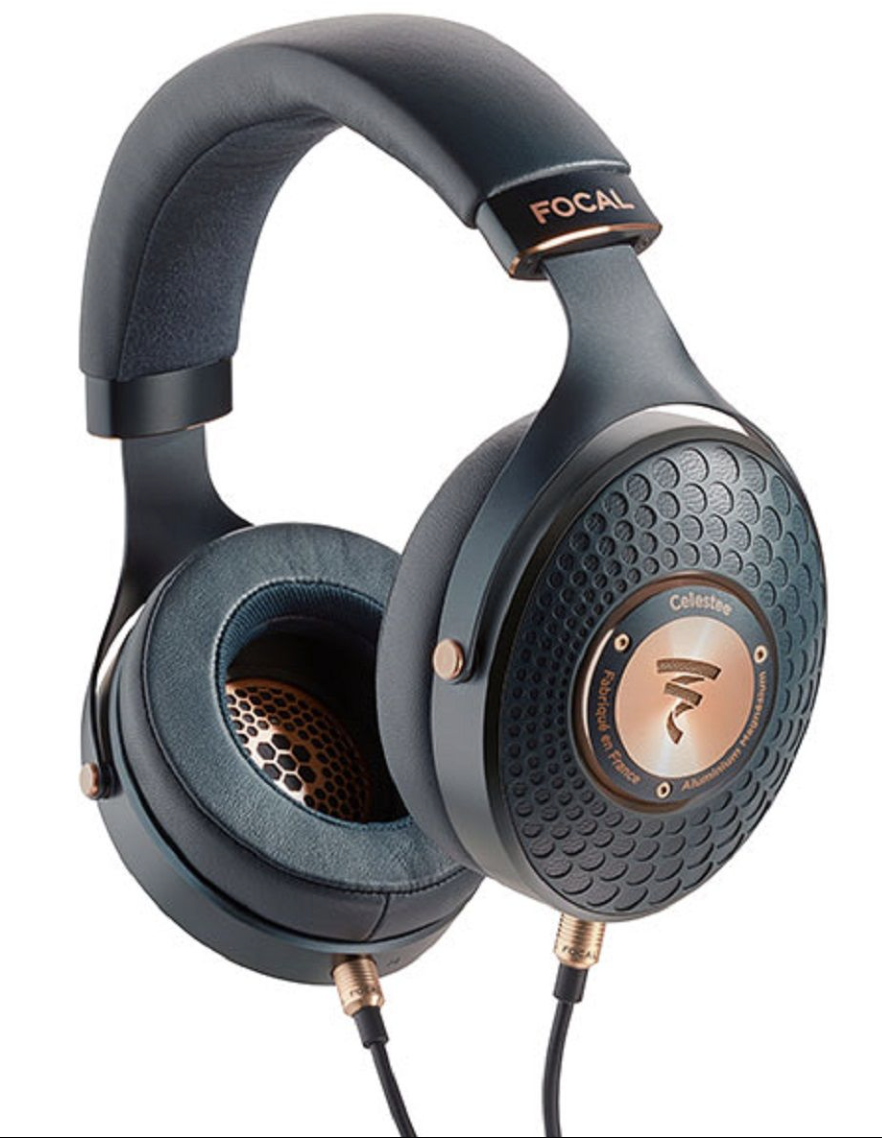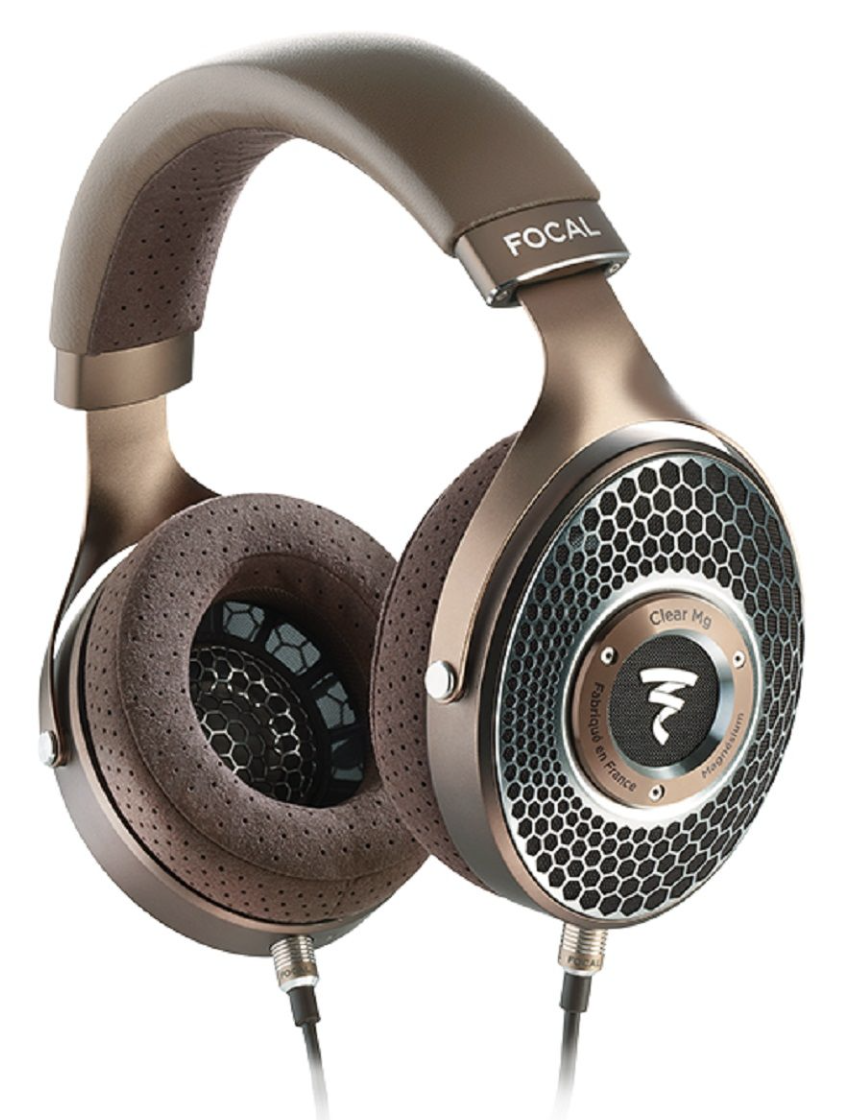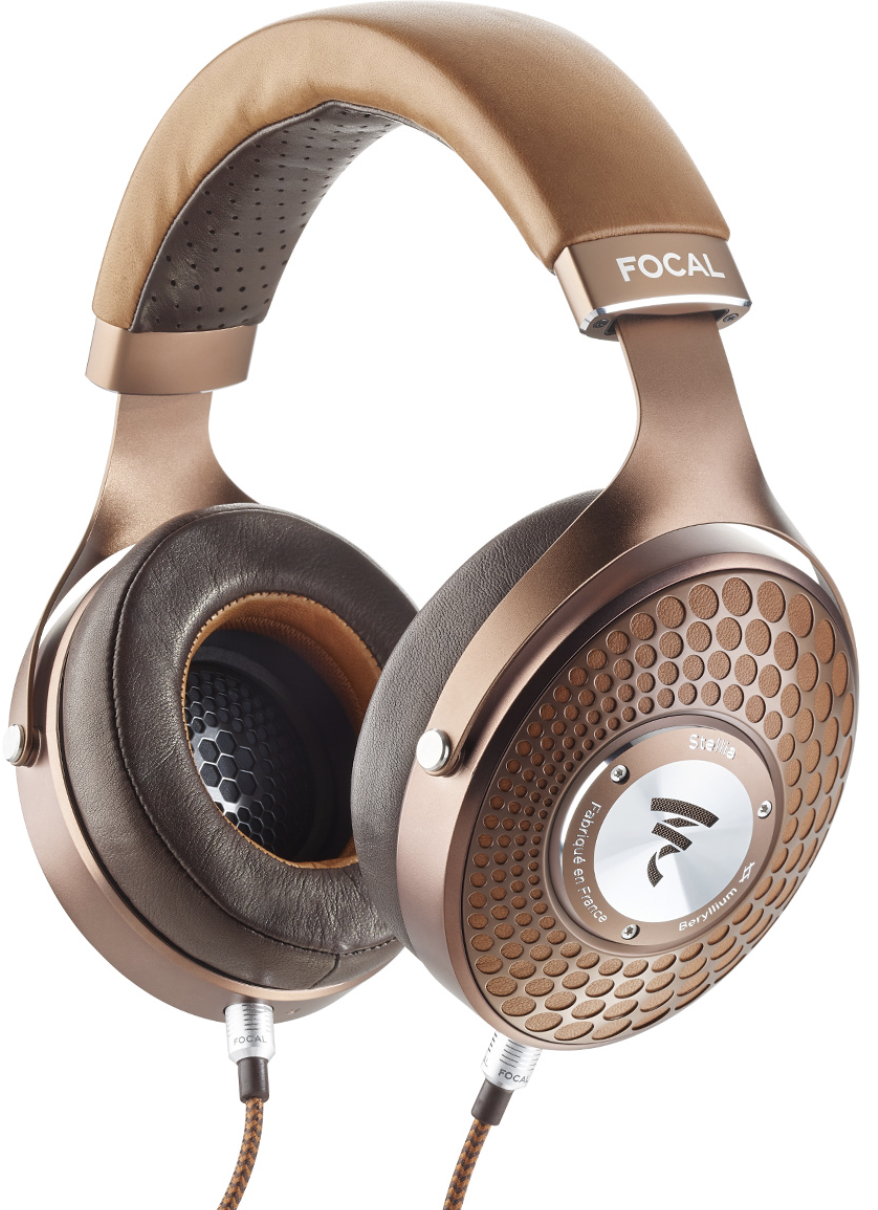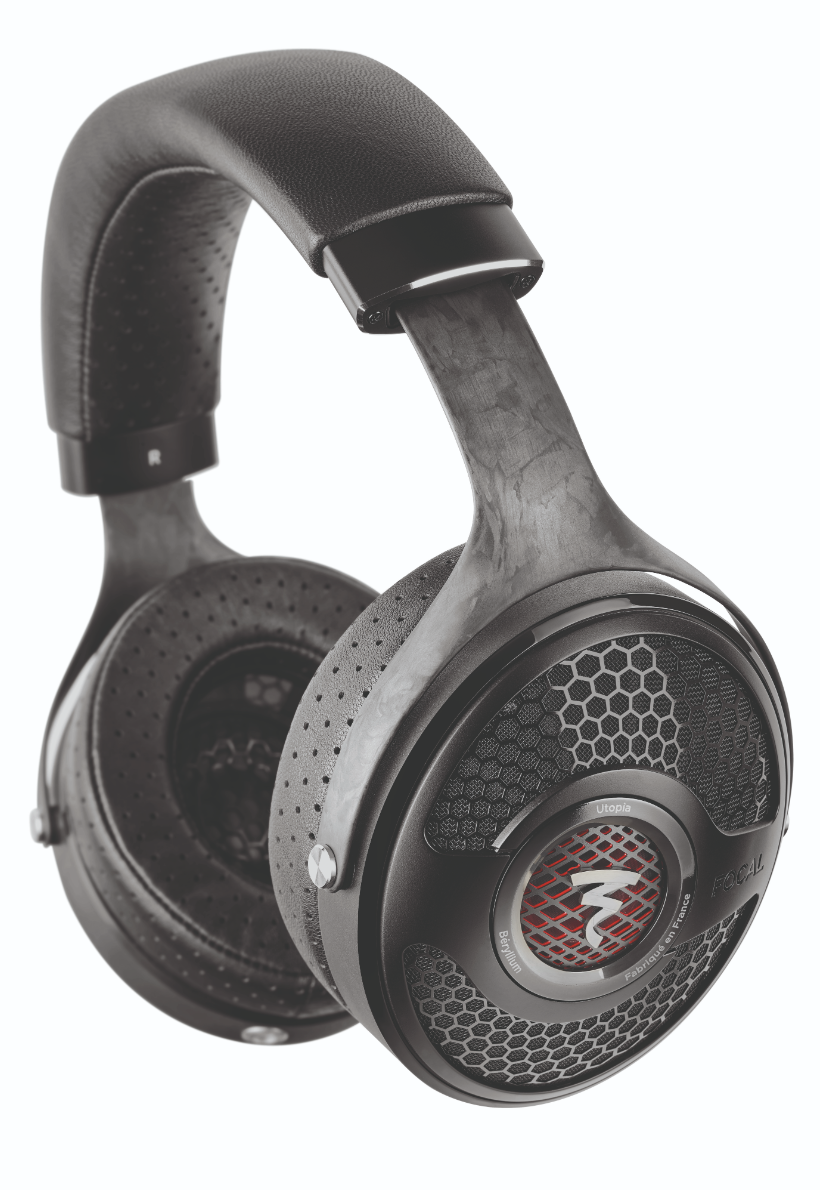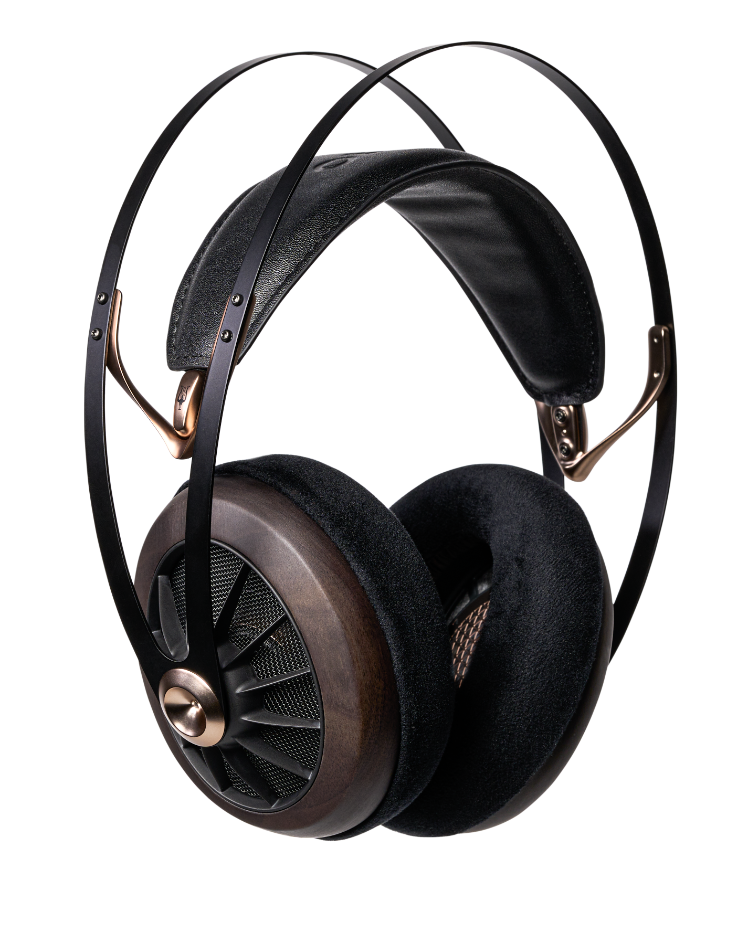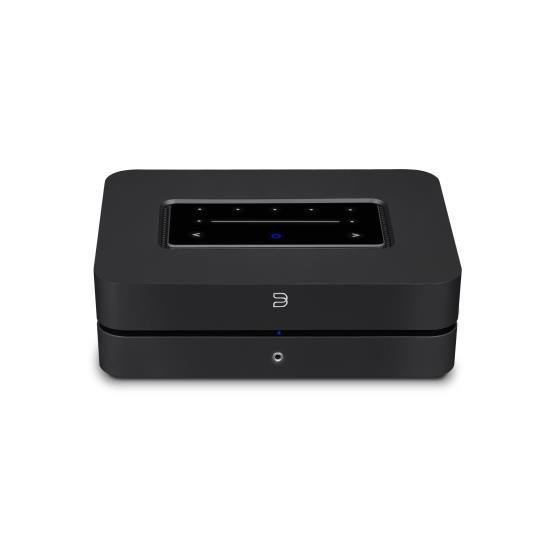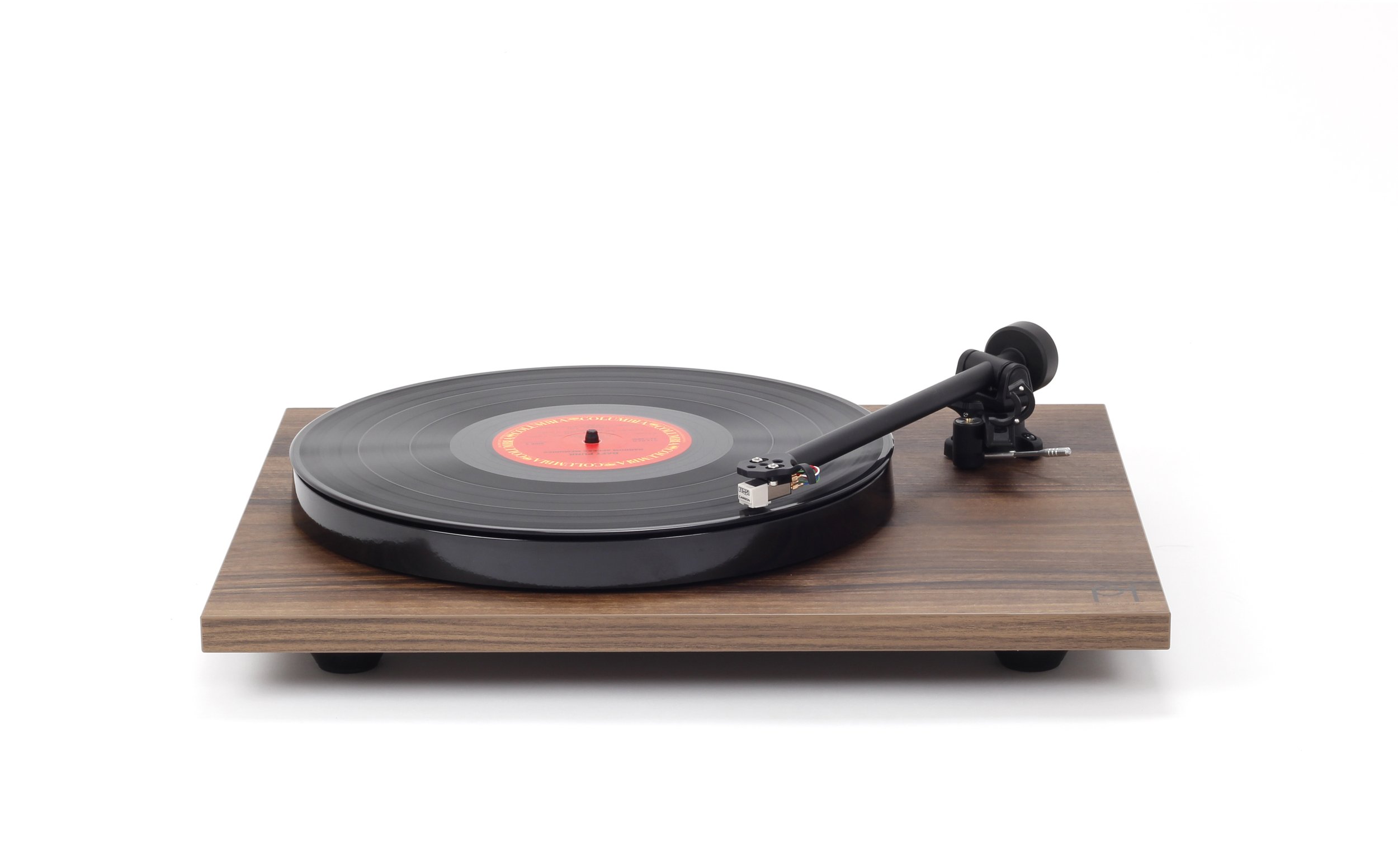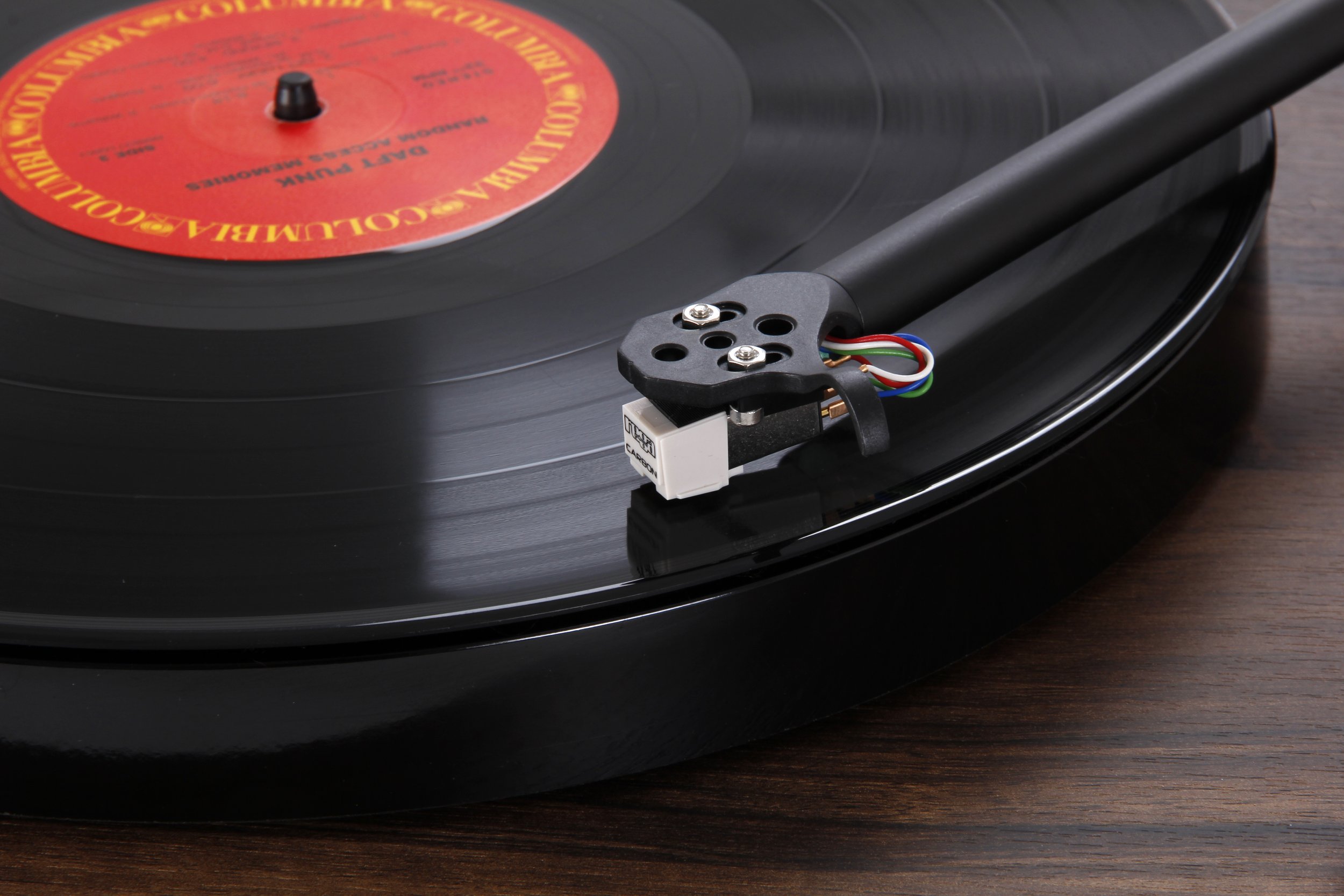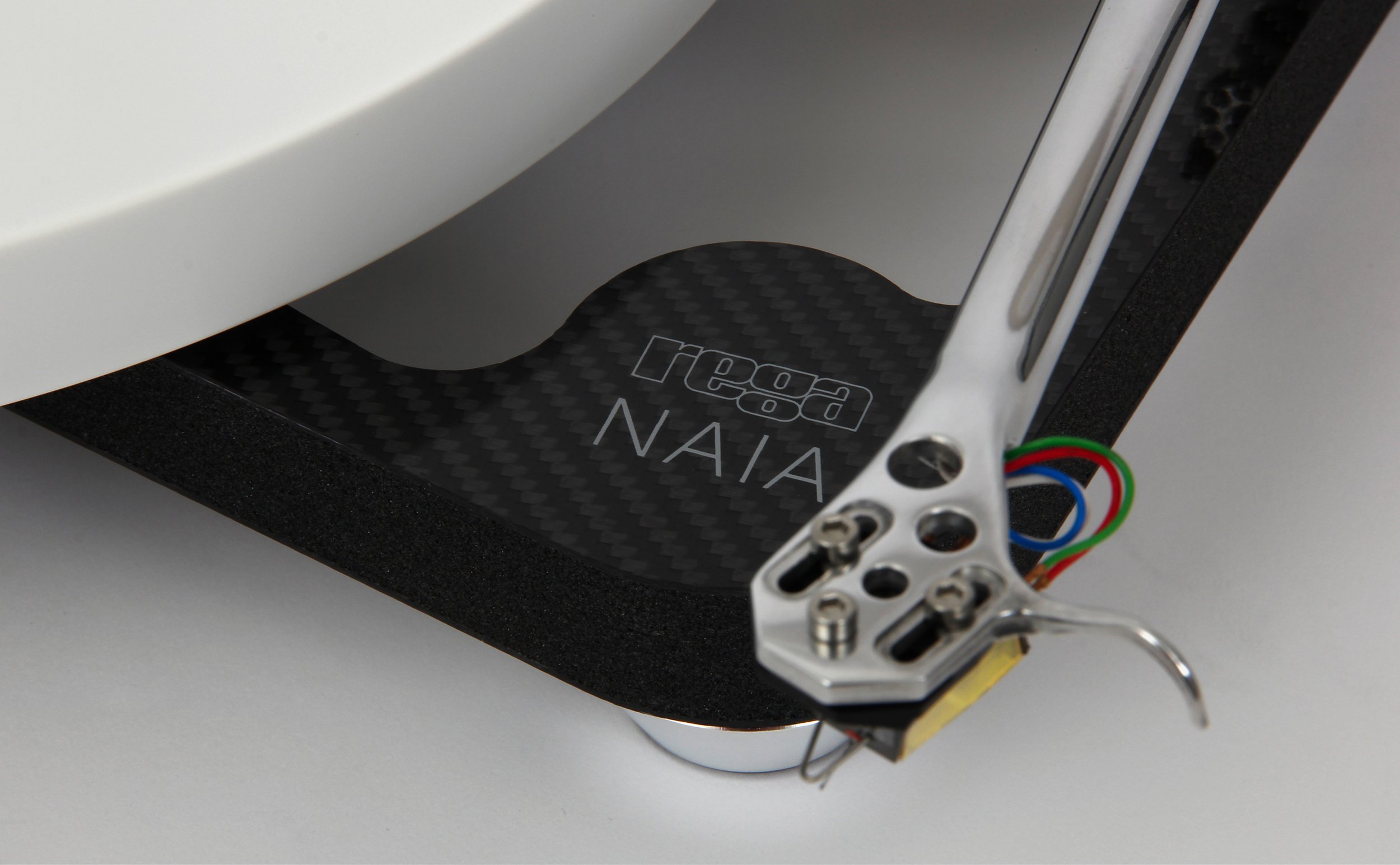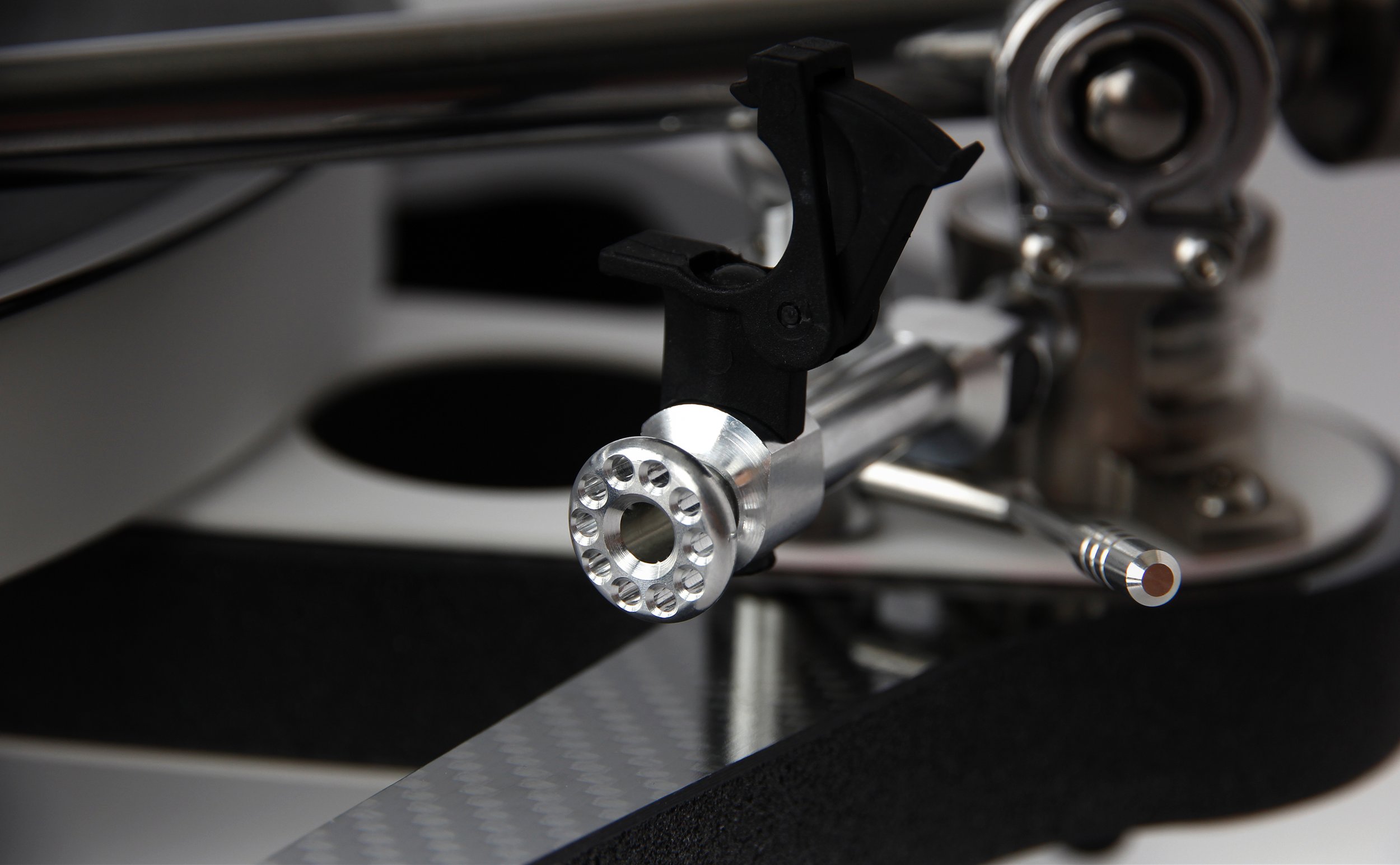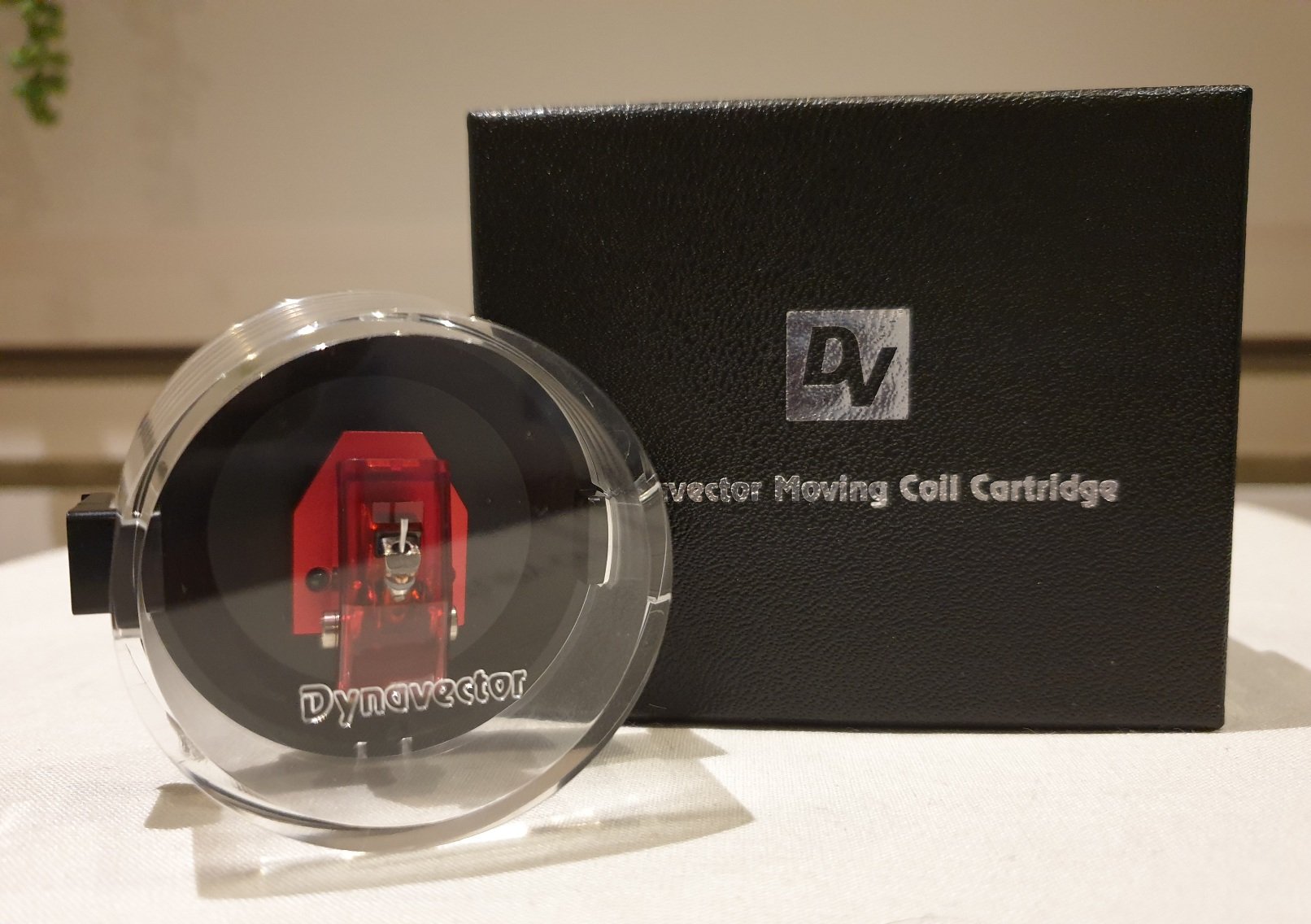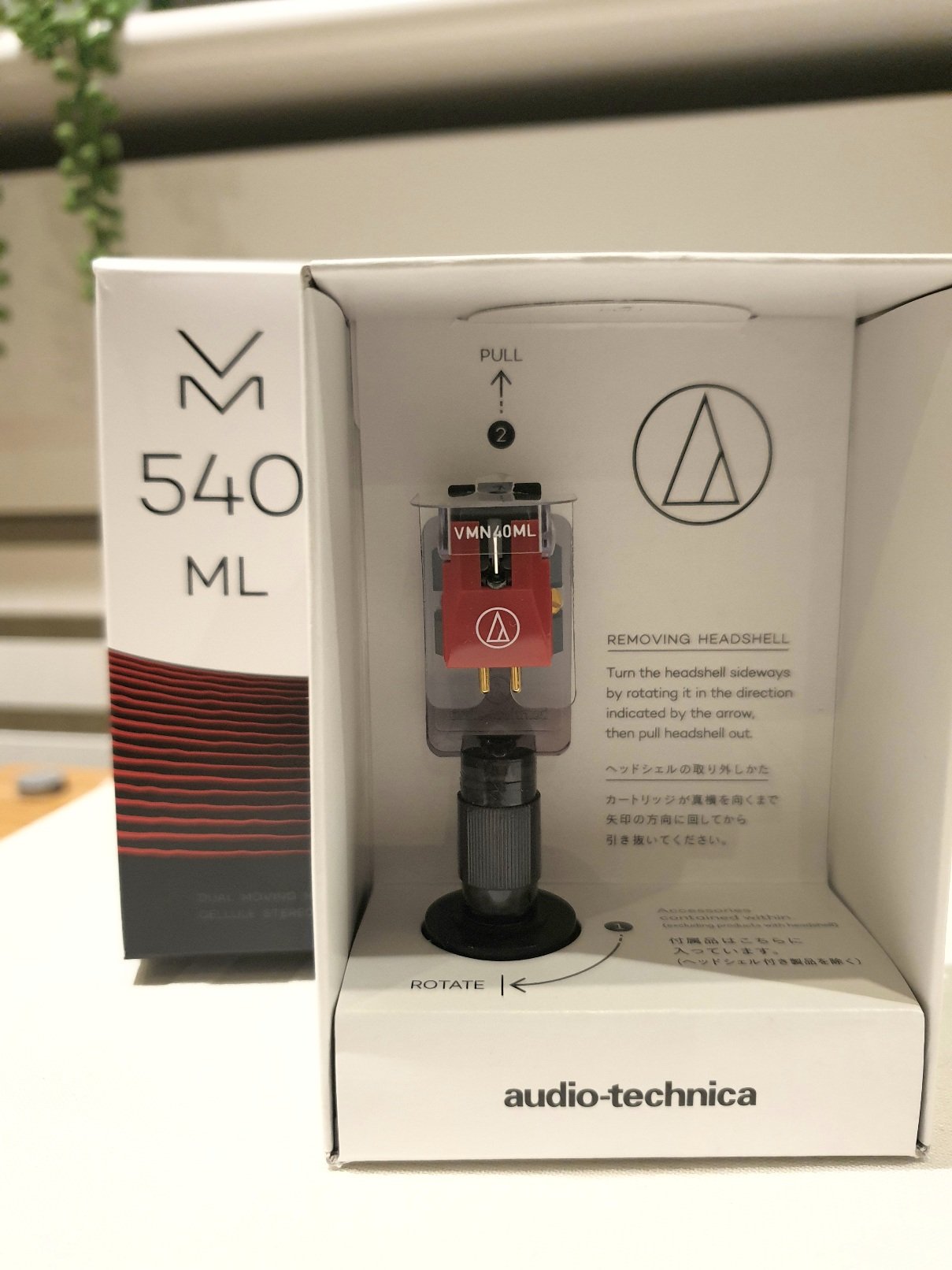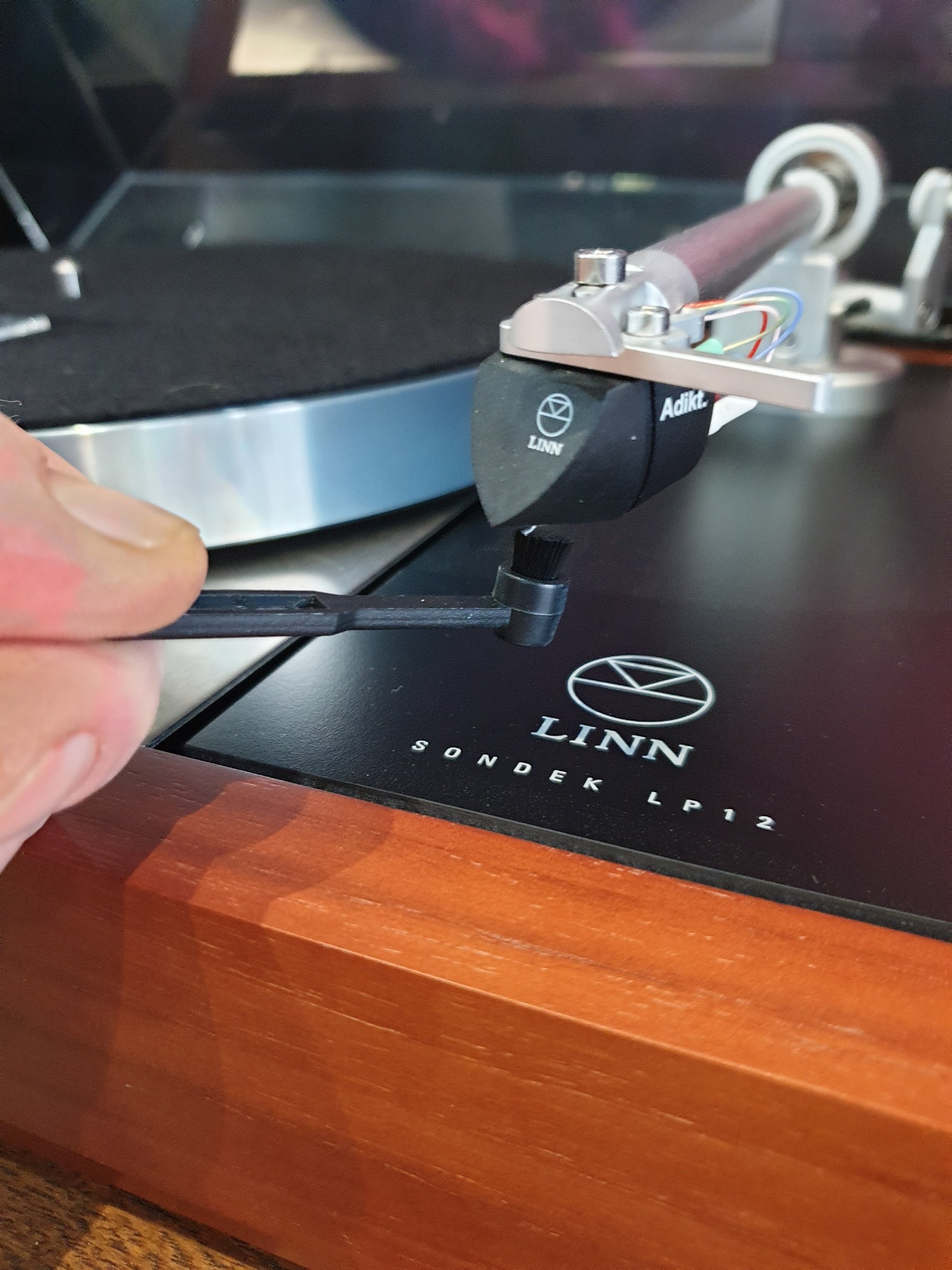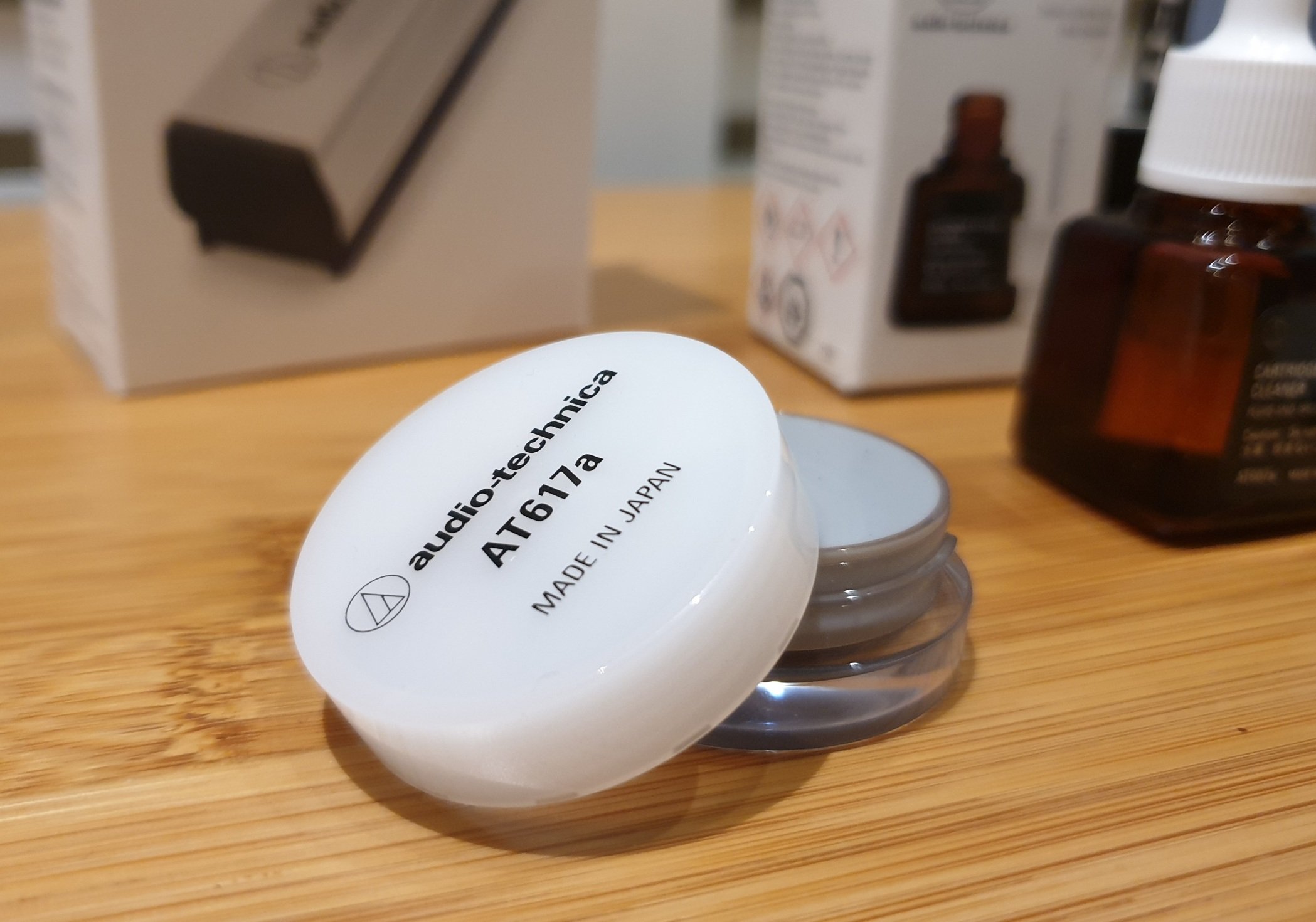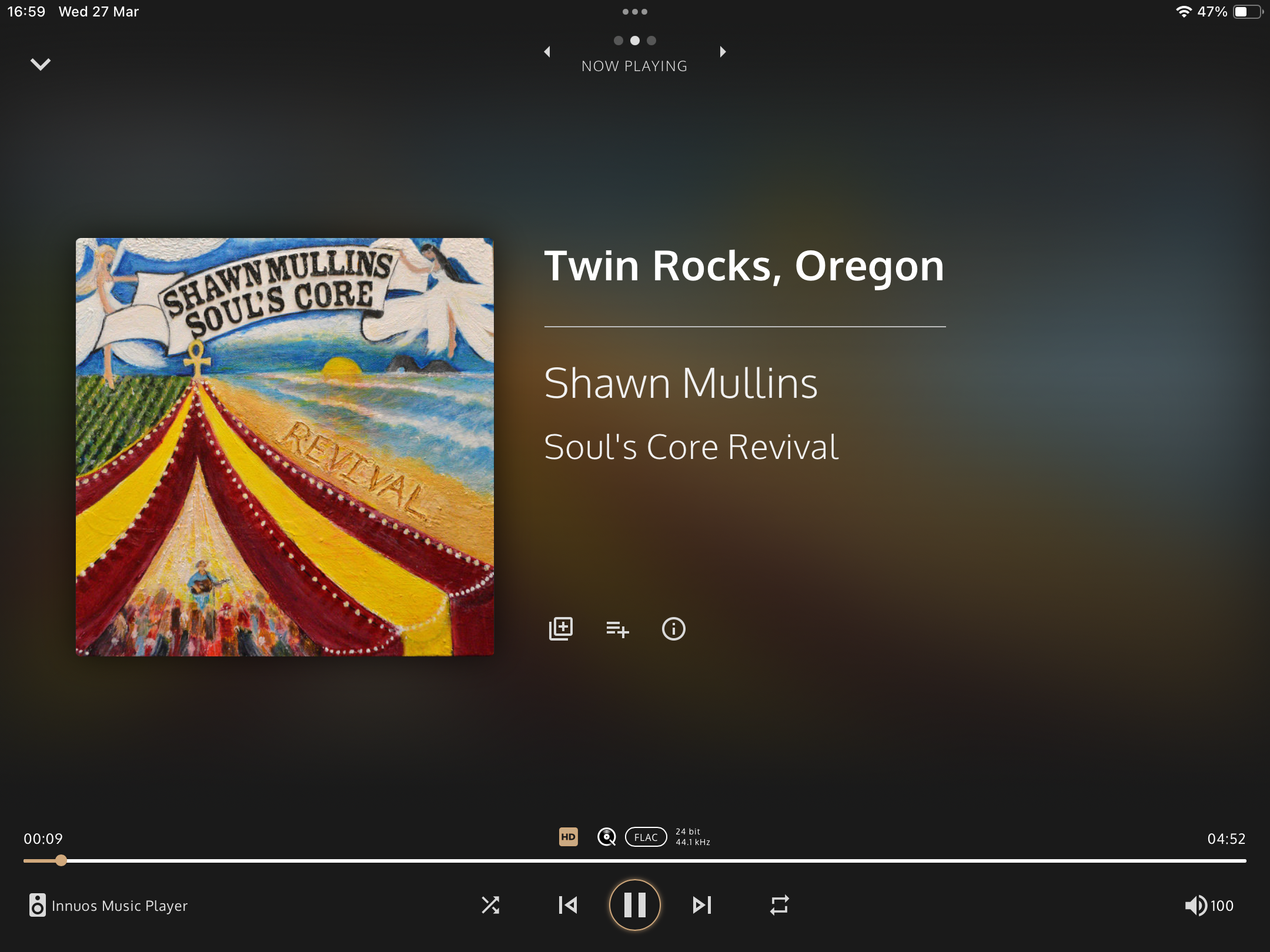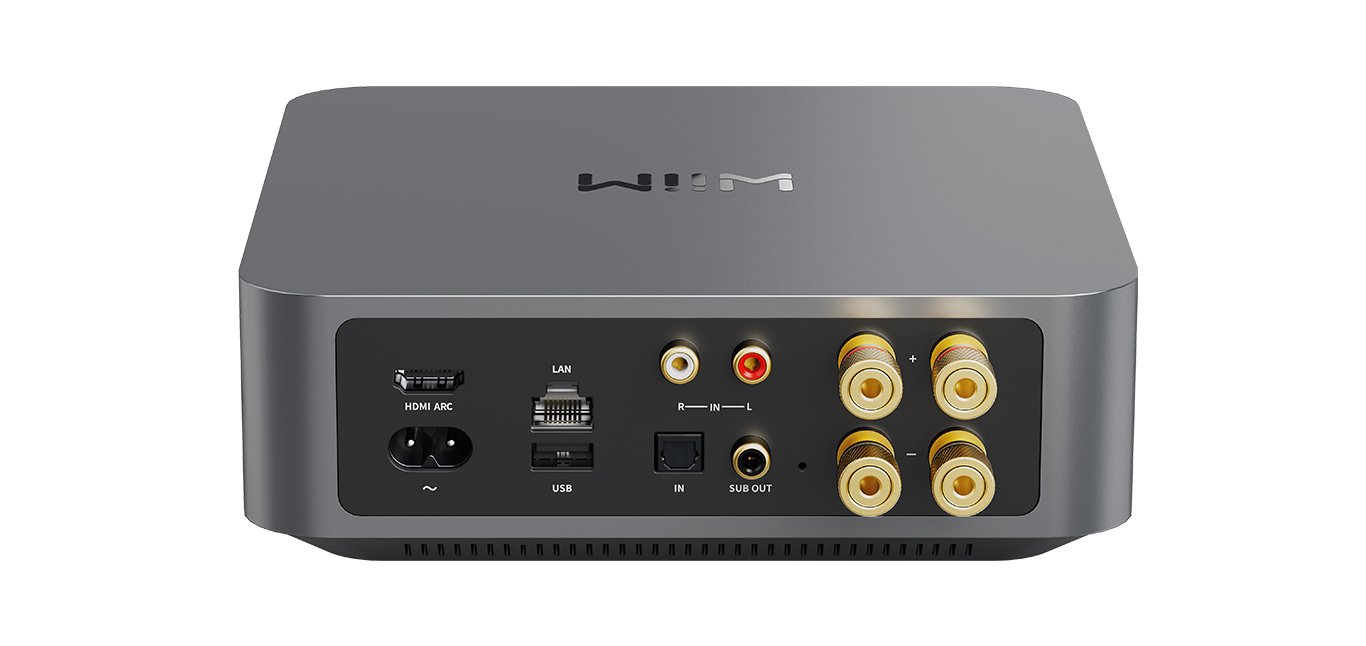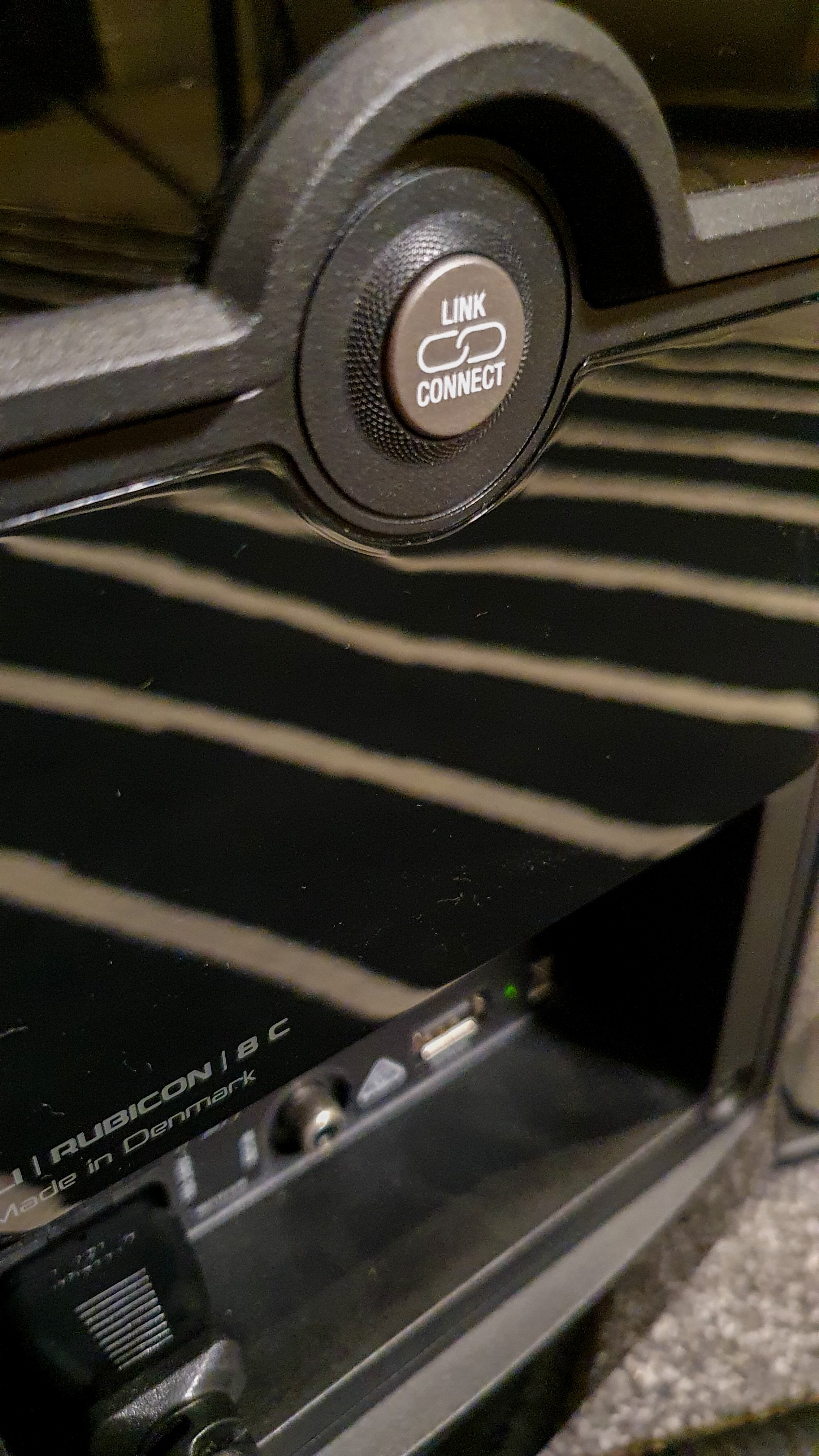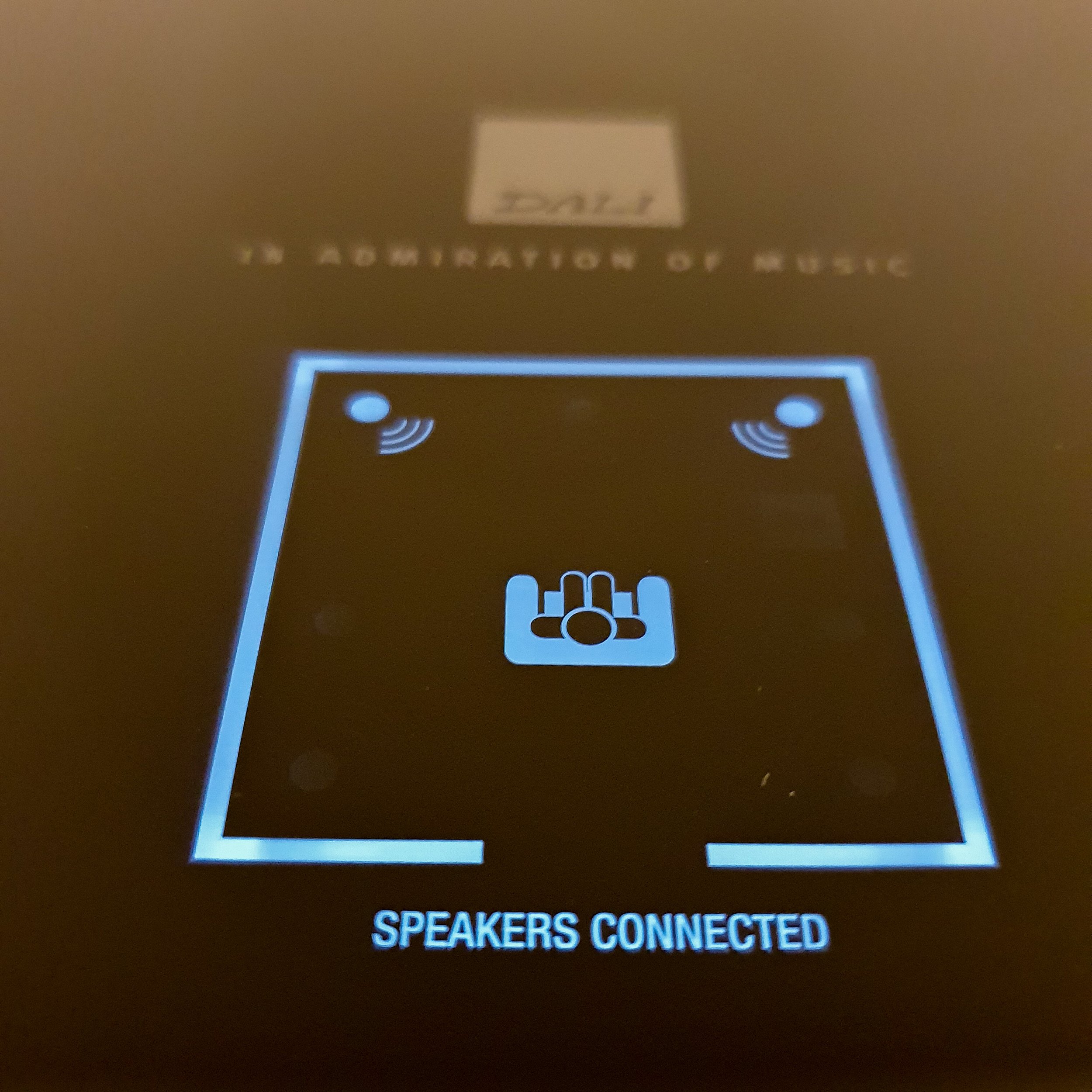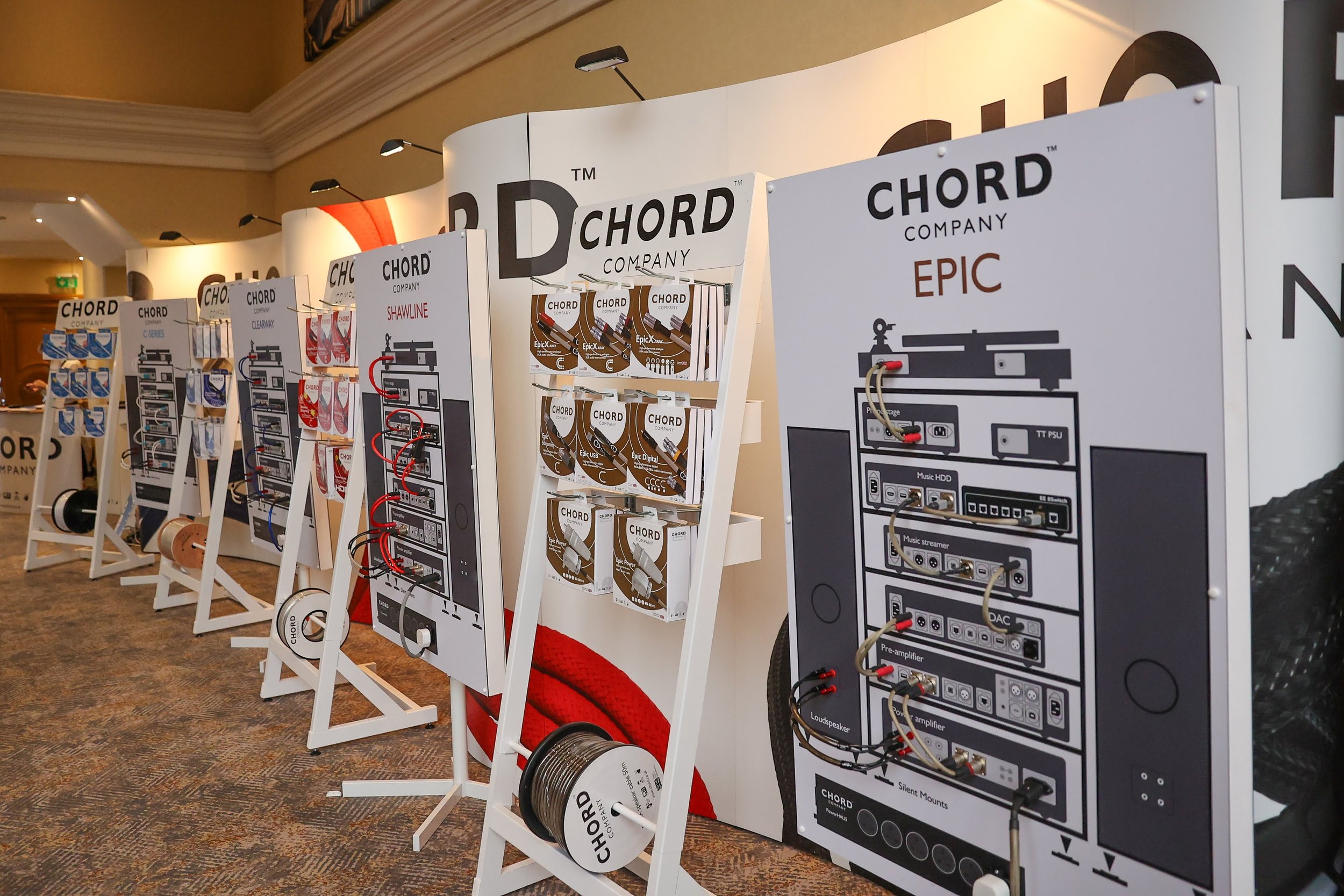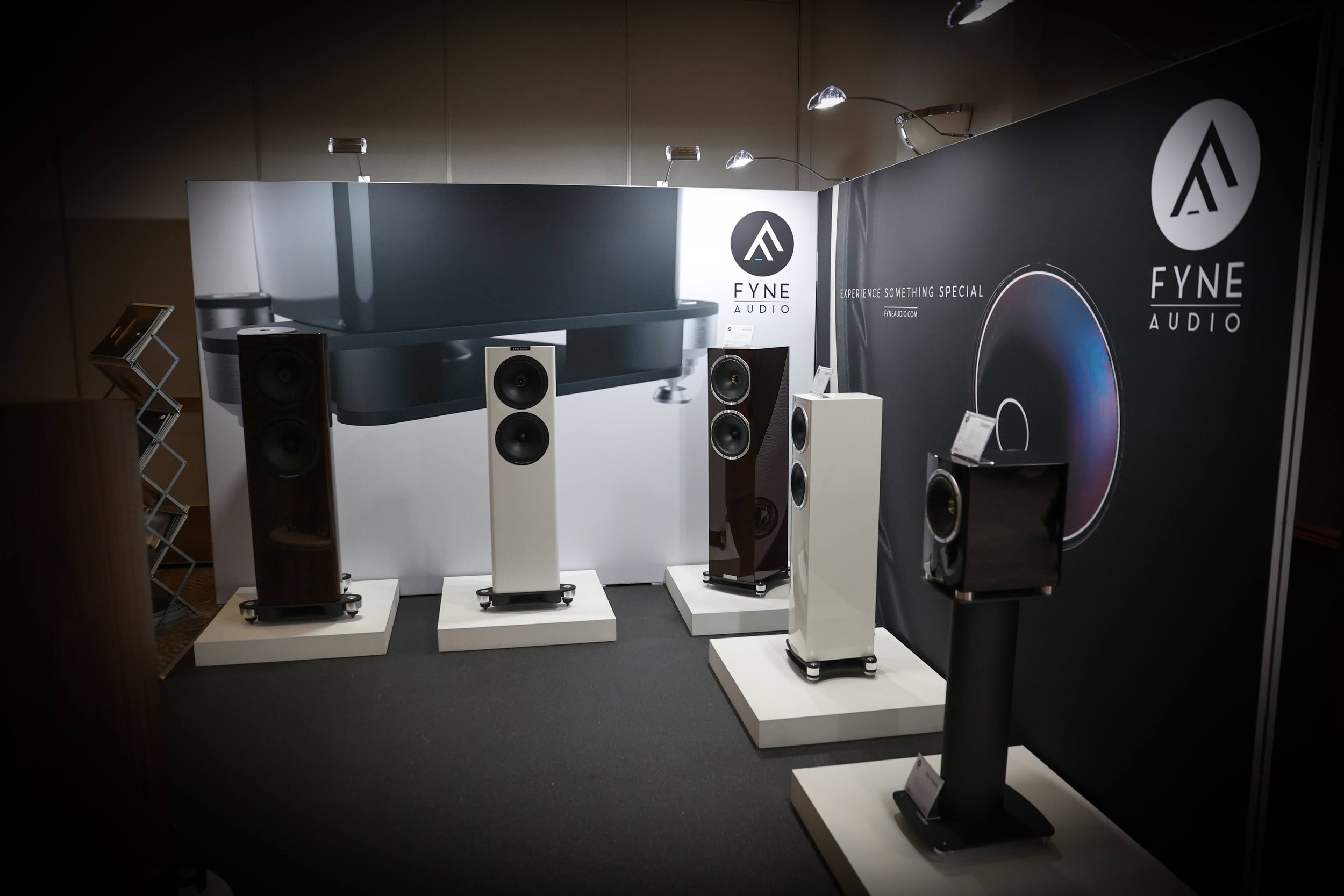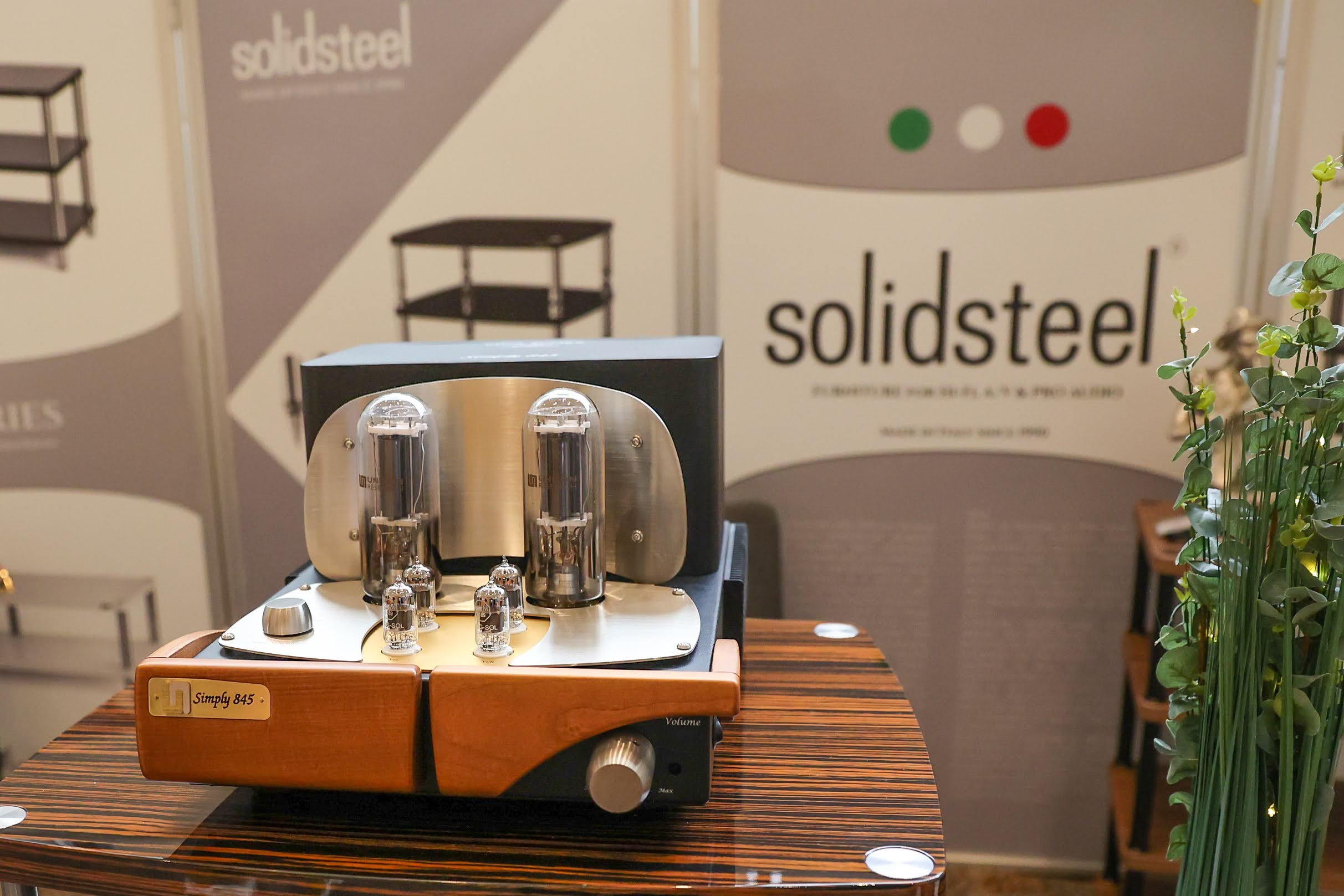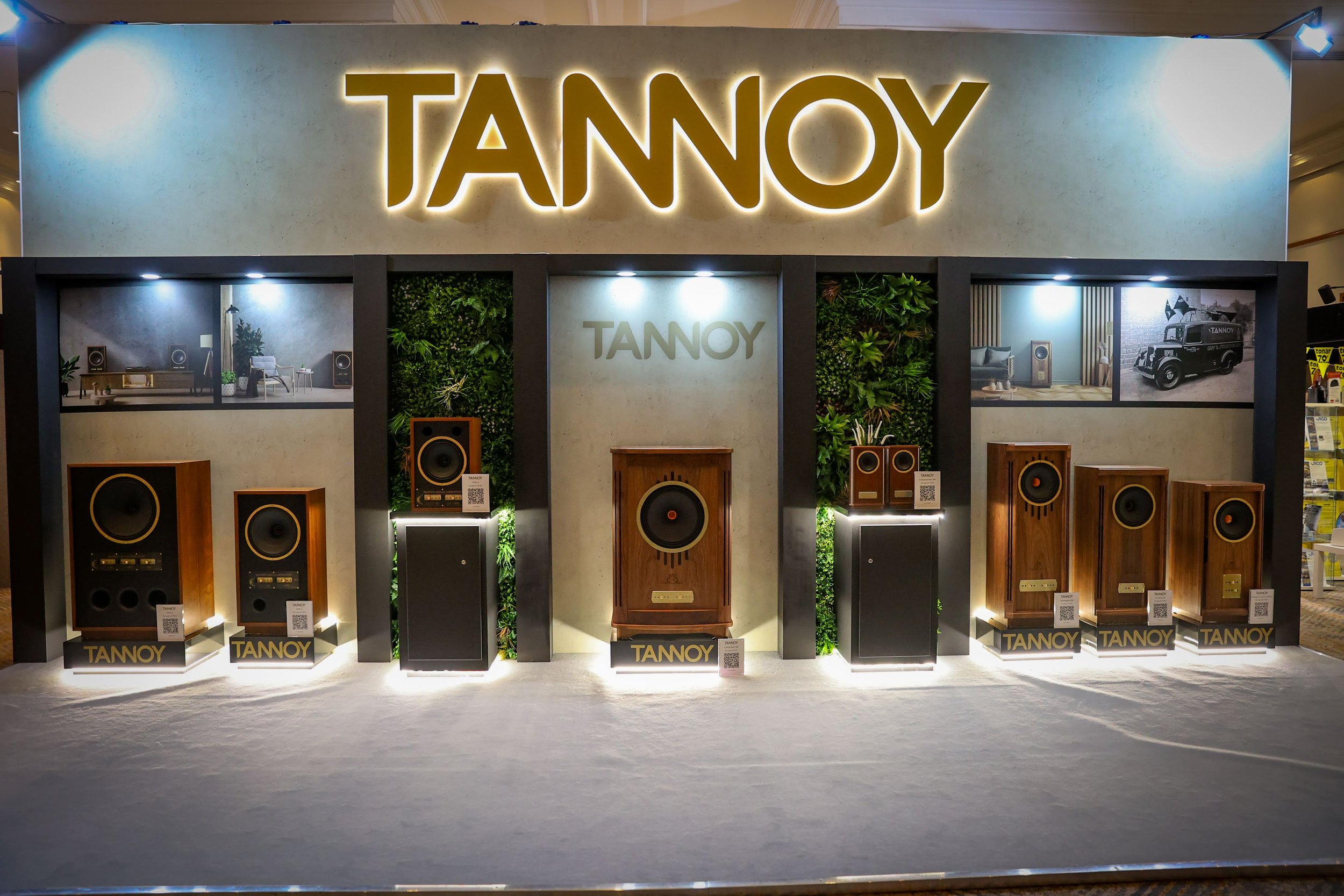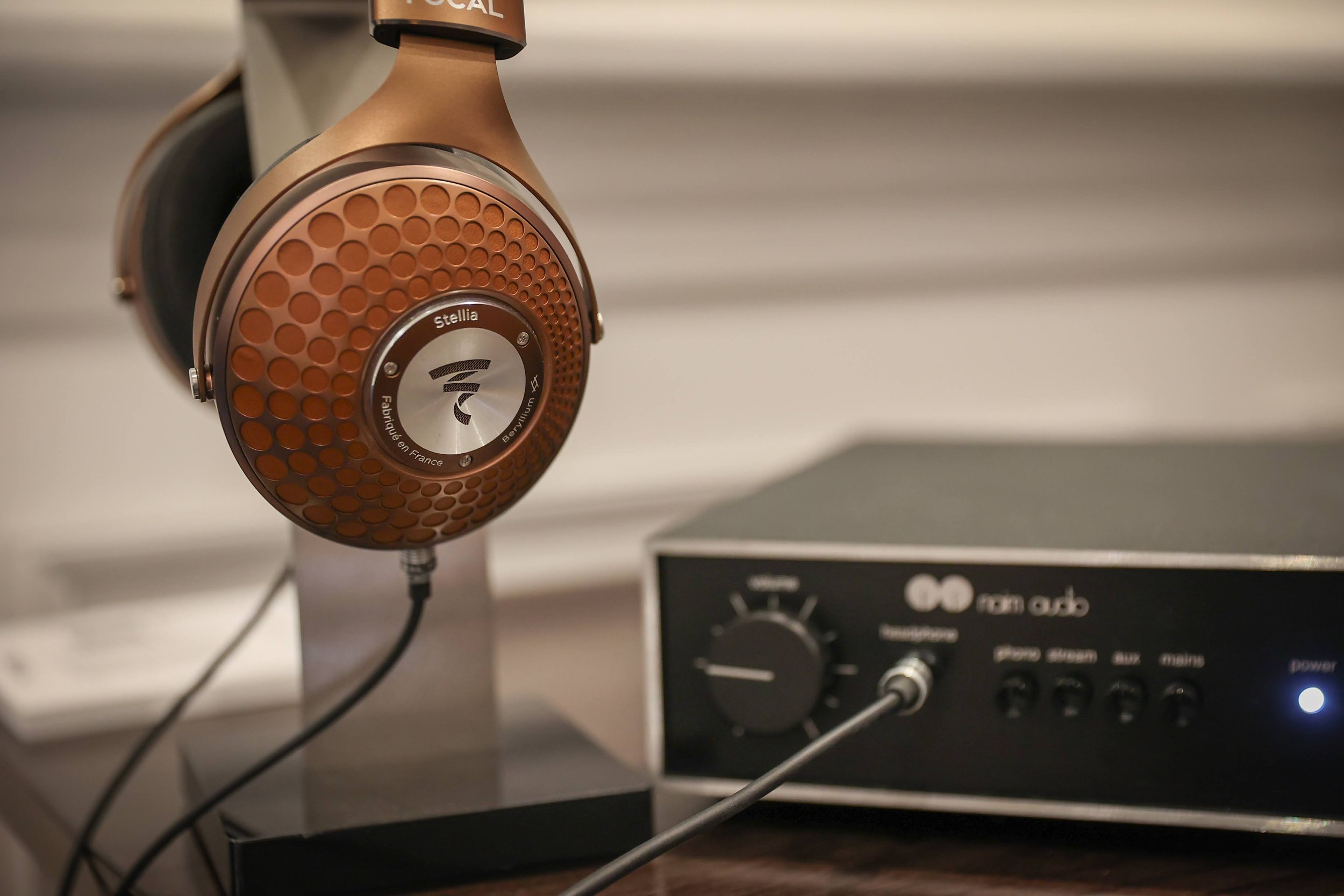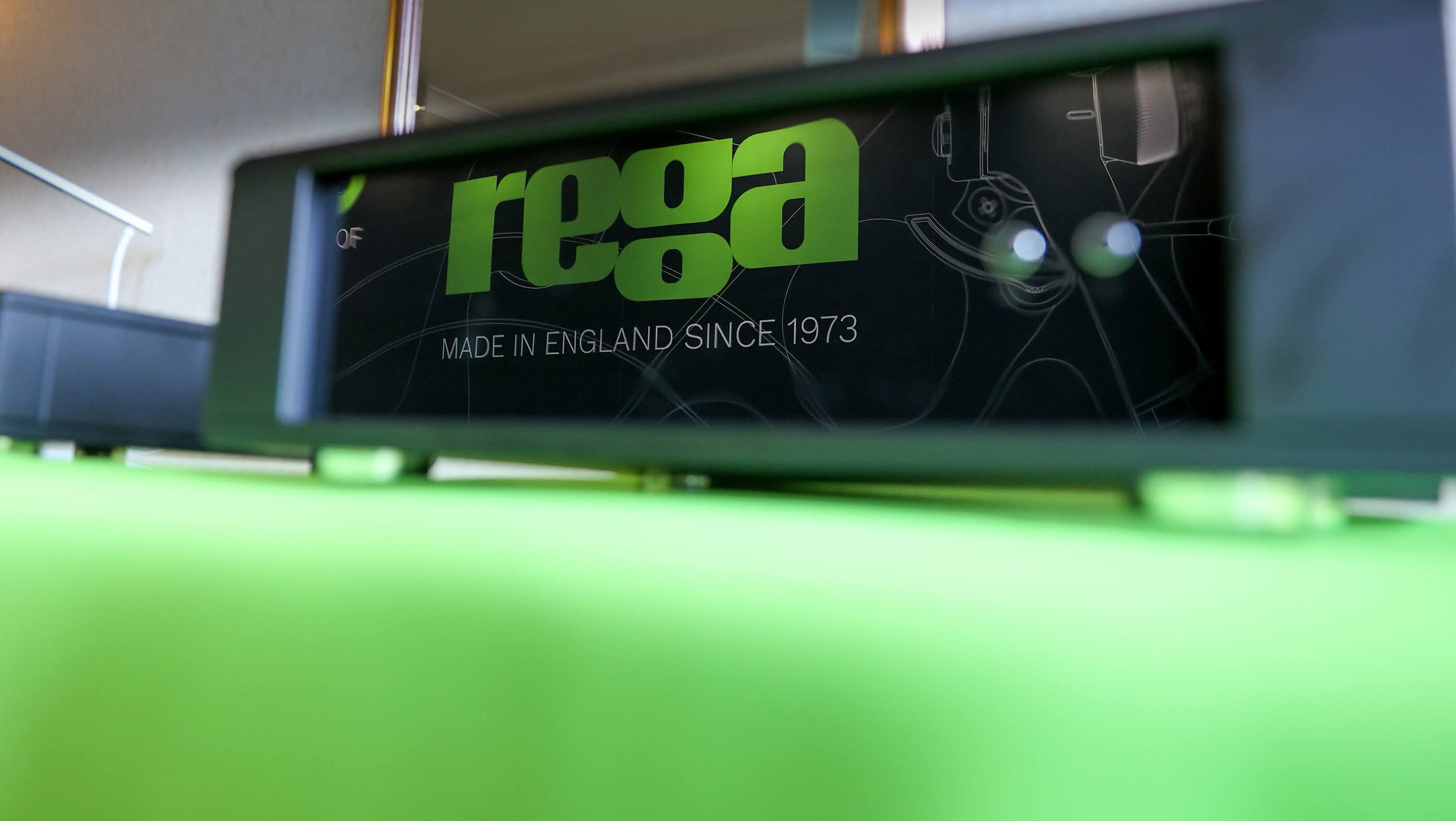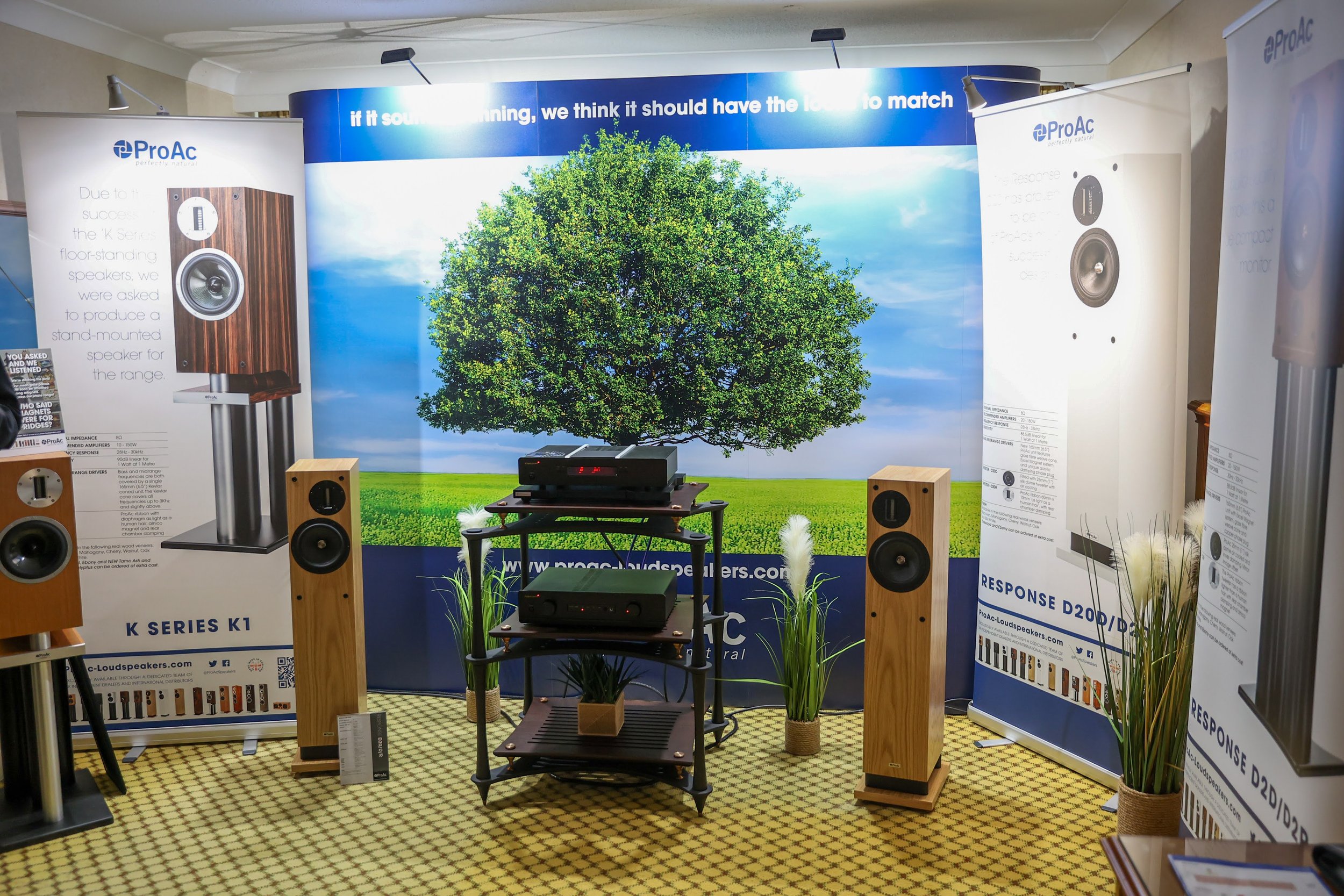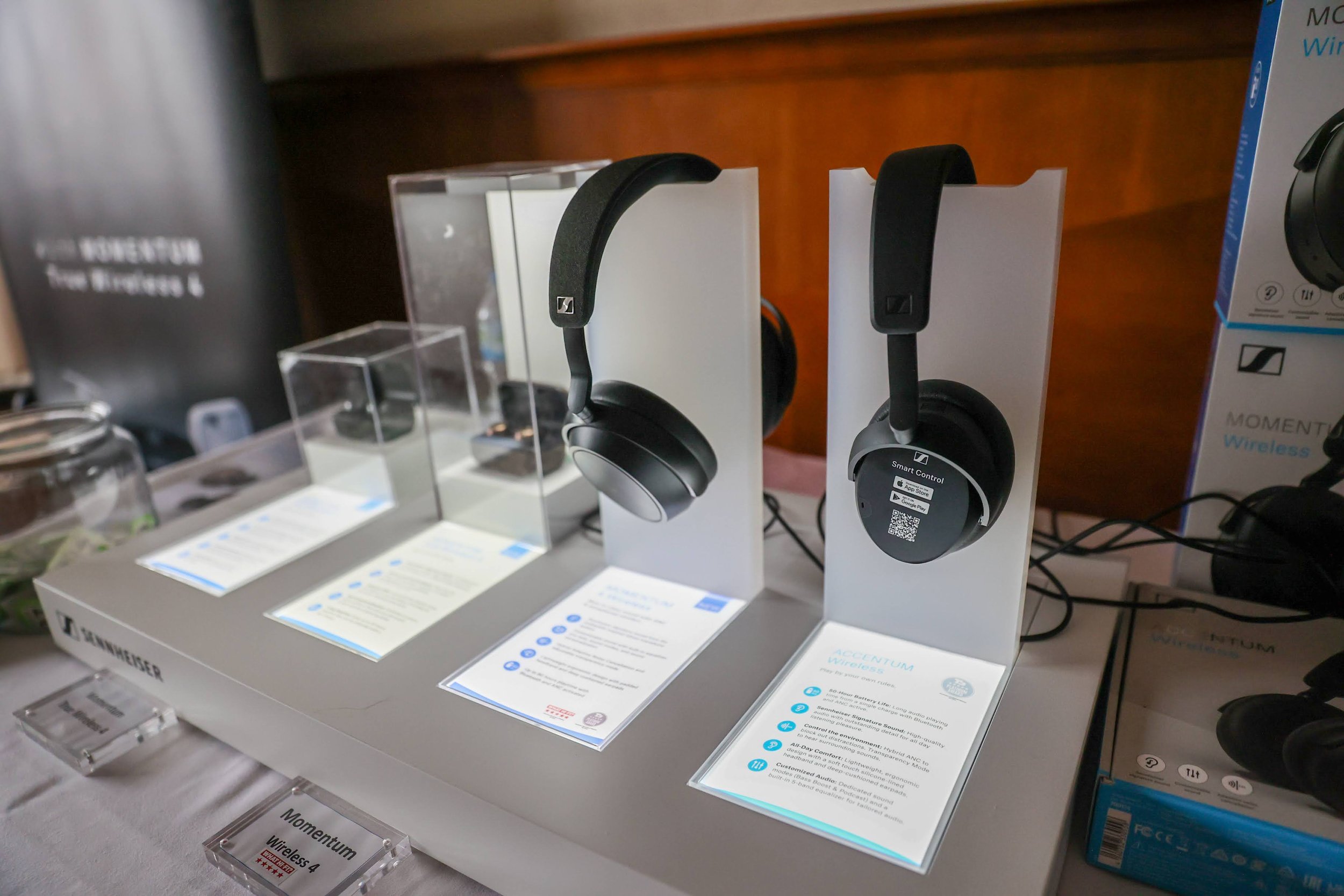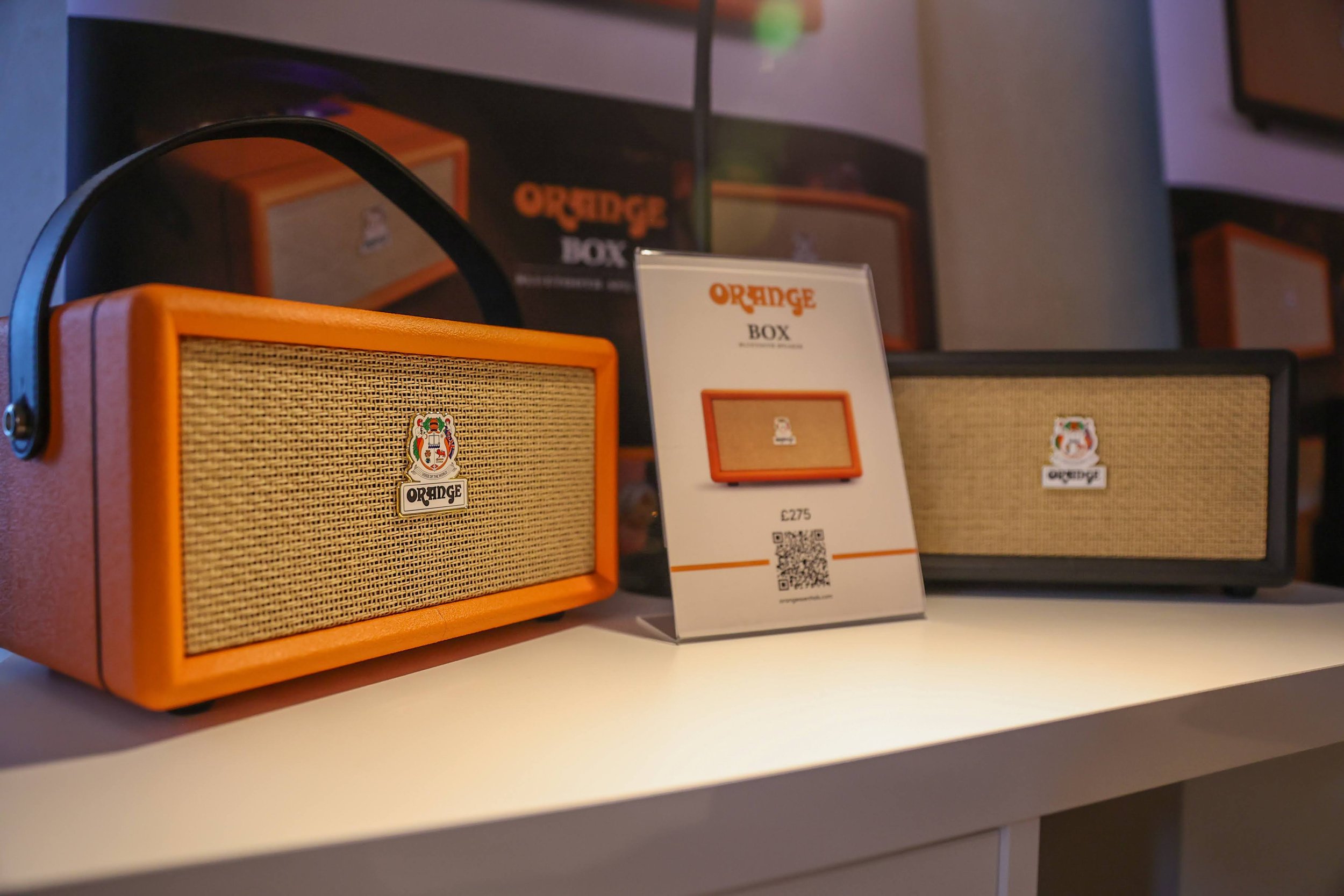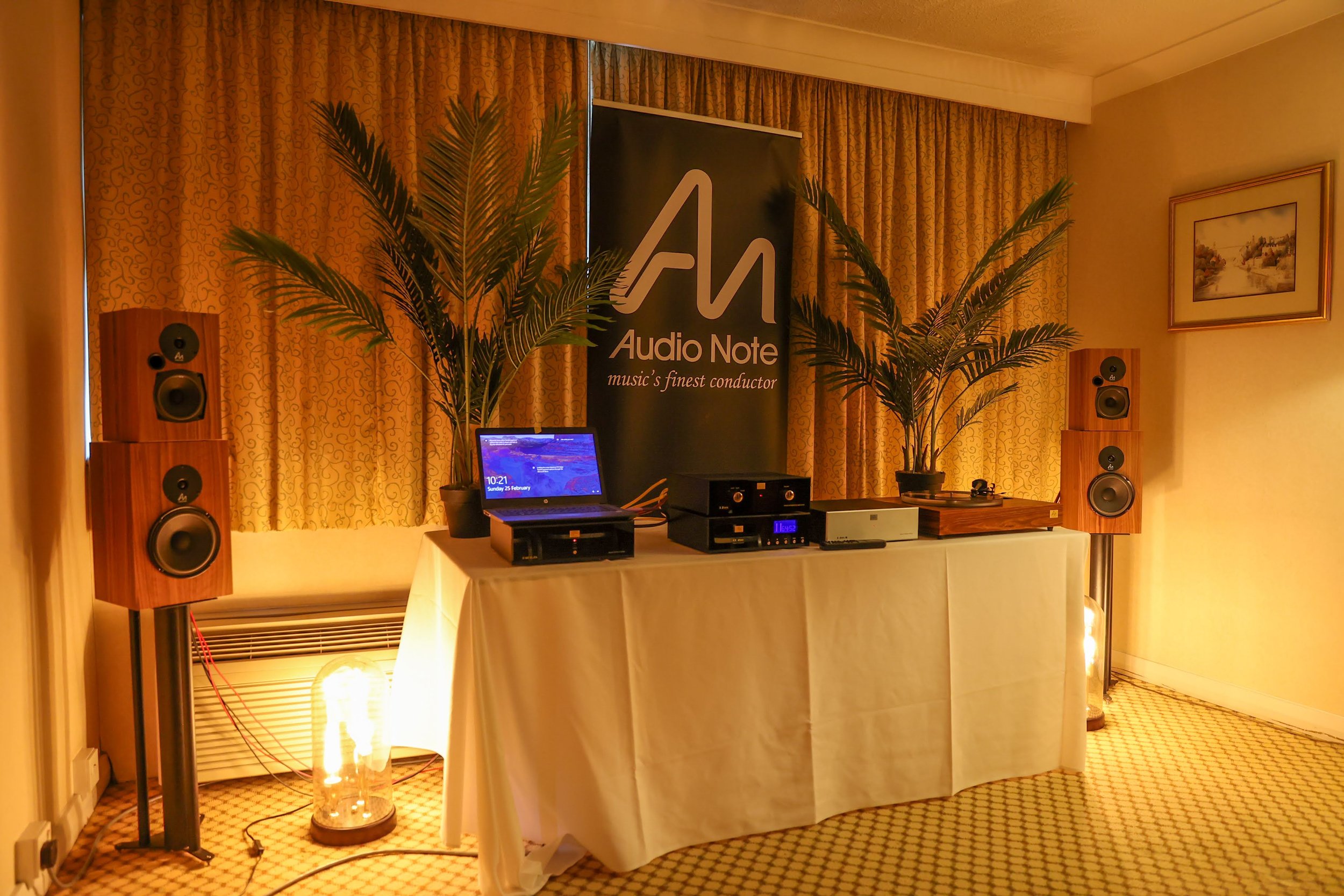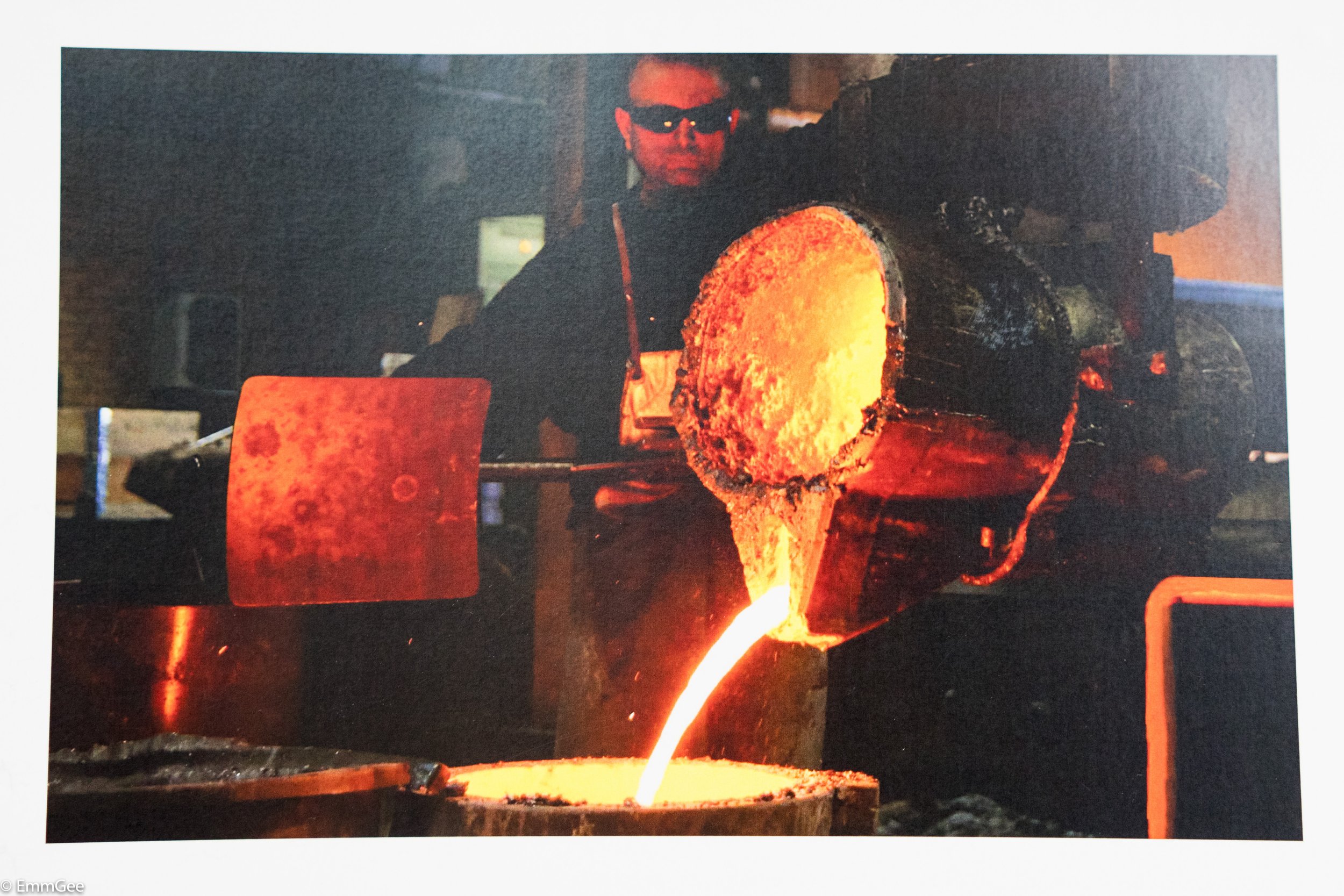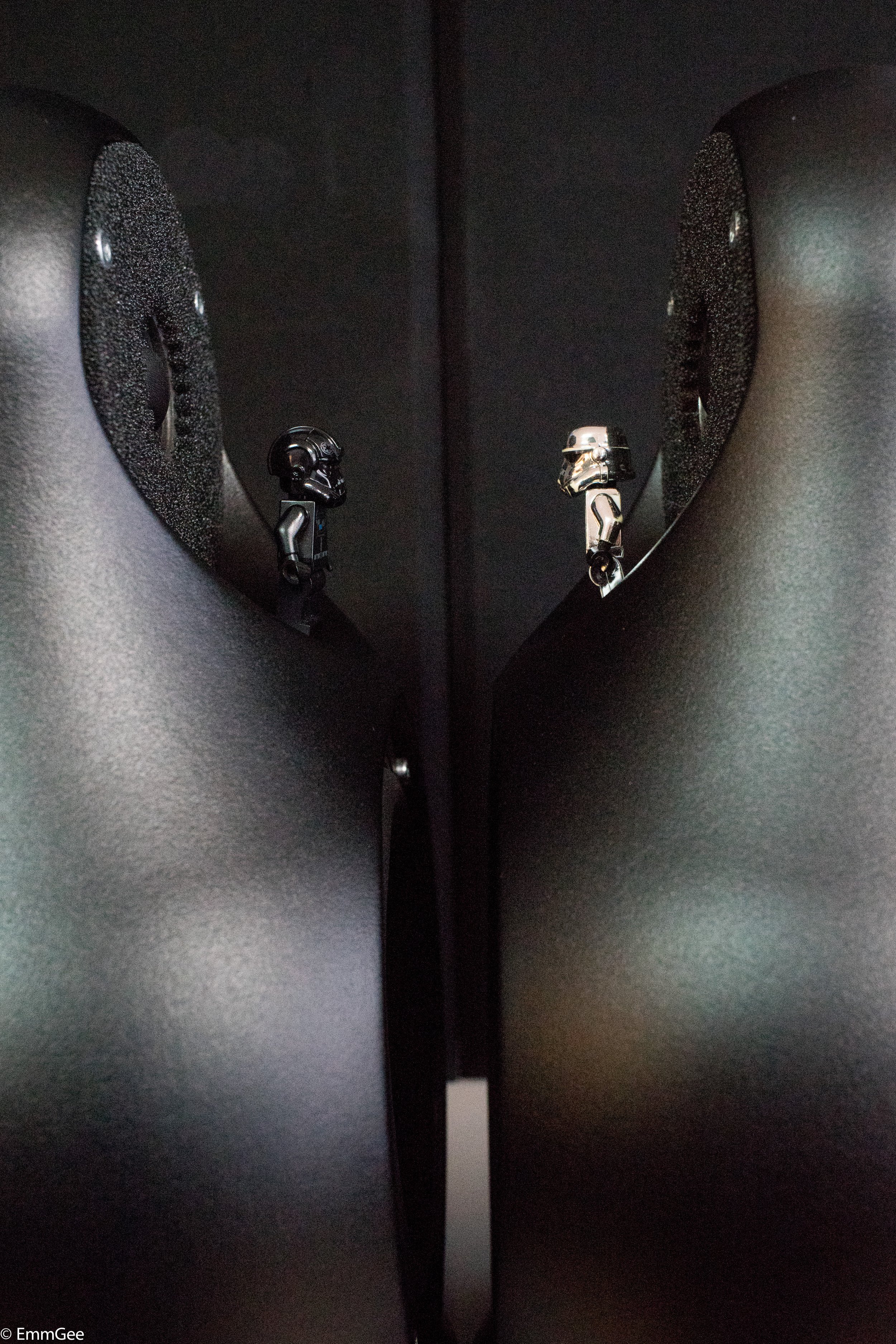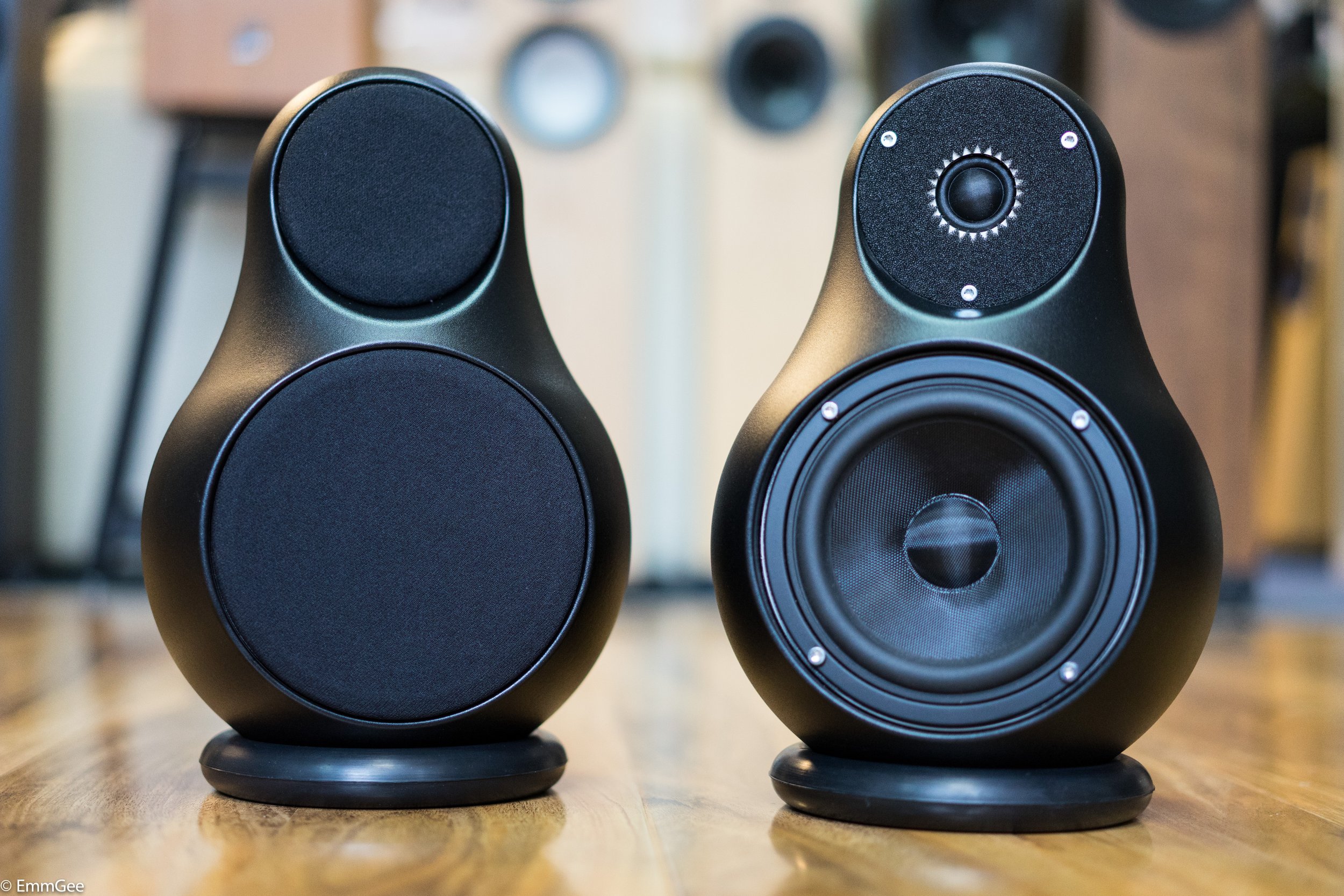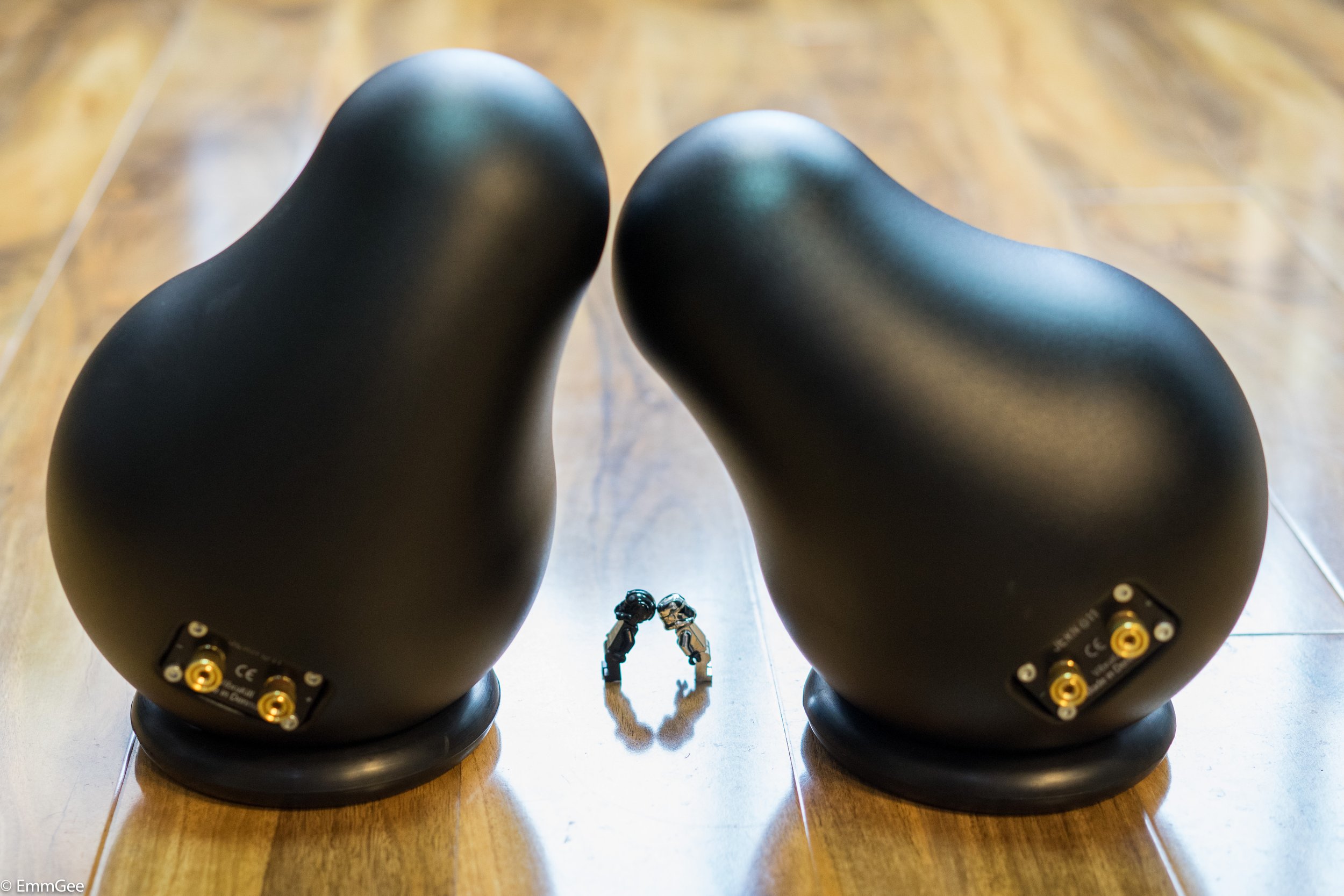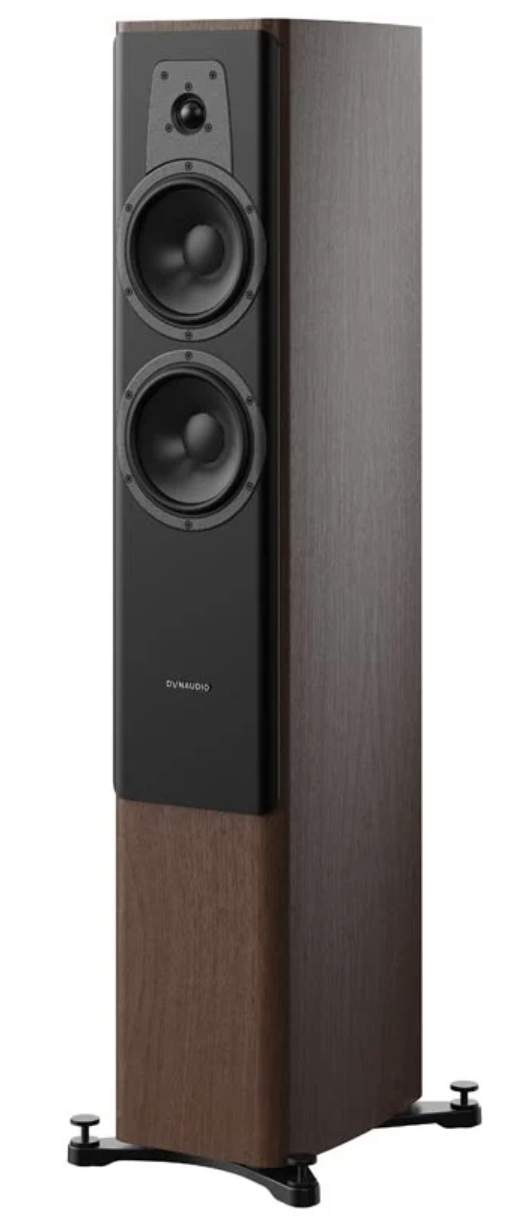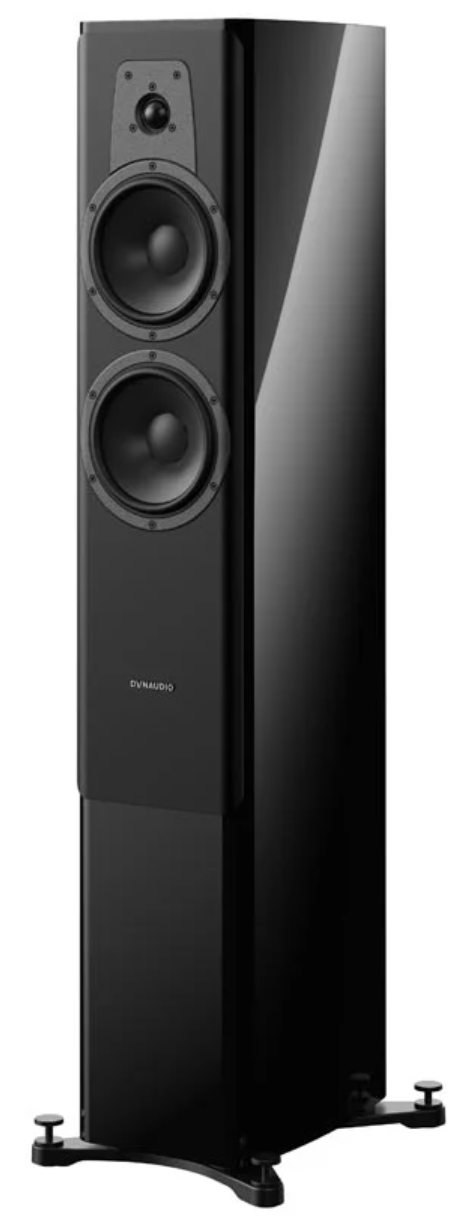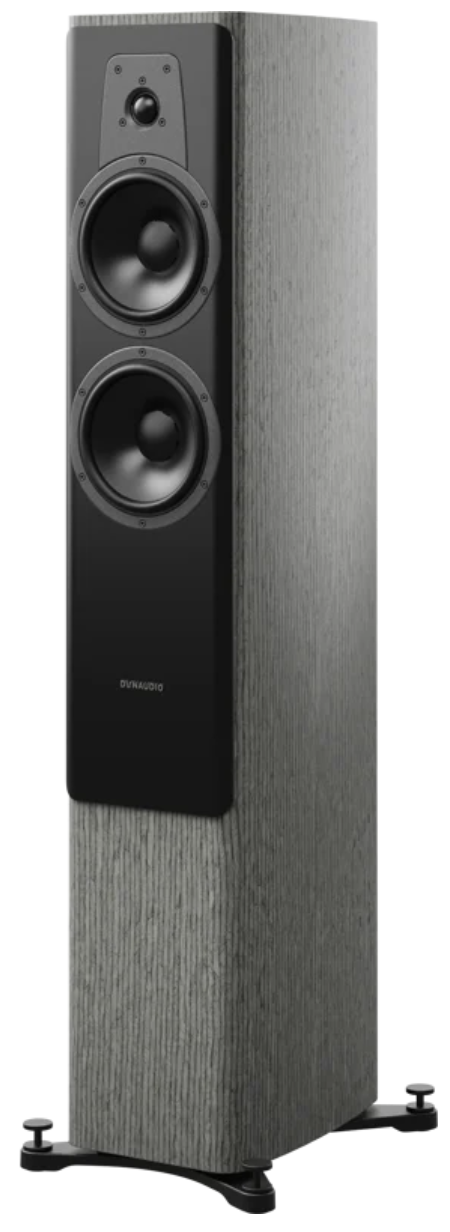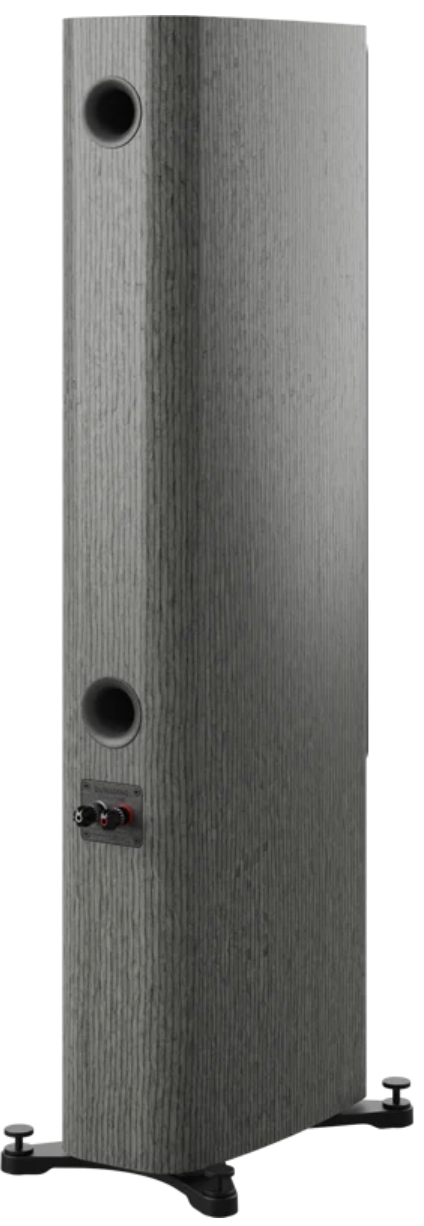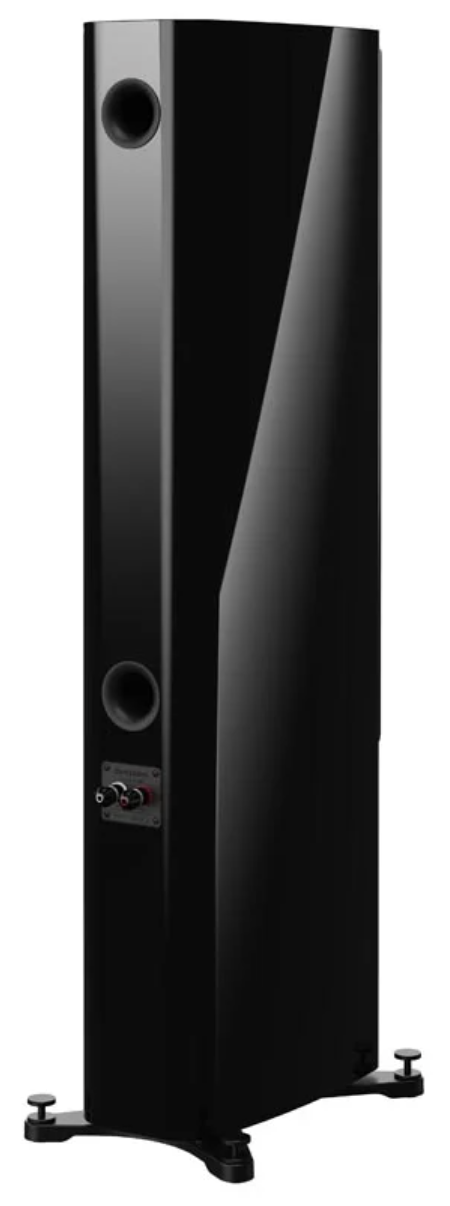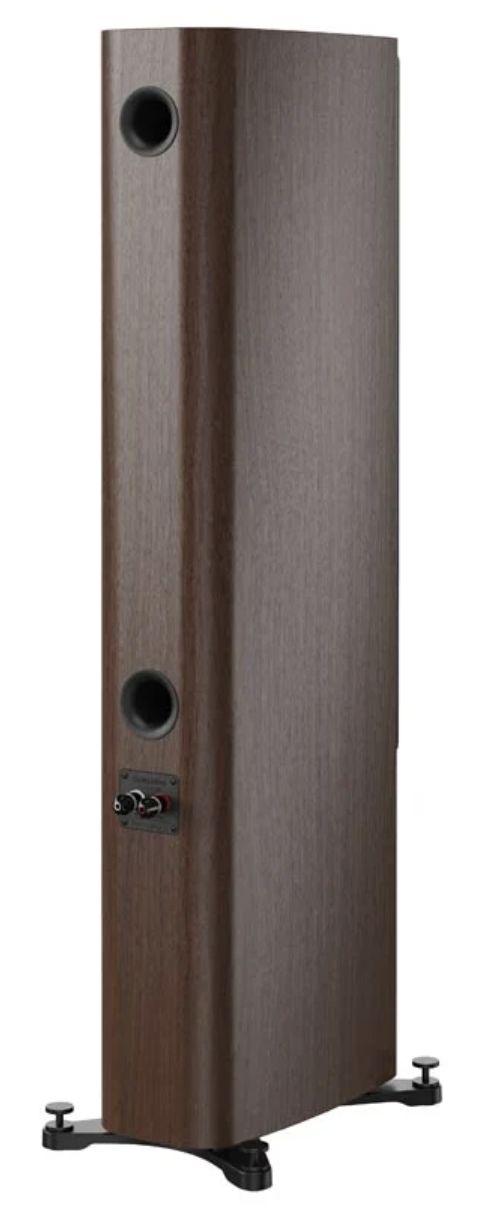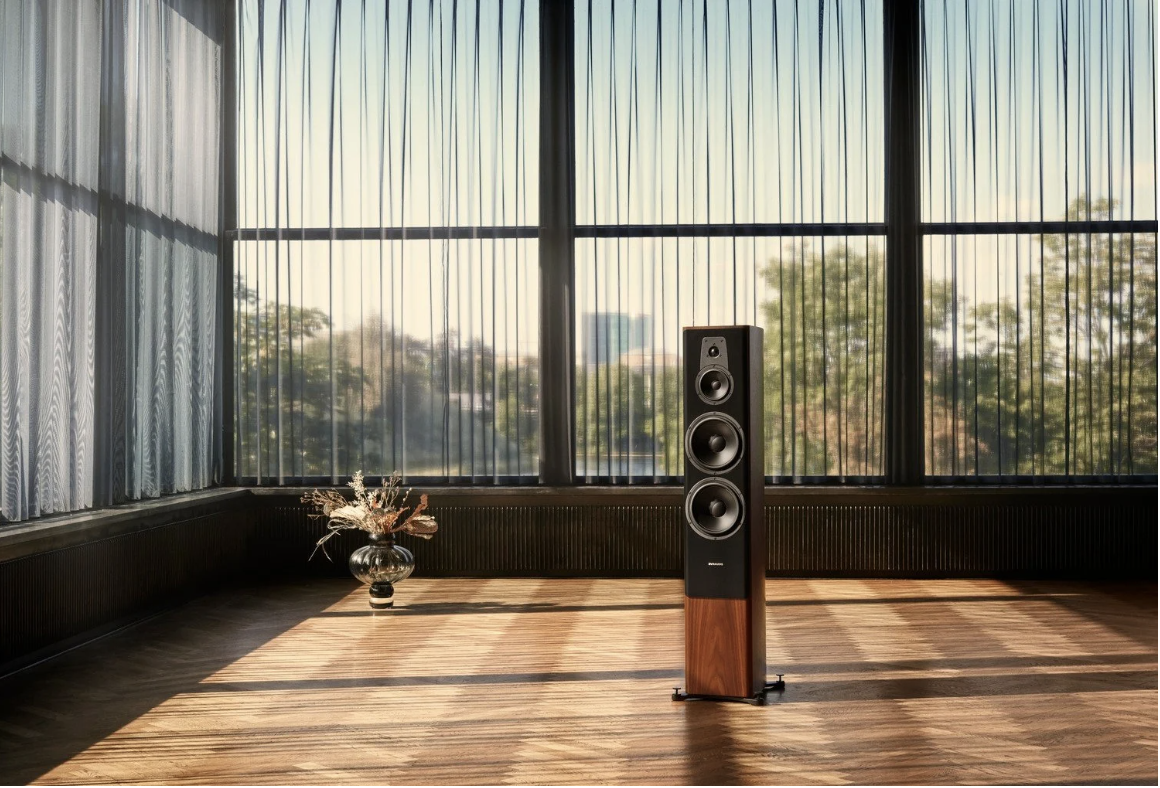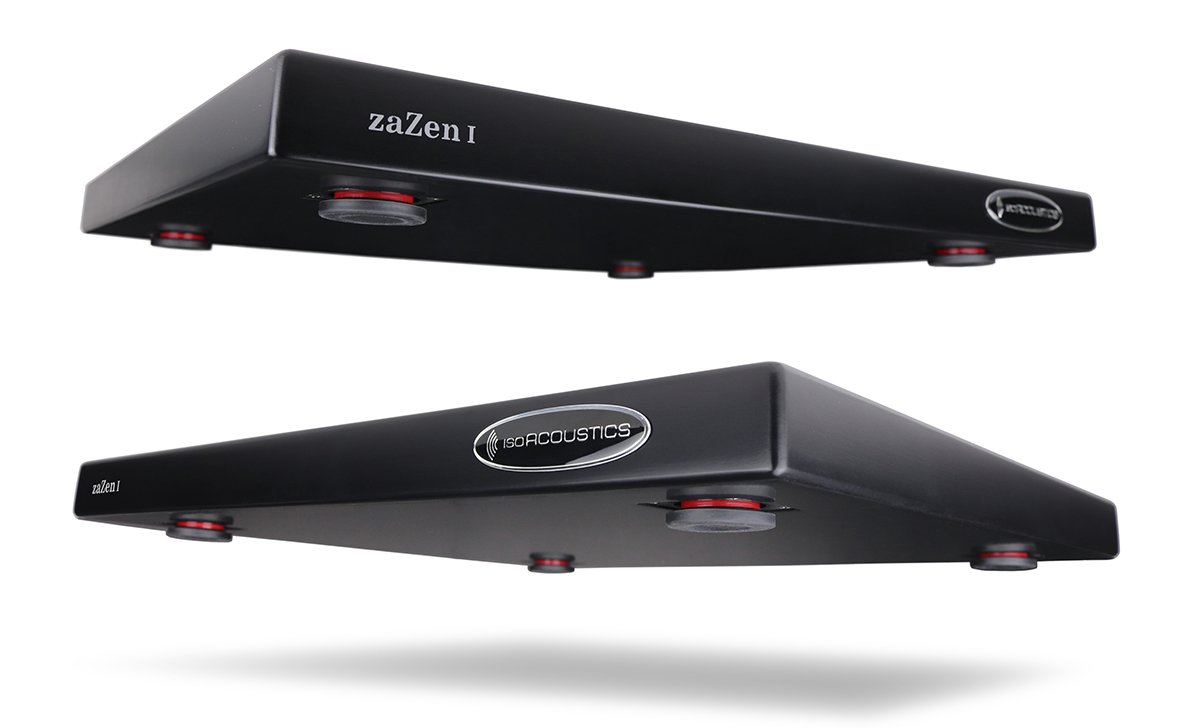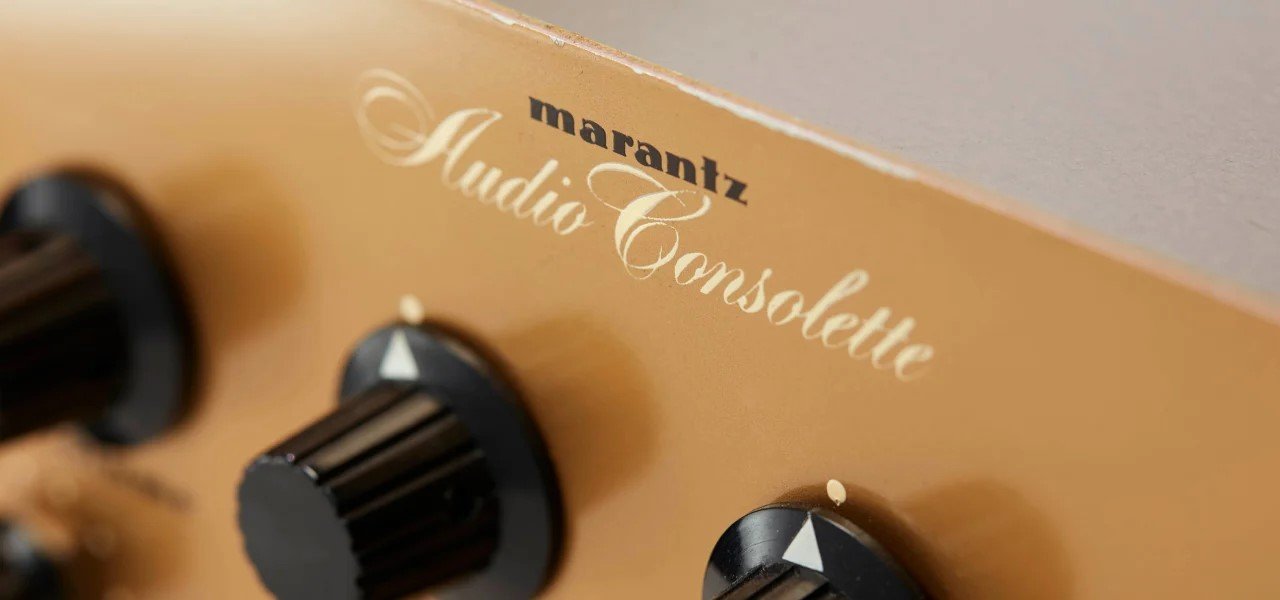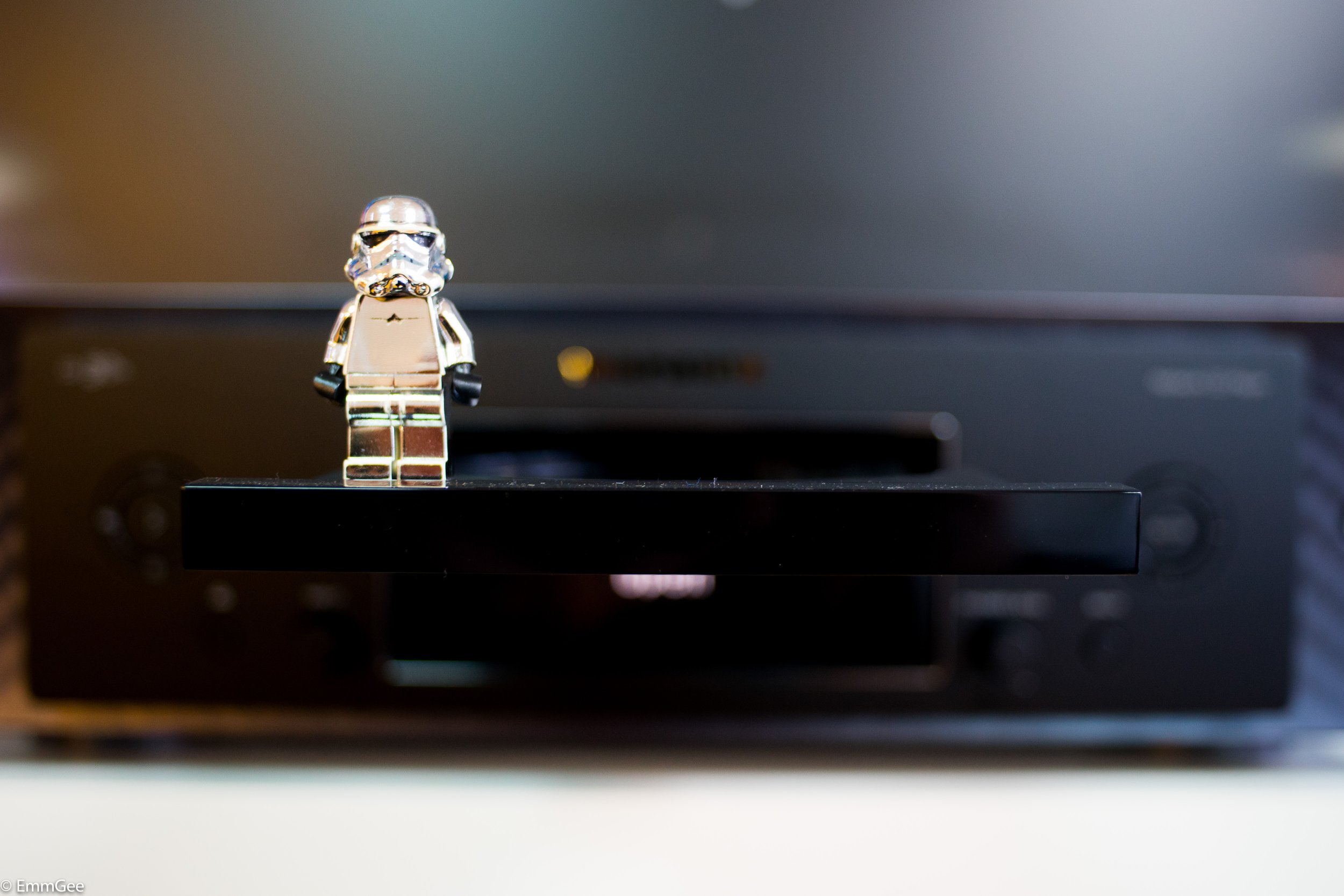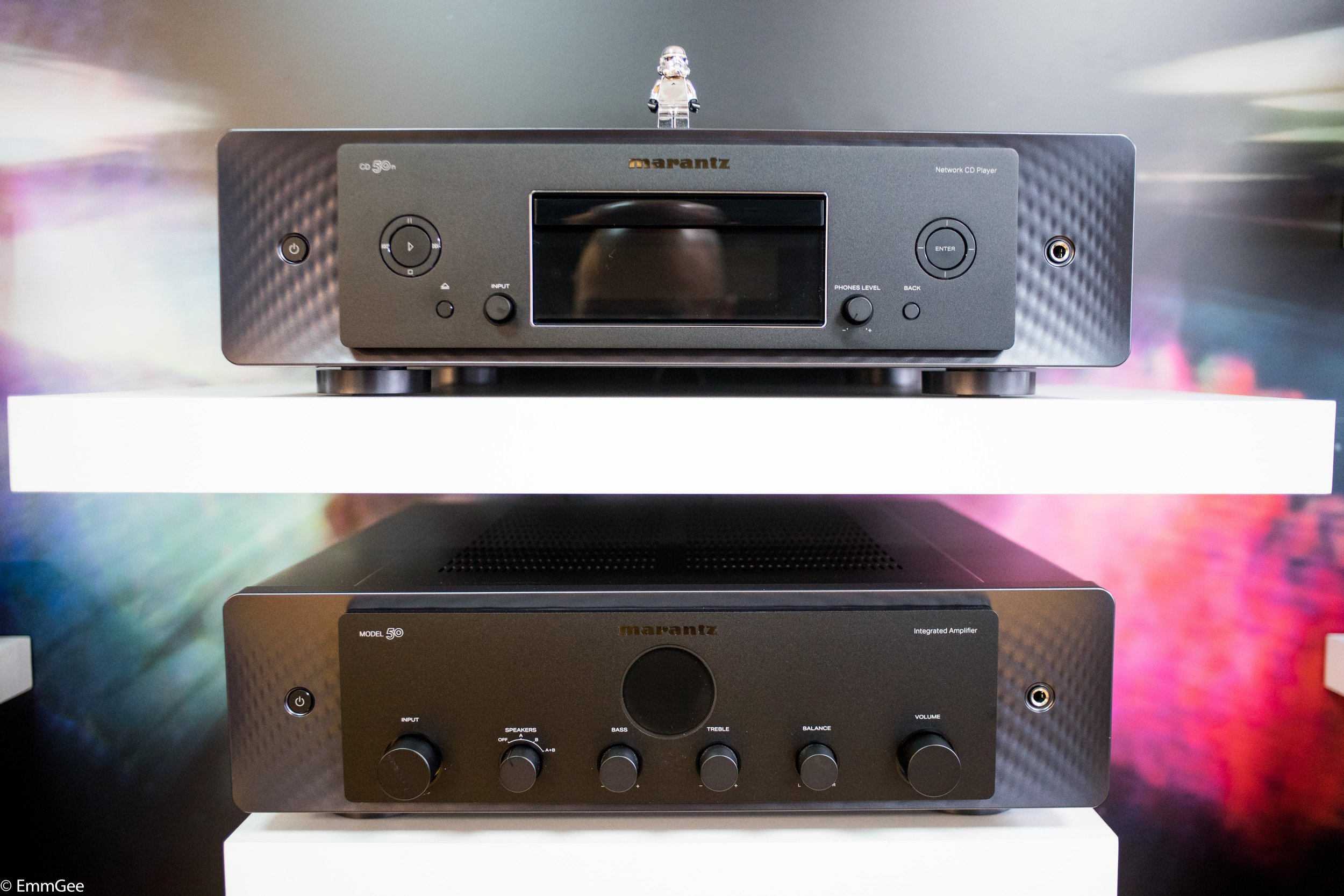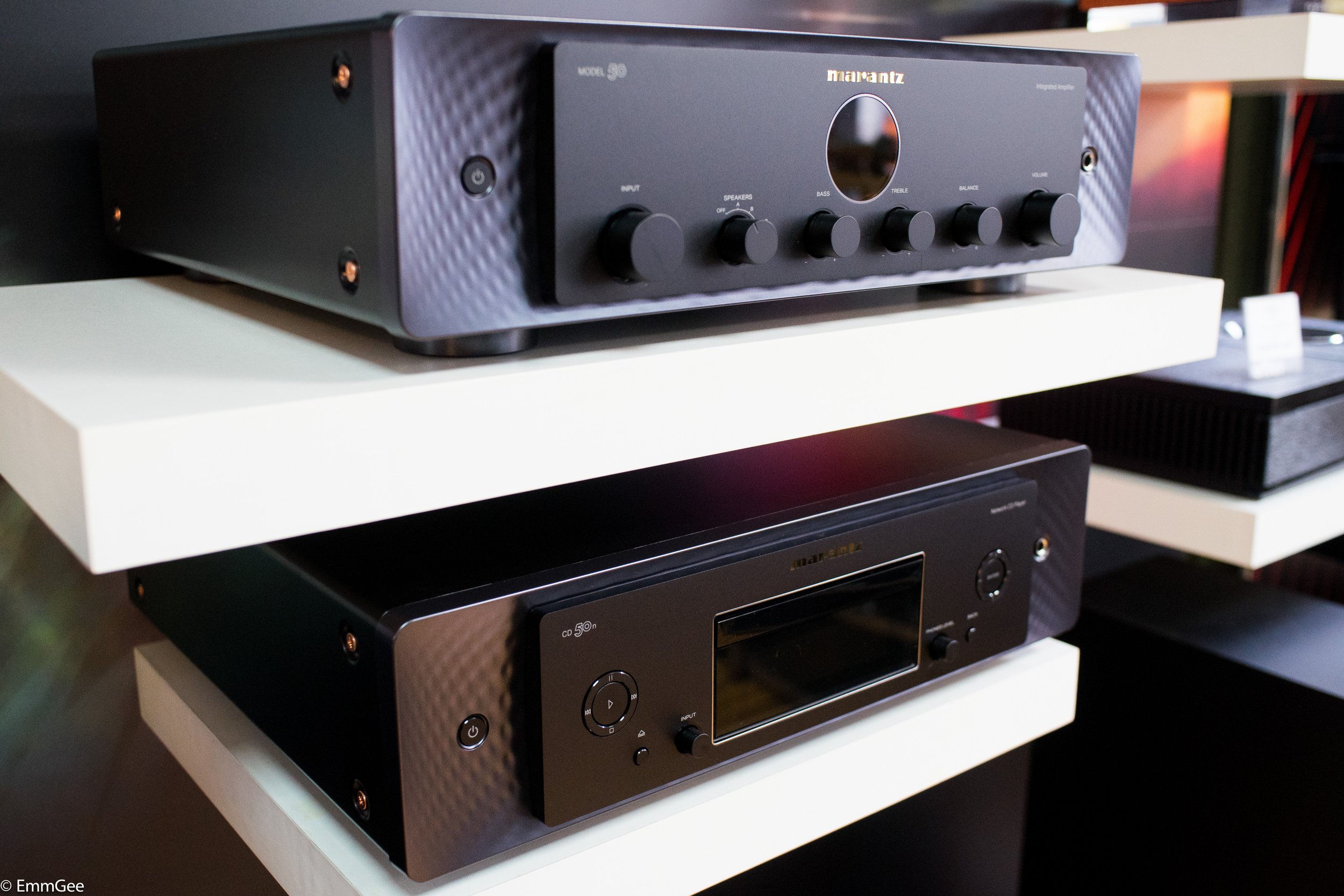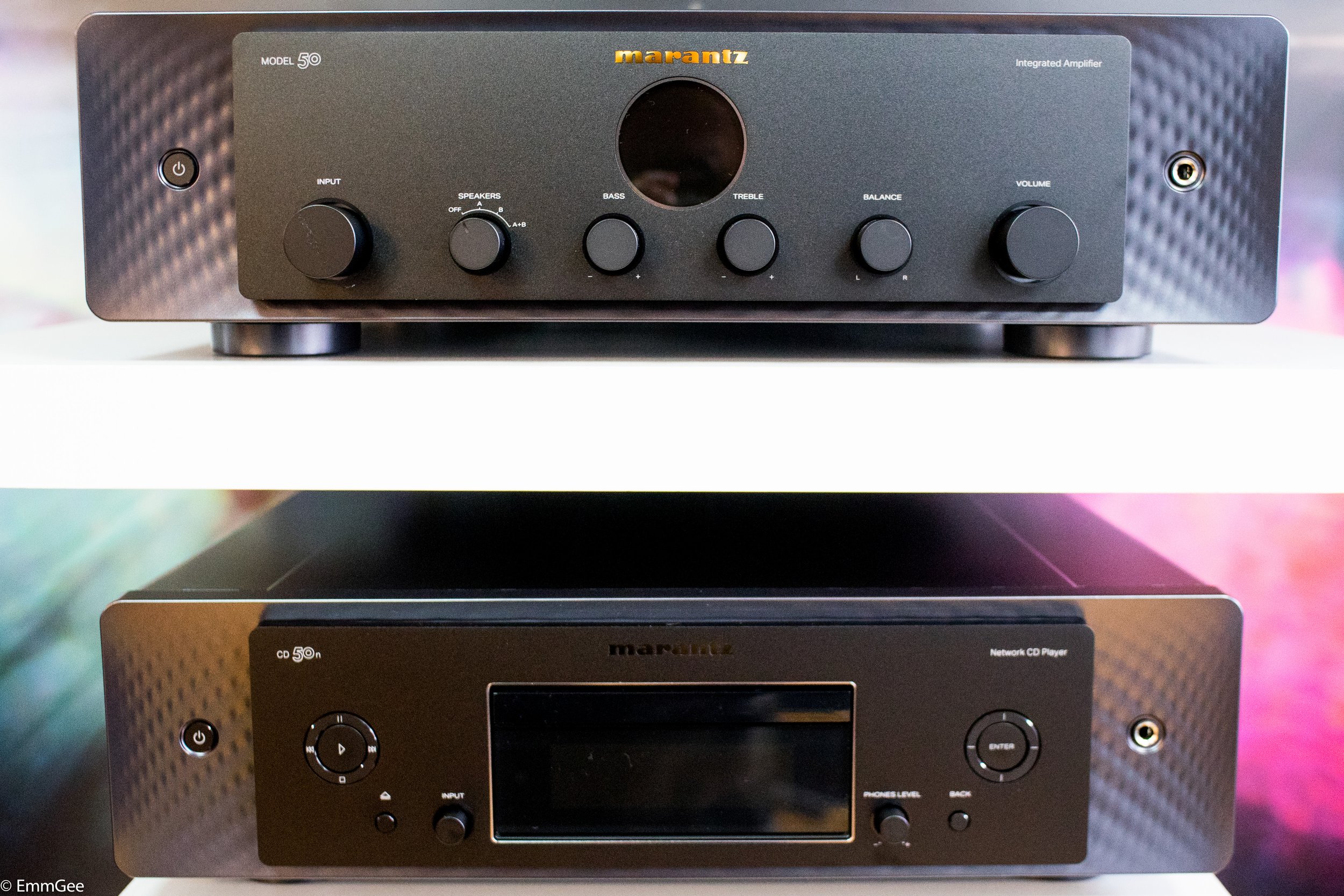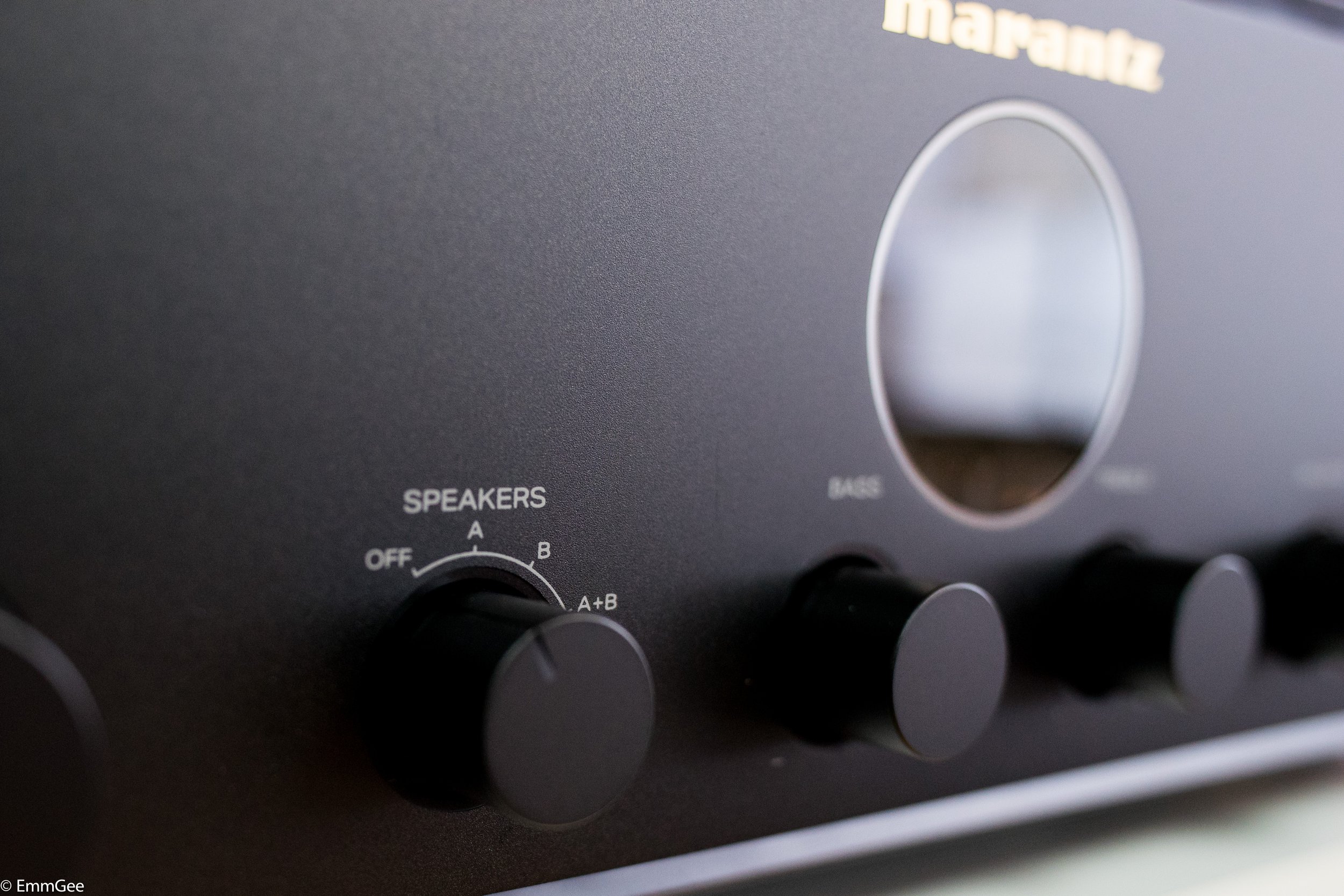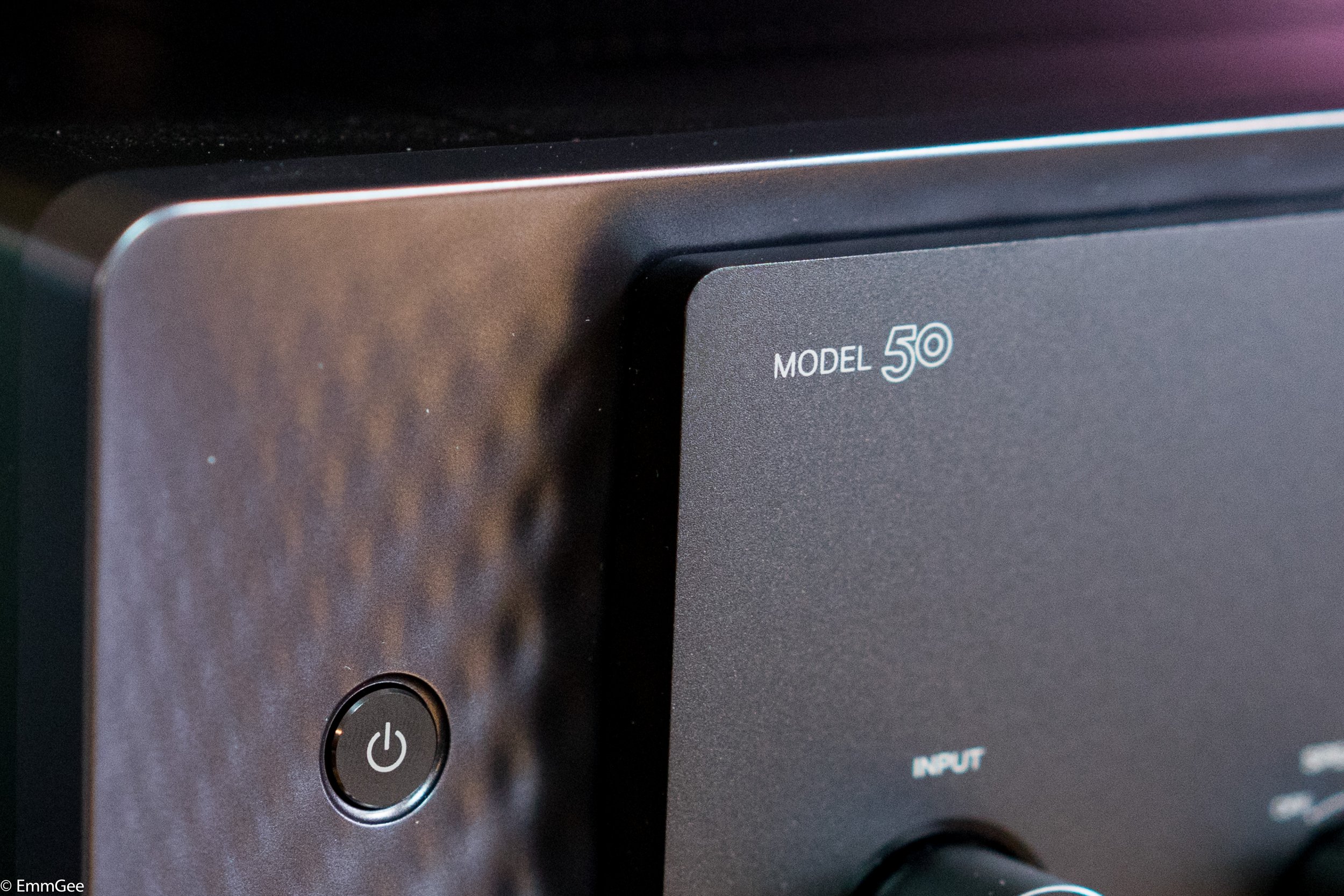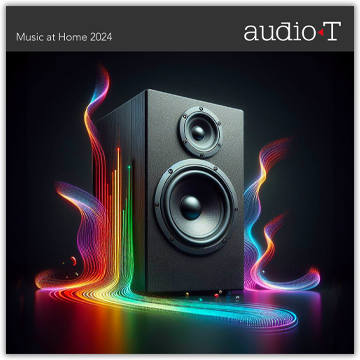Cheltenham and the Acoustic Energy Corinium
/The anticipation regarding the release of the new Acoustic Energy flagship loudspeaker had been reaching fever pitch in the weeks running up to their release earlier in the year. Our pair are now well and truly run-in and sound sooooo lovely, I thought I just had to shout about them a little via our monthly blog…
looking rather gorgeous in British Racing Green
Matt Spandl, who is the resident genius, chief designer and general loudspeaker whisperer at Acoustic Energy has been working on the Corinium project for three years now, squirreled away in his secret laboratory on a converted farm in deepest darkest Tetbury on the edge of the Cotswolds. Helped out in no small fashion by a certain James Luce, who is responsible for the funky design work, the two of them have produced one of the best loudspeakers we have ever heard. And that goes for both looks and sound!
Blue meanie digs our demo pair of coriniums
this colour is called Tectona…that’s posh speak for teak!
Why the name “Corinium”? Well, Cirencester (in the beautiful English Cotswolds) was hometown to Acoustic Energy for more than 25 years and also happened to be an important outpost in Roman Britain. In fact it was the most important town outside of London and the Romans named it Corinium Dobunnorum because they knew that at some stage in the future, someone from Cirencester would need a funky name to call their new statement loudspeakers!
Nothing has been left to chance here. Every component, every curve, every position point of the drive units and their precise specification has been painstakingly researched and refined over three years and the result is the best Acoustic Energy speaker that I have ever heard, and that includes the legendary AE1 from back in the eighties.
Build quality is reassuringly rock solid and included are super stable spiked bases designed to dump cabinet vibrations out of the speaker (where it would adversely affect the drive units) and into the floor.
super stable spiked bases
Speaker cable connections are provided via a a single pair of binding posts/banana terminals. Acoustic Energy believe it’s possible to obtain optimum results using a single pair of high quality speaker cables rather than two pairs of lower quality cables… And it avoids the unreliability of bridging links.
super chunky speaker sockets/binding posts
this colour is called black
Matt and James’ aim was to make the high end more affordable and boy have they delivered on that. Now that our demonstration pair are nicely run in (and that does make a difference) they are proving to be a proper jaw dropper. On the end of a suitably capable amplifier the Coriniums could well just be the perfect loudspeaker.
I have recently been streaming the Hi-Res 24 bit 96kHz ECM Records playlist on Qobuz with which the Coriniums have been making wonderous noises. With music such as this it is often not so much a case of the actual performance as the space around it, within which the individual musicians react to and bounce off each other. I think that music that is recorded this well finds its perfect match with the Coriniums.
and a white pair
Amongst all the beautiful ECM music that Qubuz was streaming at me these two sounded particularly lovely. Firstly Gesualdo by Erkki-Sven Tuur and Brett Dean.
And then the even more lovely Silent Light by Dominic Miller.
Through the Coriniums I was experiencing a level of detail, sound staging and bass depth that is as good as many bigger and more expensive loudspeakers. They have the ability to wring out the power, the emotion and the scale of whatever music they play.
Acoustic Energy have been making some of the world’s best loudspeakers since 1987 and these are definitely their best to date! They must be very proud of themselves.
Never before from a cabinet of this size have I heard a stereo image so wide, so deep and so high that you feel you can reach out and touch the performers. Looking at my notes from the listening session the word “real” was written large and in capitals across the middle of the page.
dID I MENTION THE BRITISH RACING GREEN PAIR
If you would like to know why these new speaker stars are kicking up a bit of a fuss in the hi-fi world there is a rather good and in depth Q&A about the development of the Coriniums with Matt Spandl on the Acoustic Energy website so pay it a visit here. More importantly perhaps get yourself a demo at one of our Audio T Stores… You will be impressed.
There is an absolute avalanche of great reviews for the Coriniums and the accolades are coming thick and fast…
Many thanks for reading.
Andy, Jon and Farid - Audio T Cheltenham Store.
If you have any questions about any of the equipment featured in this article, or any other Hi-Fi or home cinema enquiries, be sure to Contact Us.
If you’ve enjoyed this, why not go ahead and read some more of our other blogs, and be sure to follow us on our social media channels below…
Acoustic Energy can be found at the following Audio T stores -





















